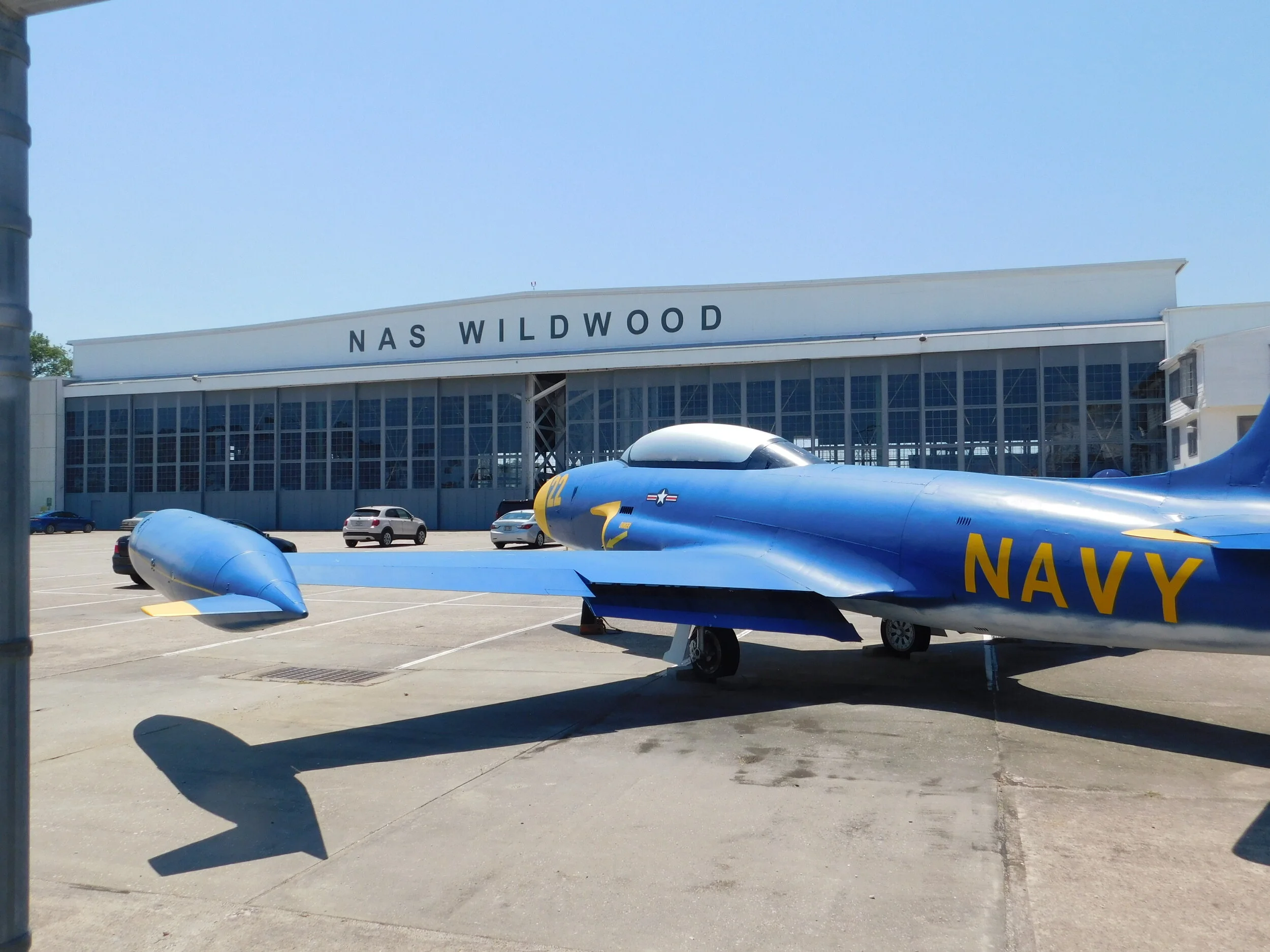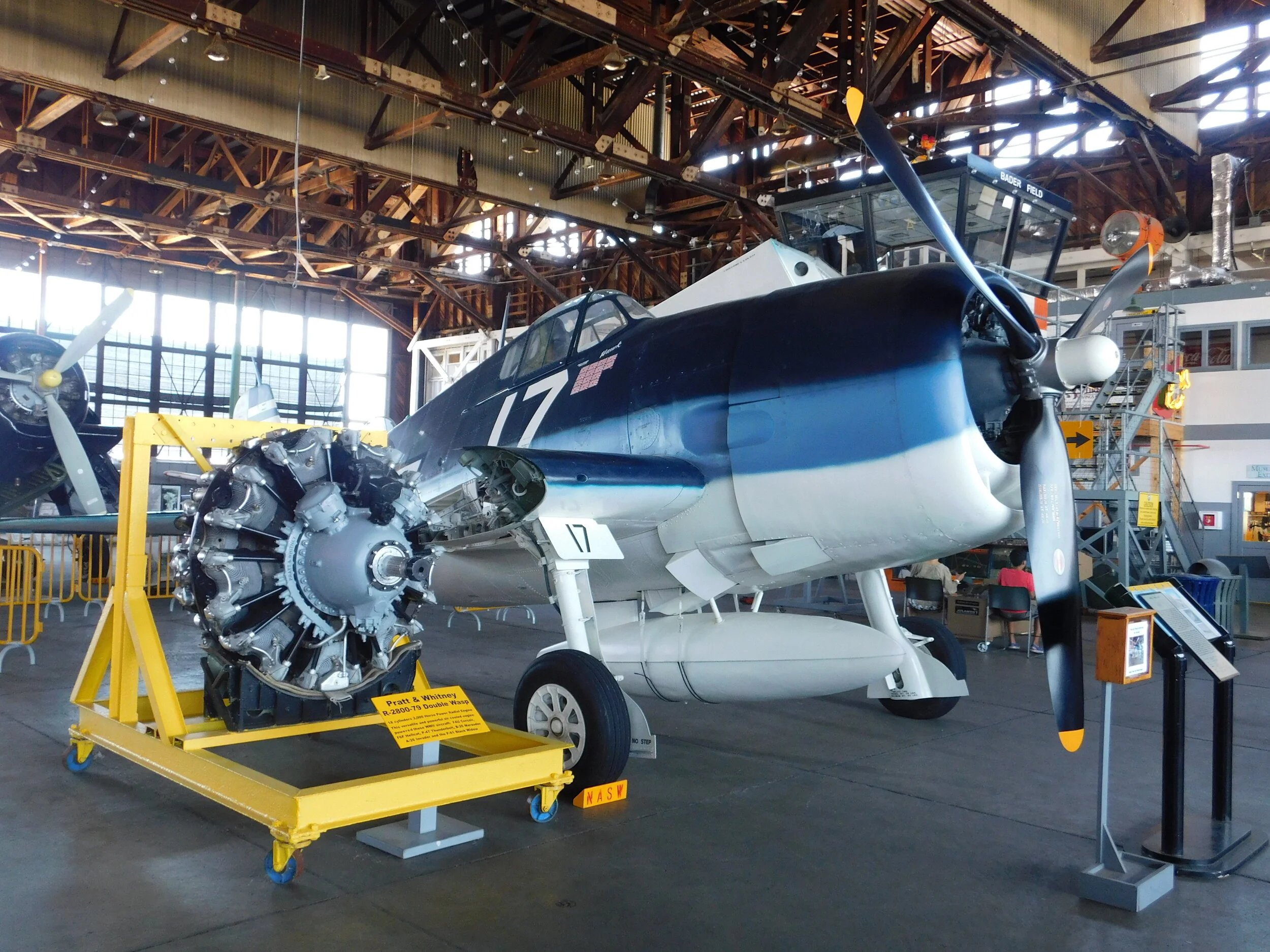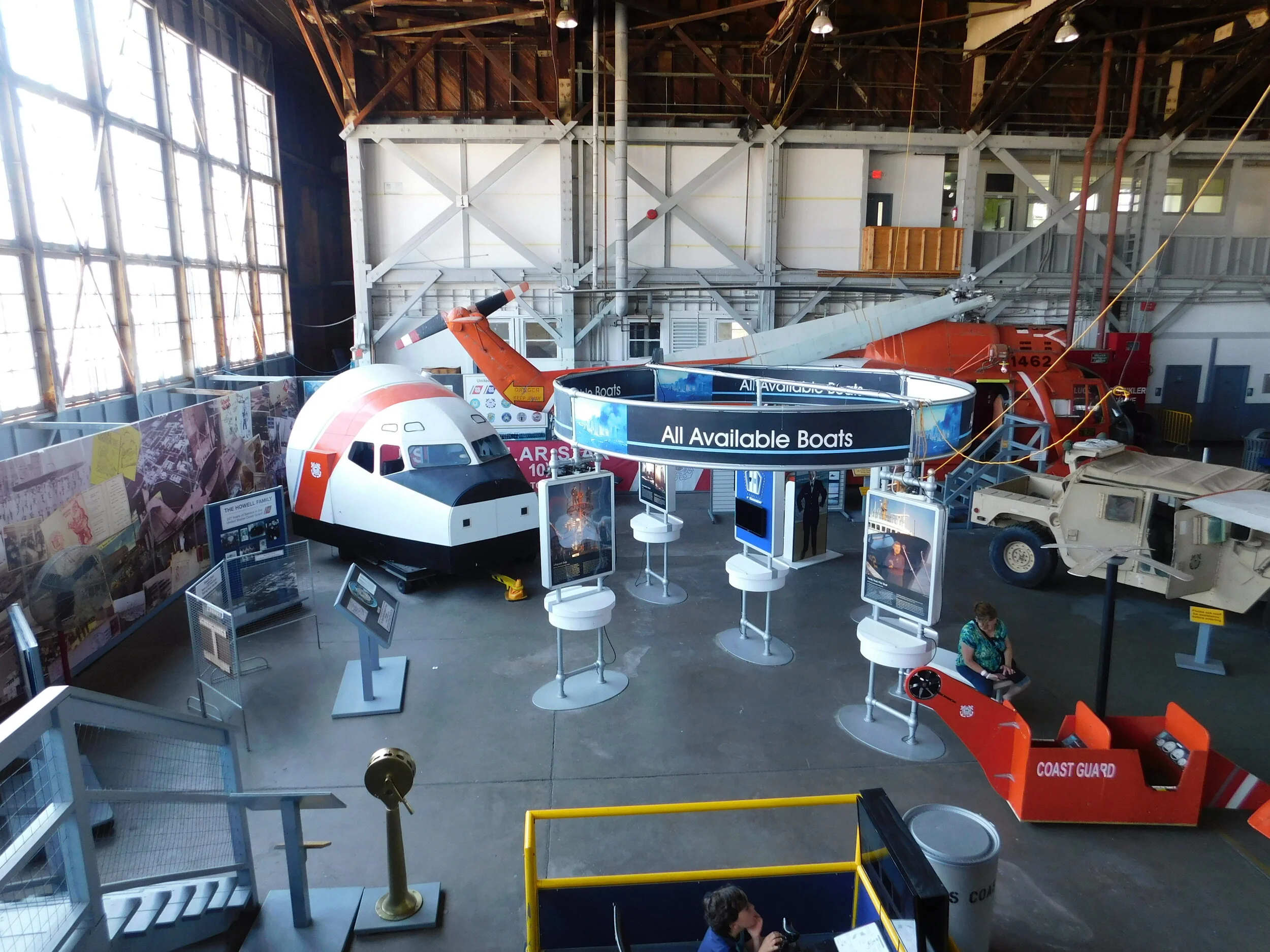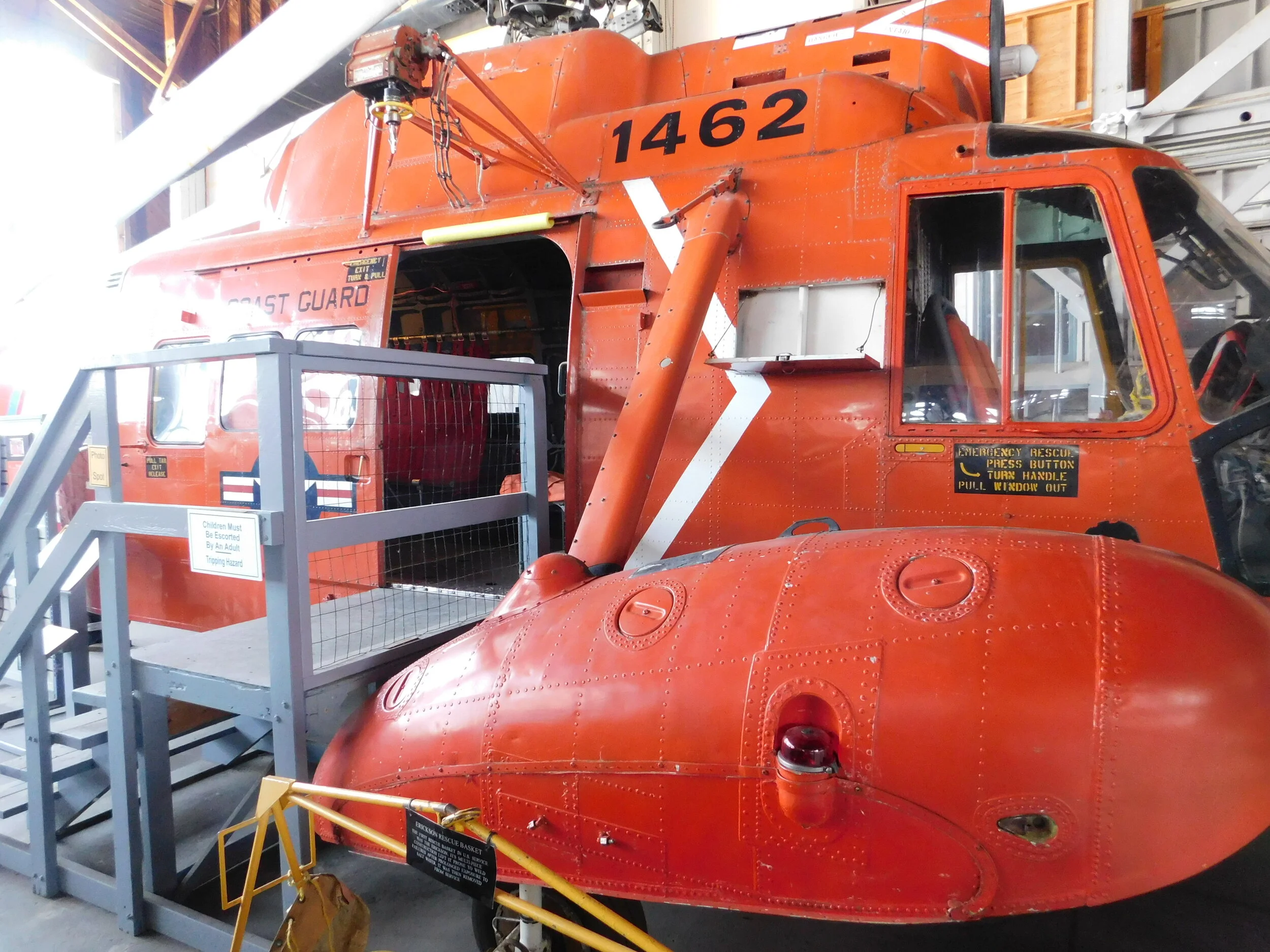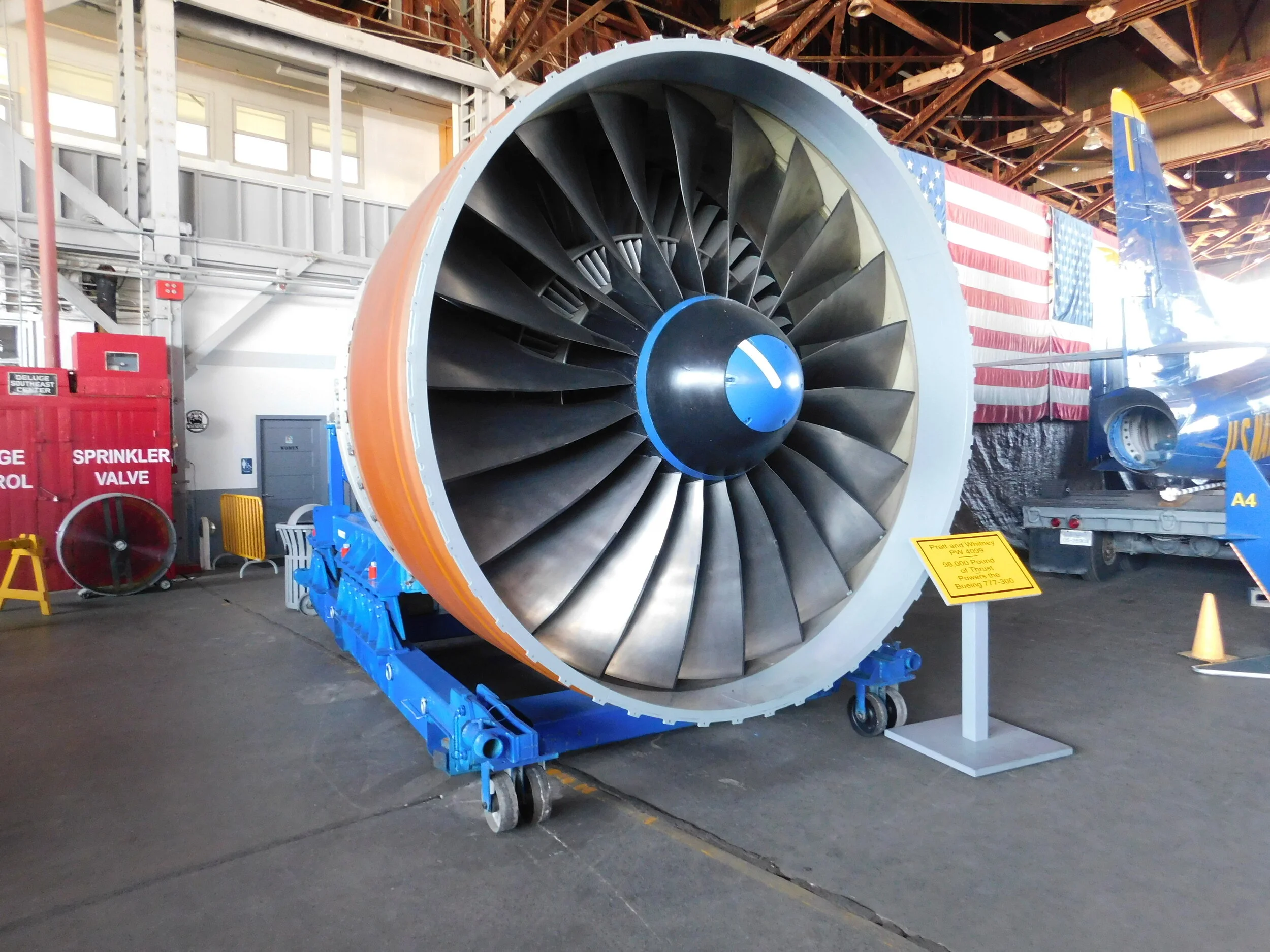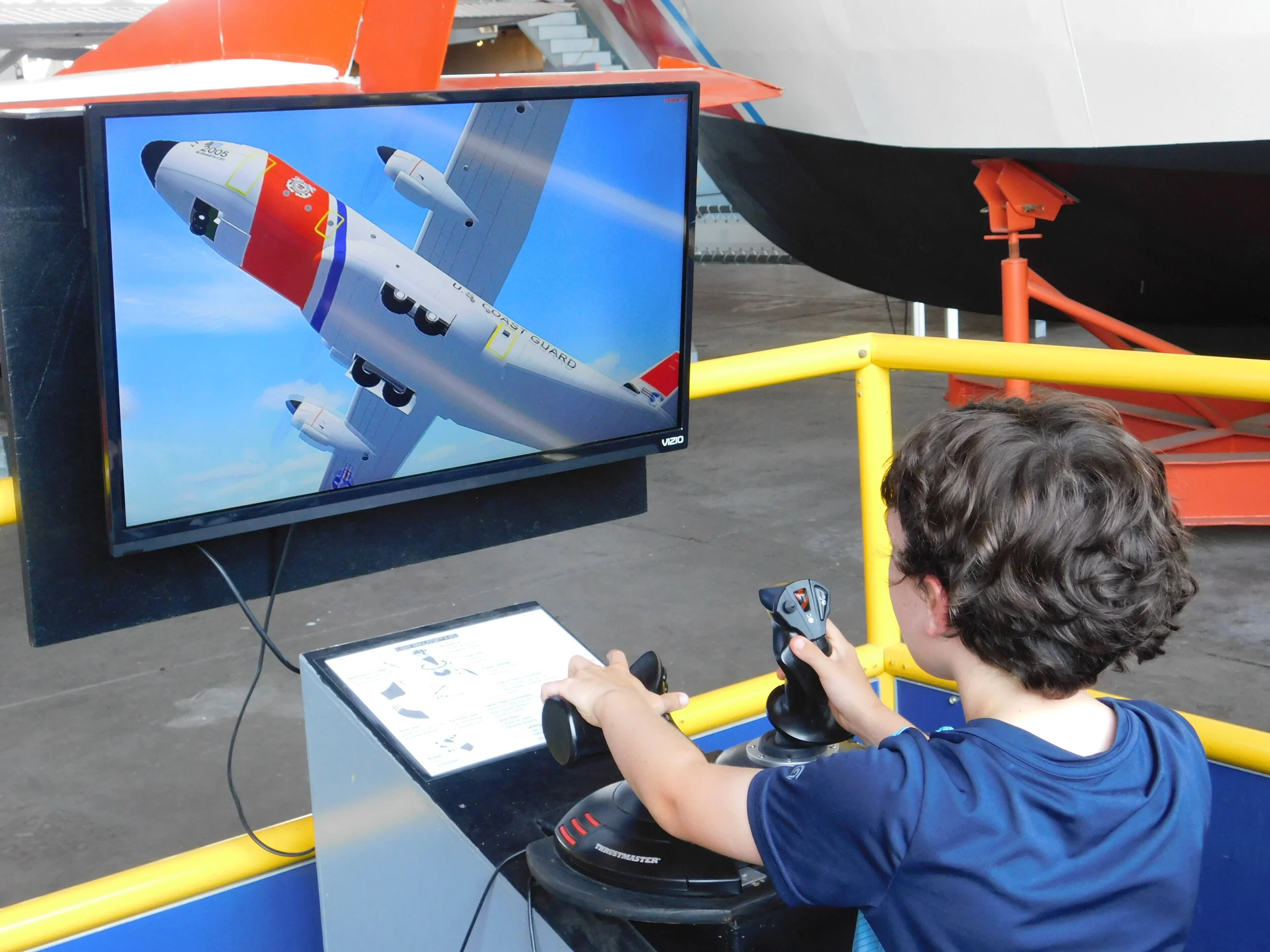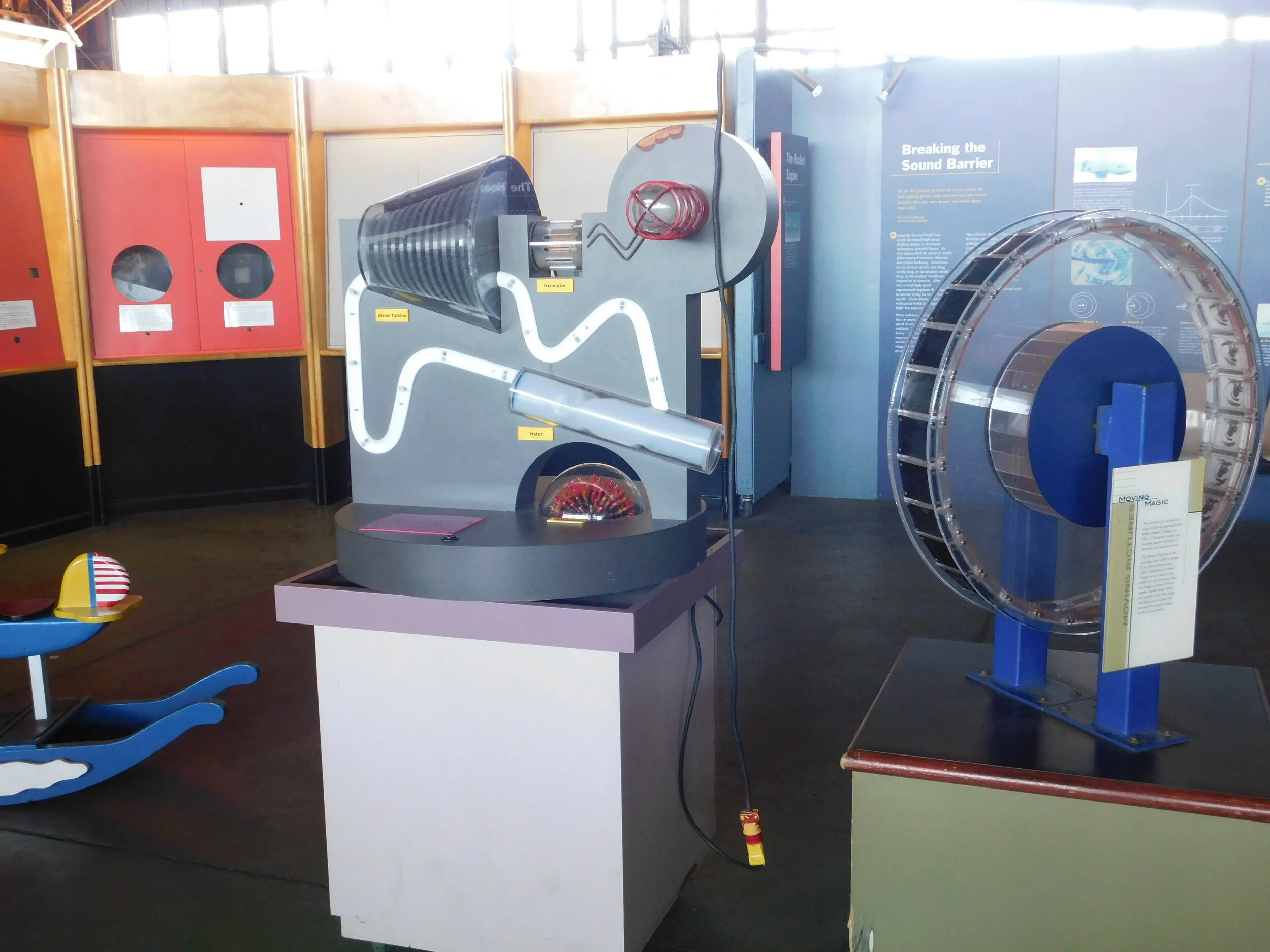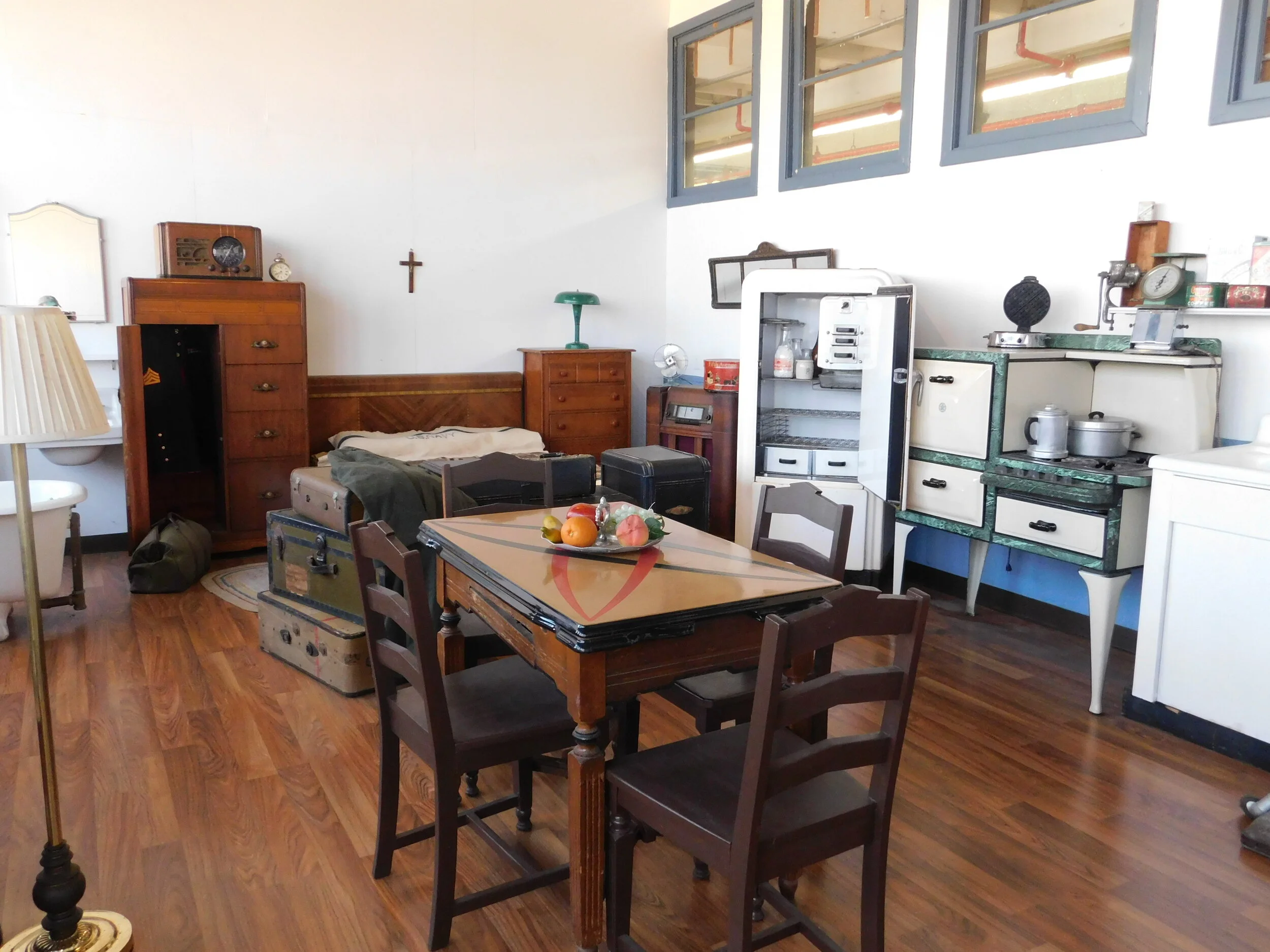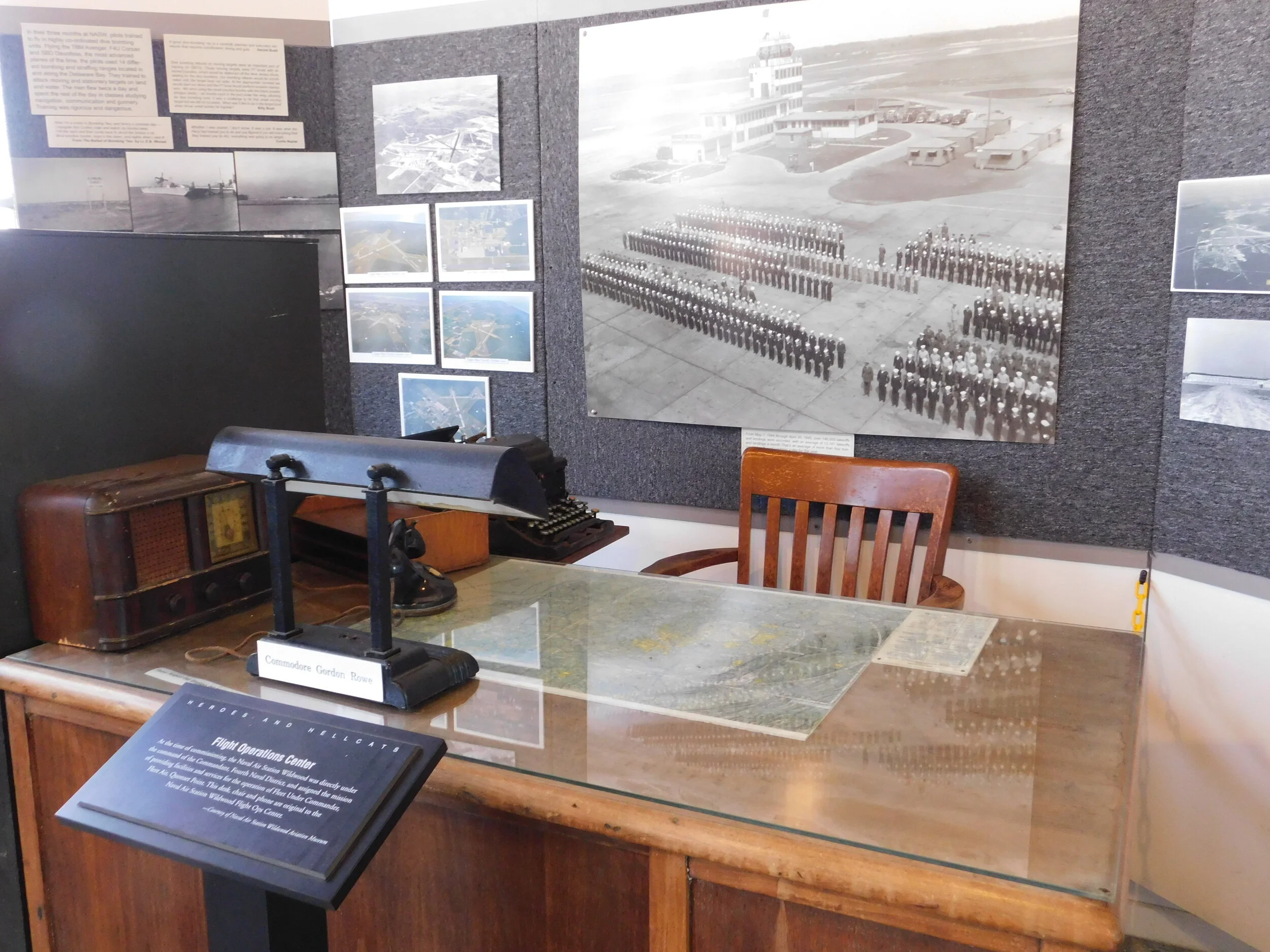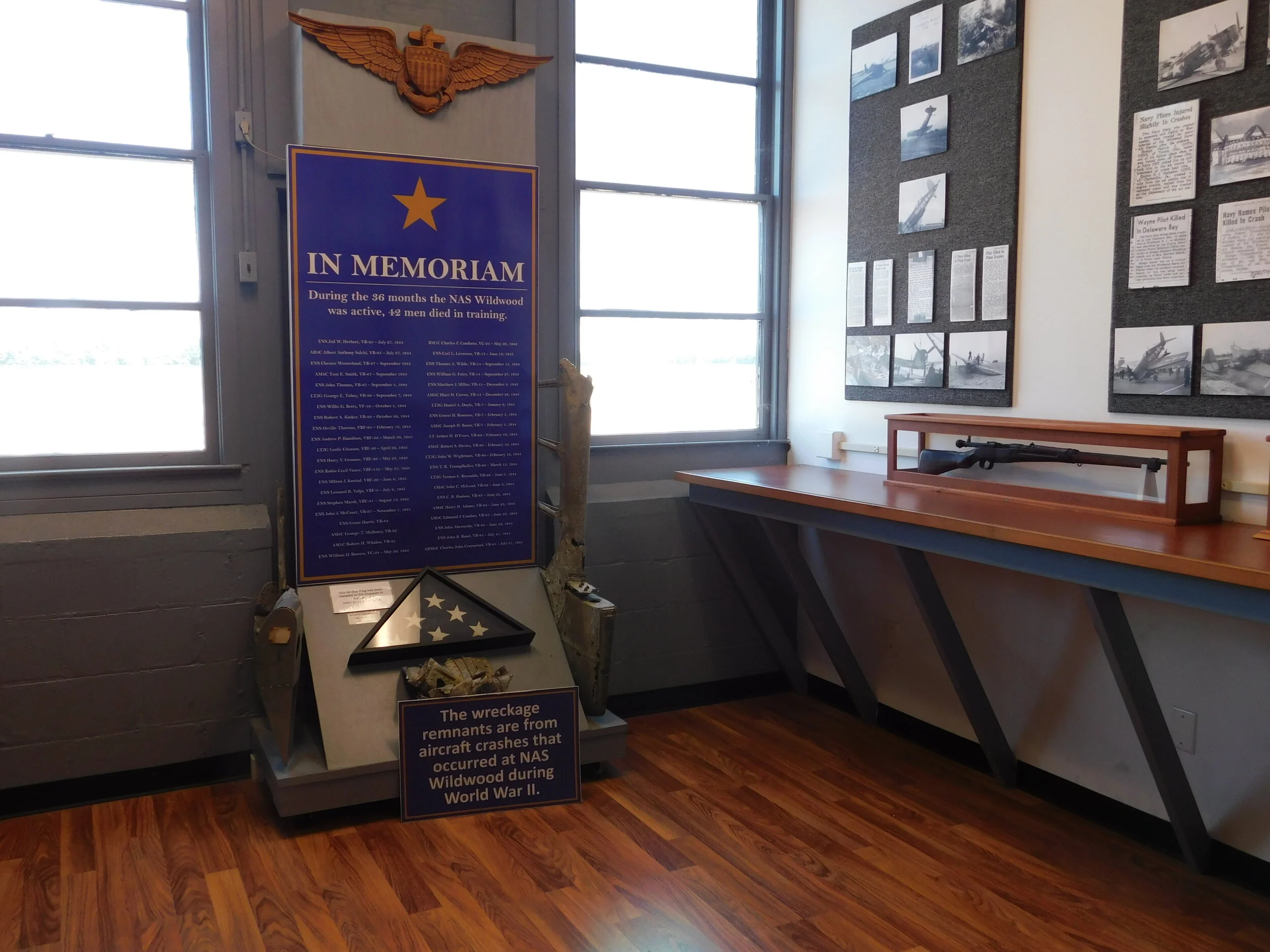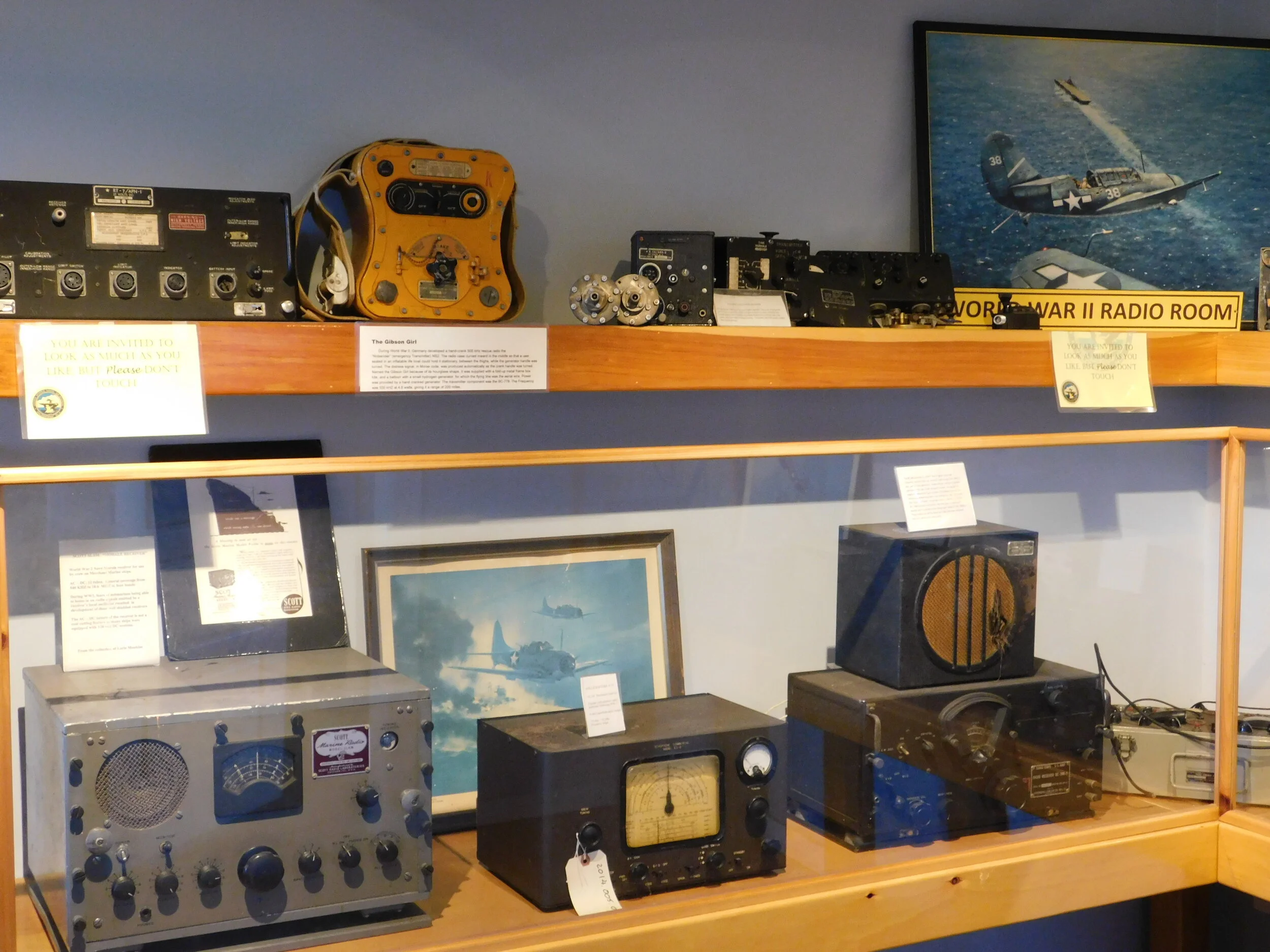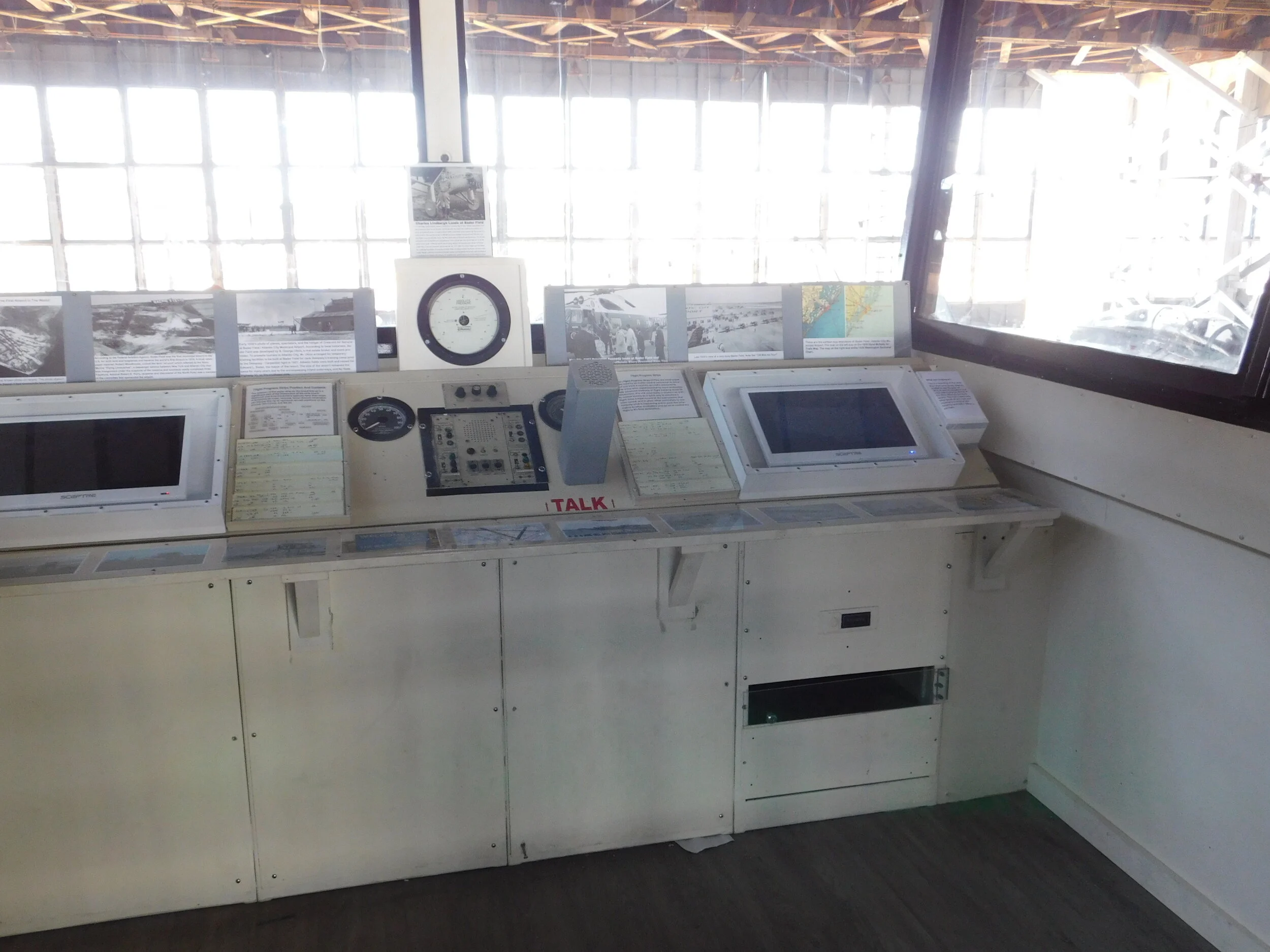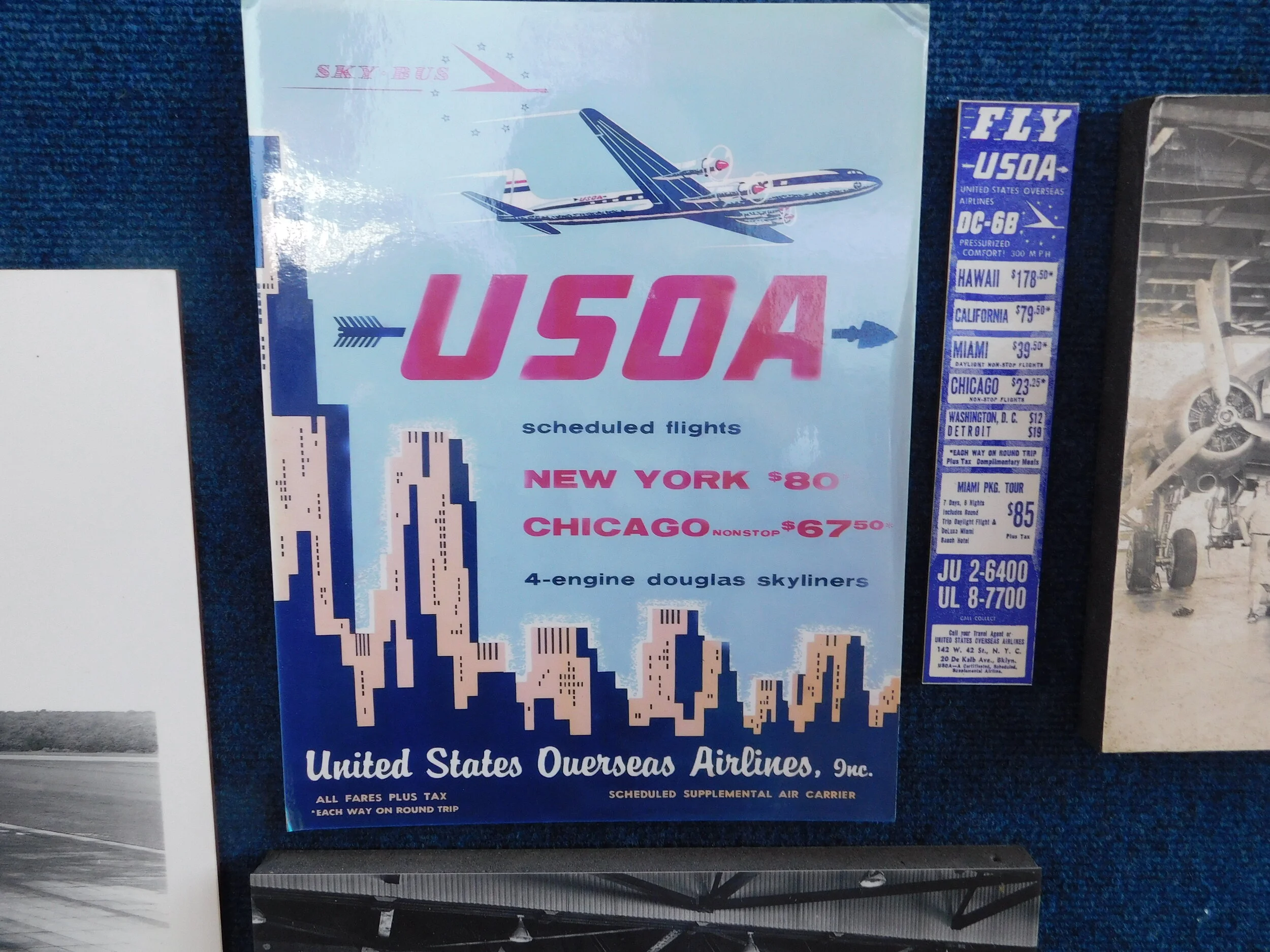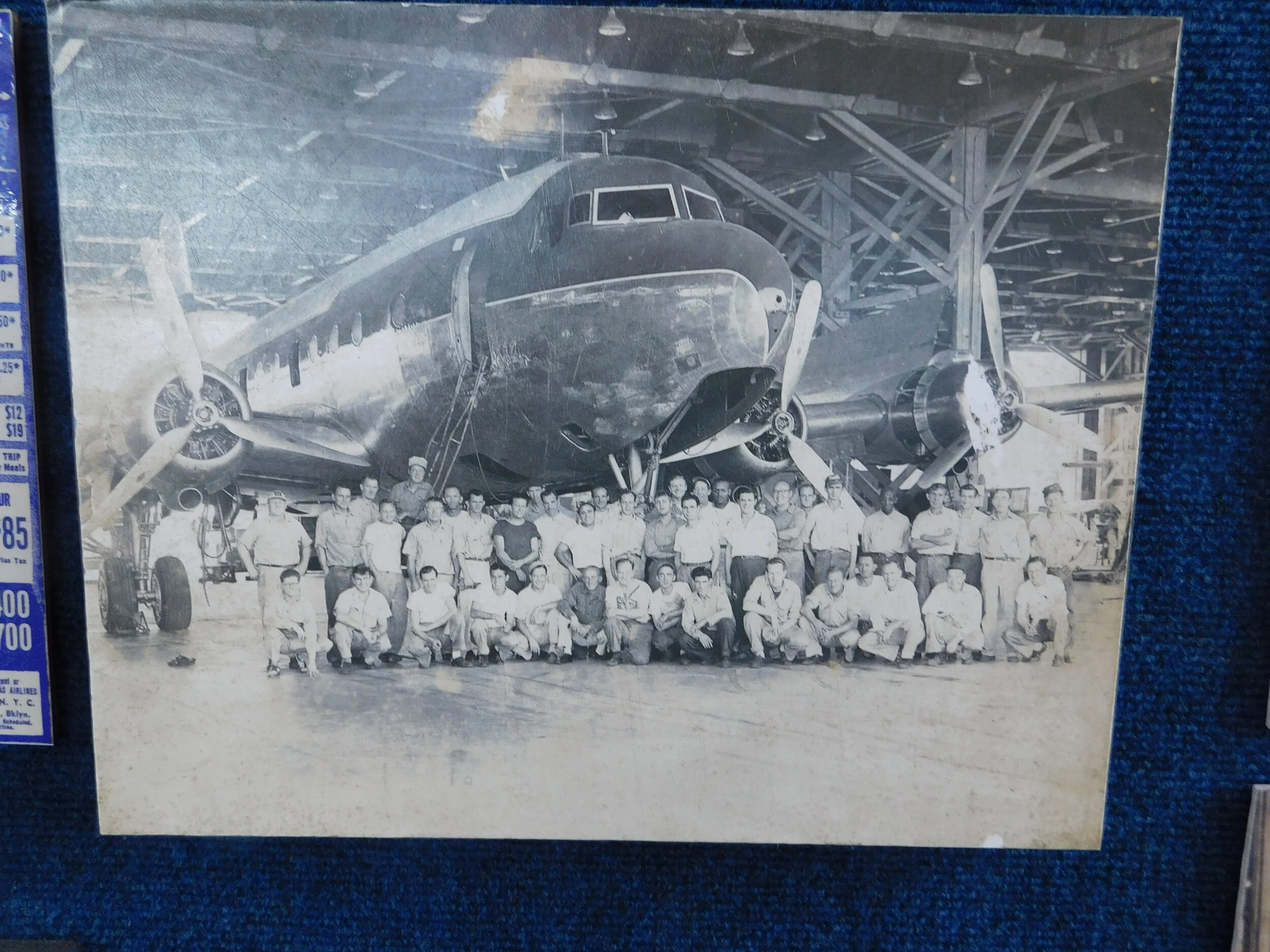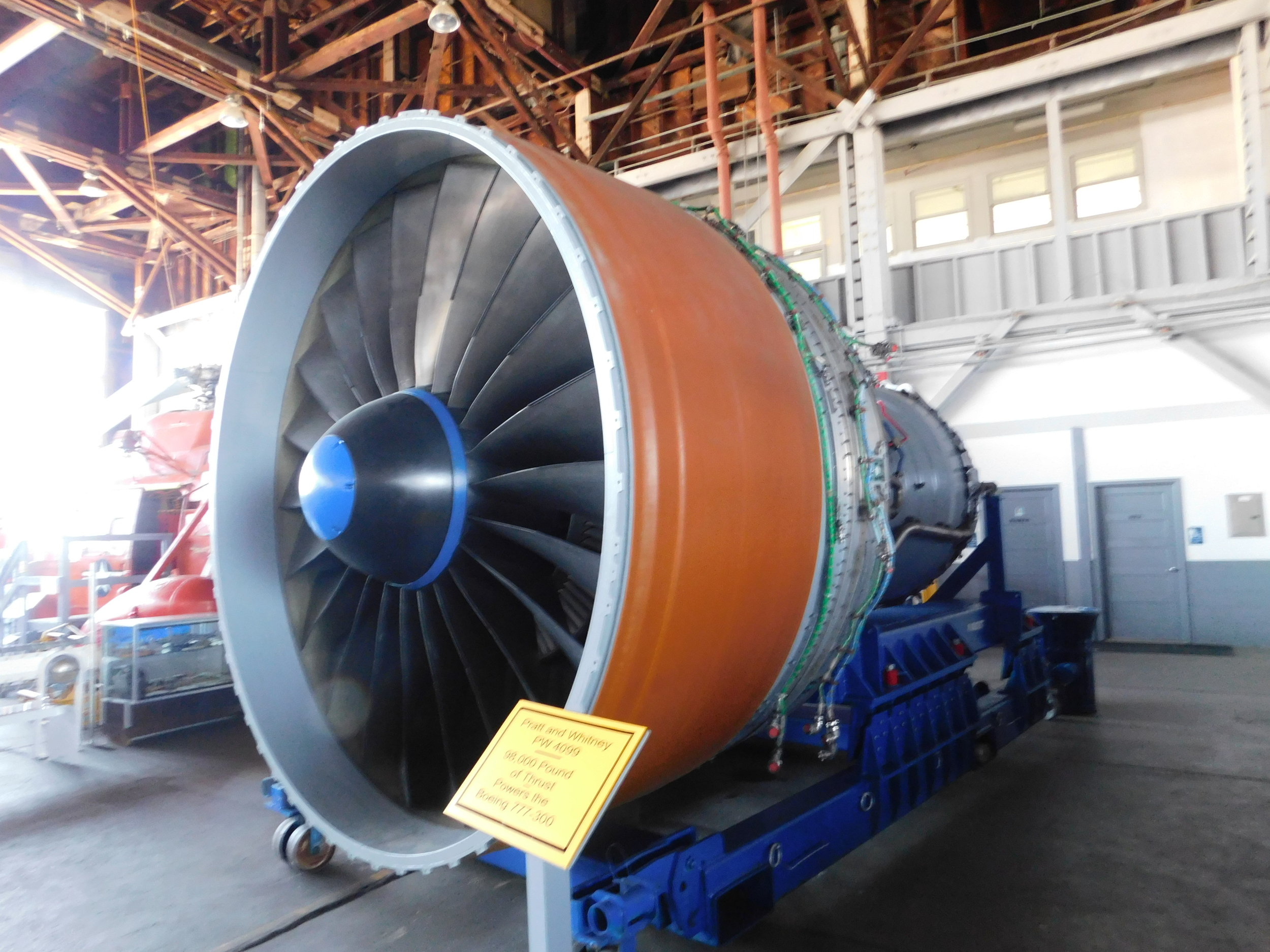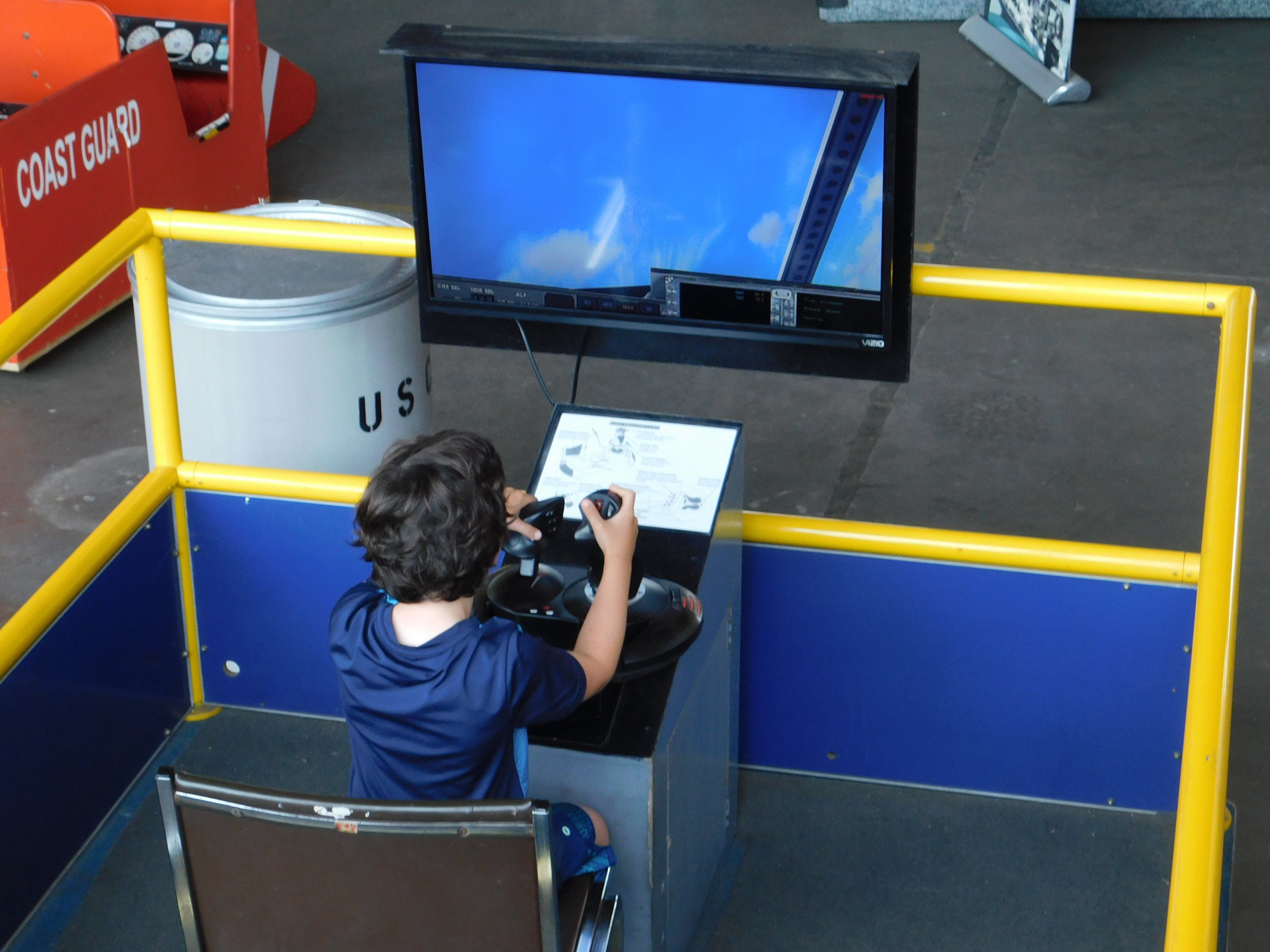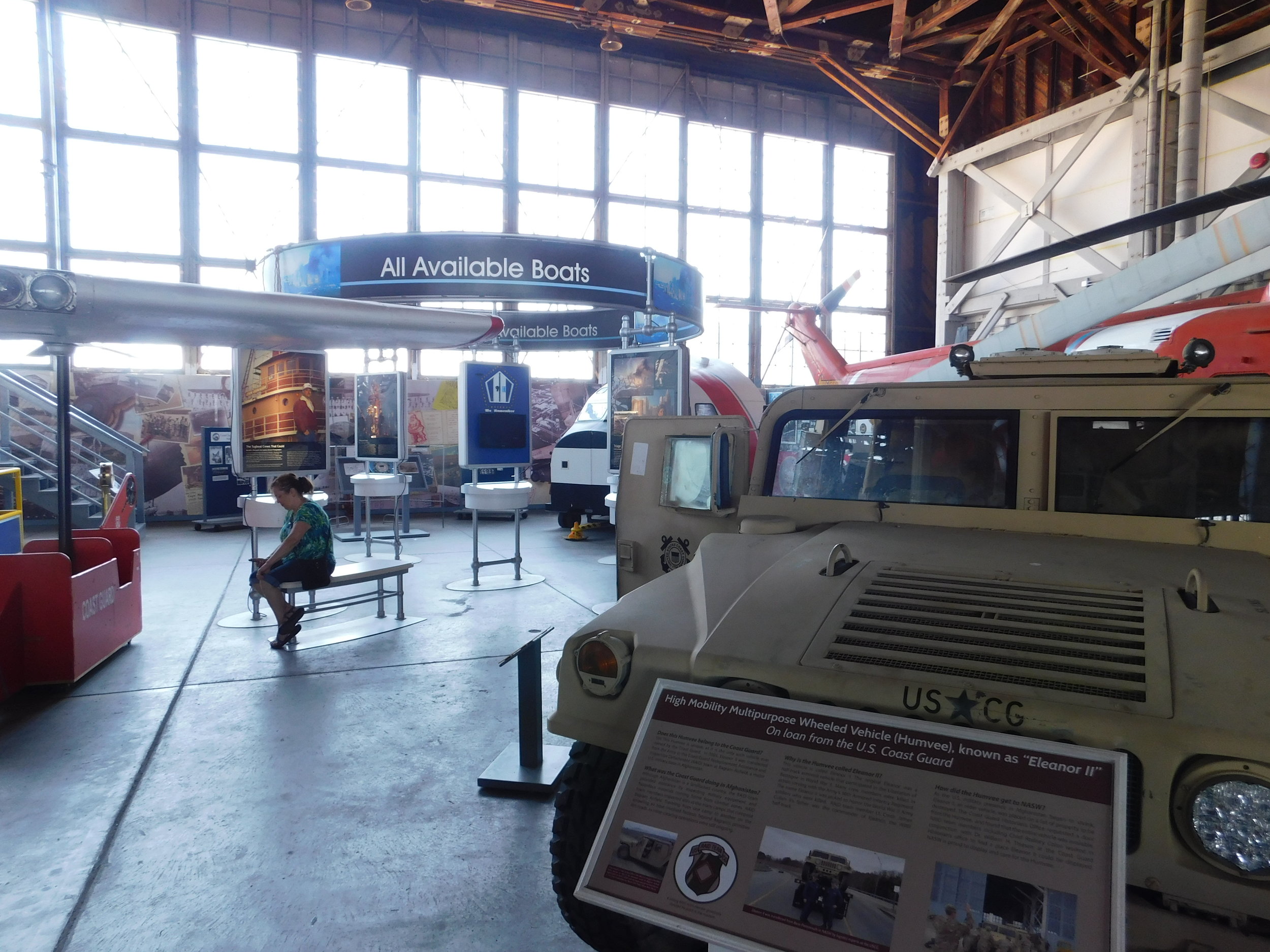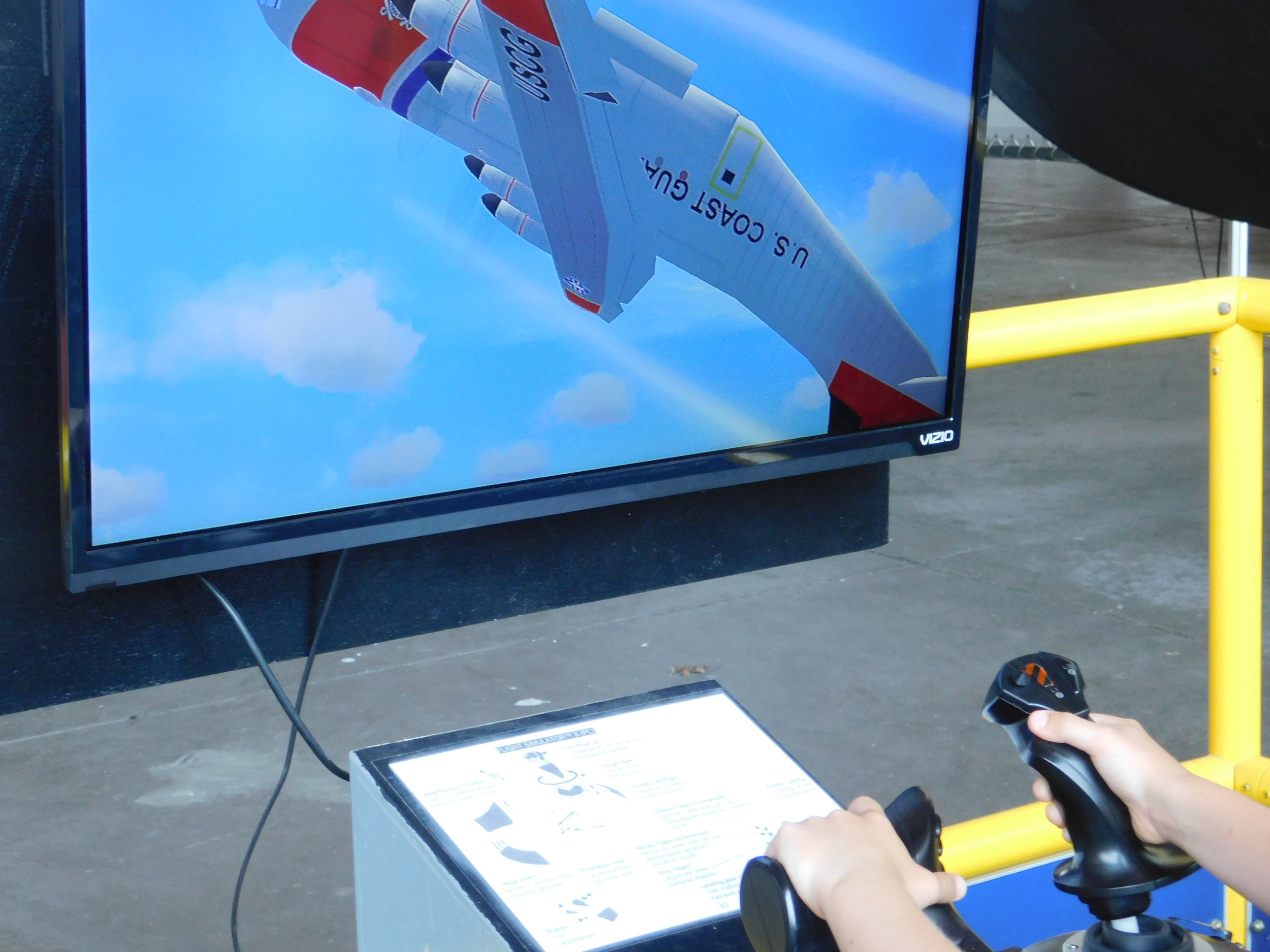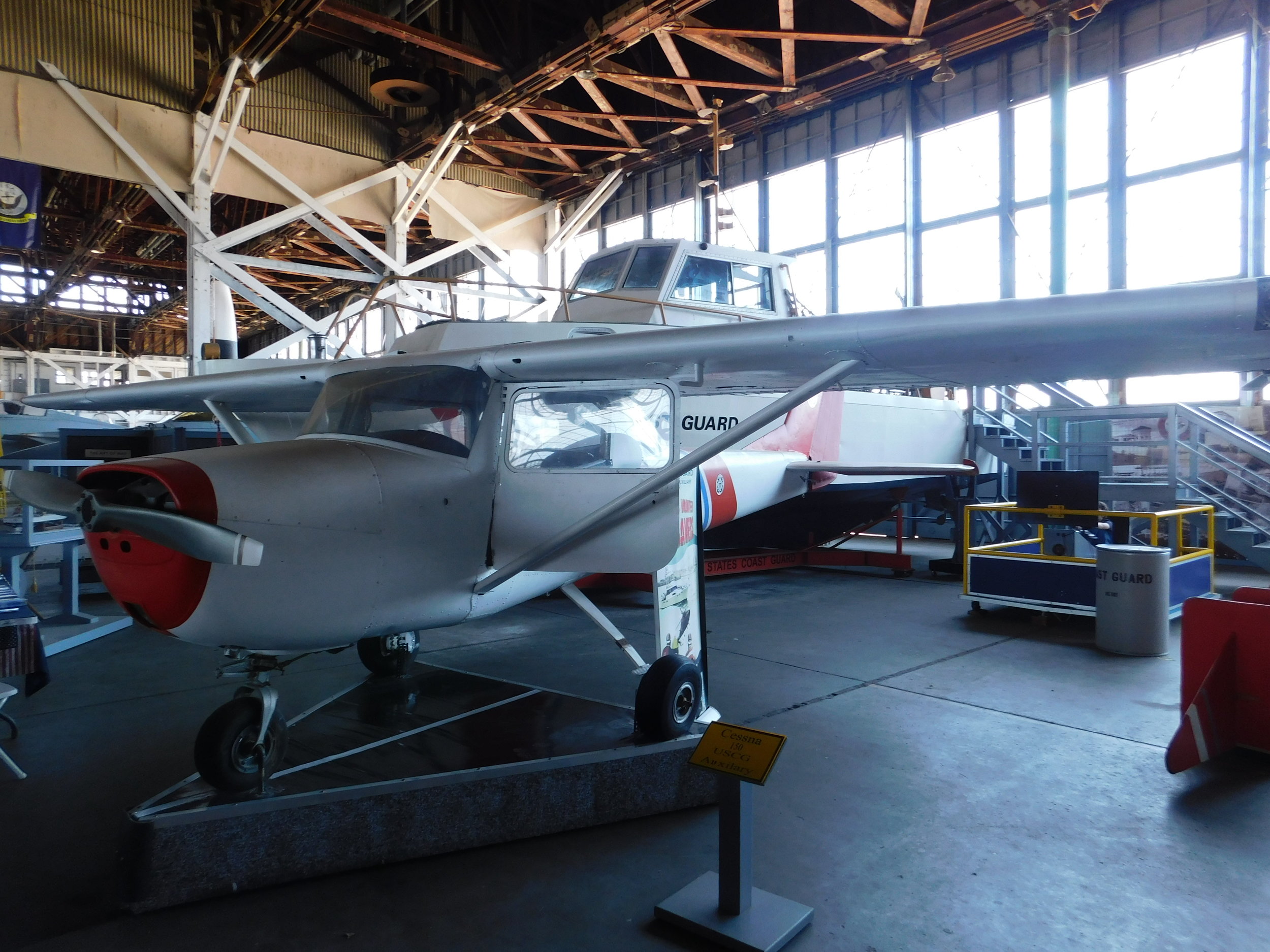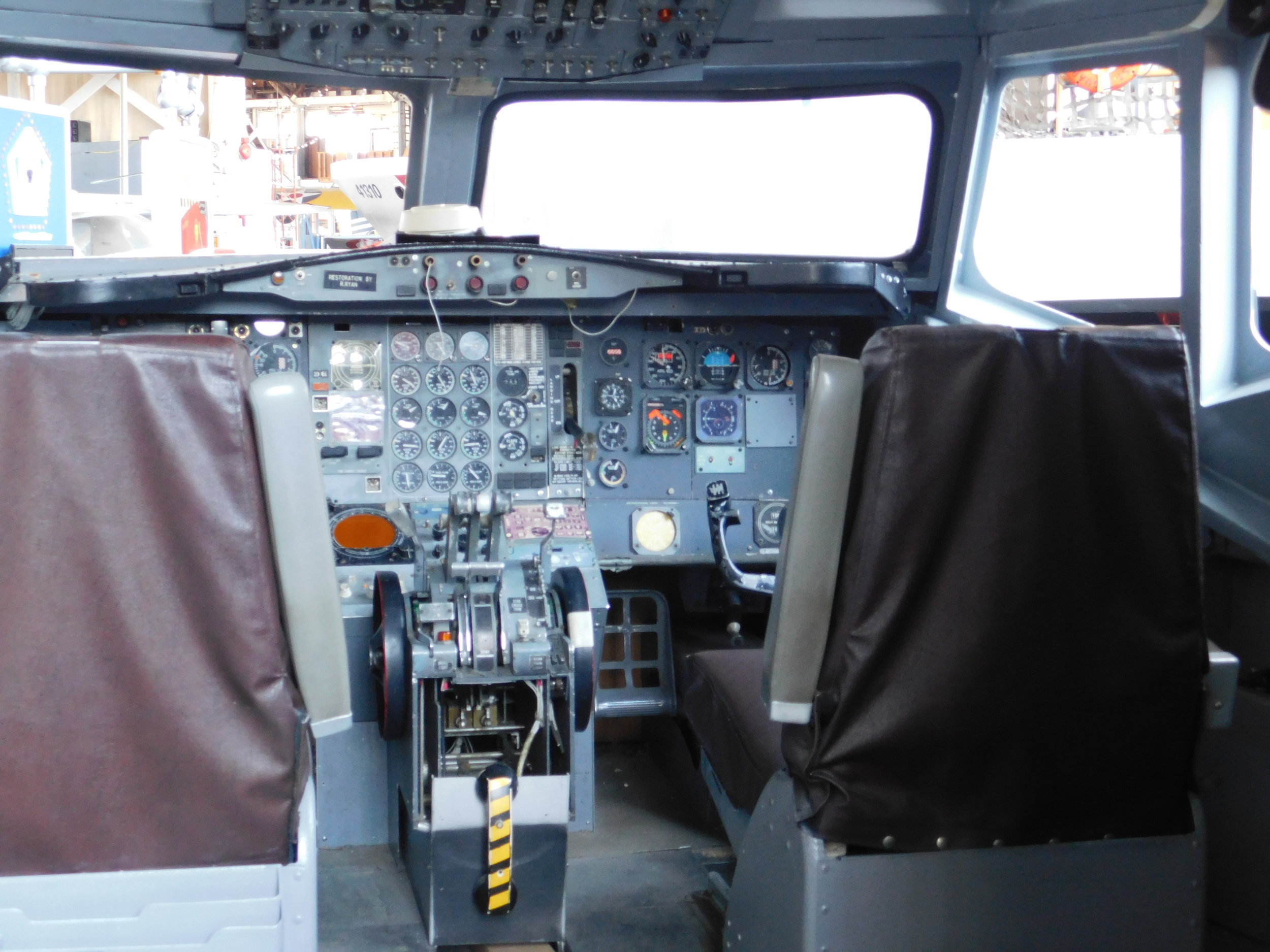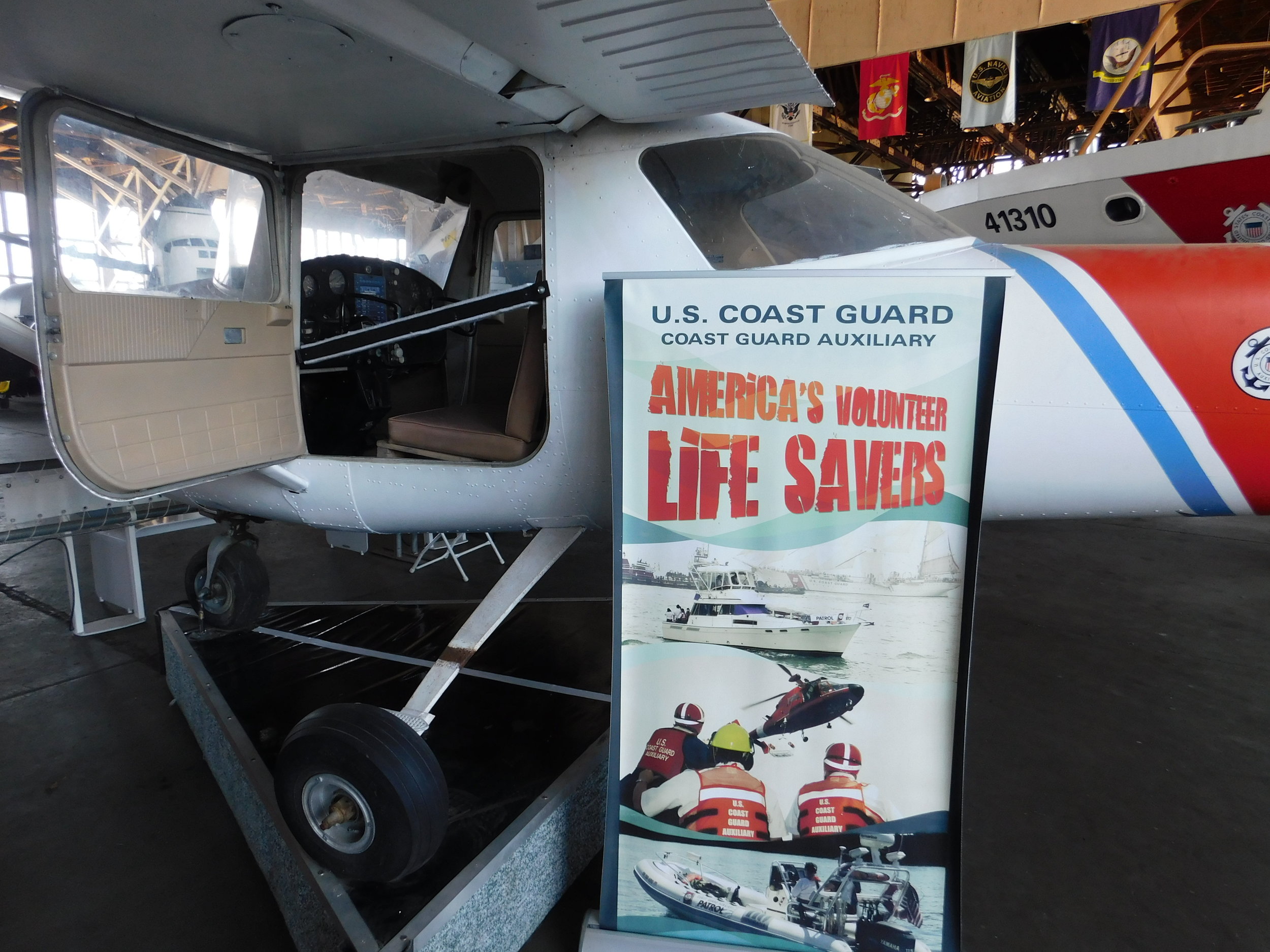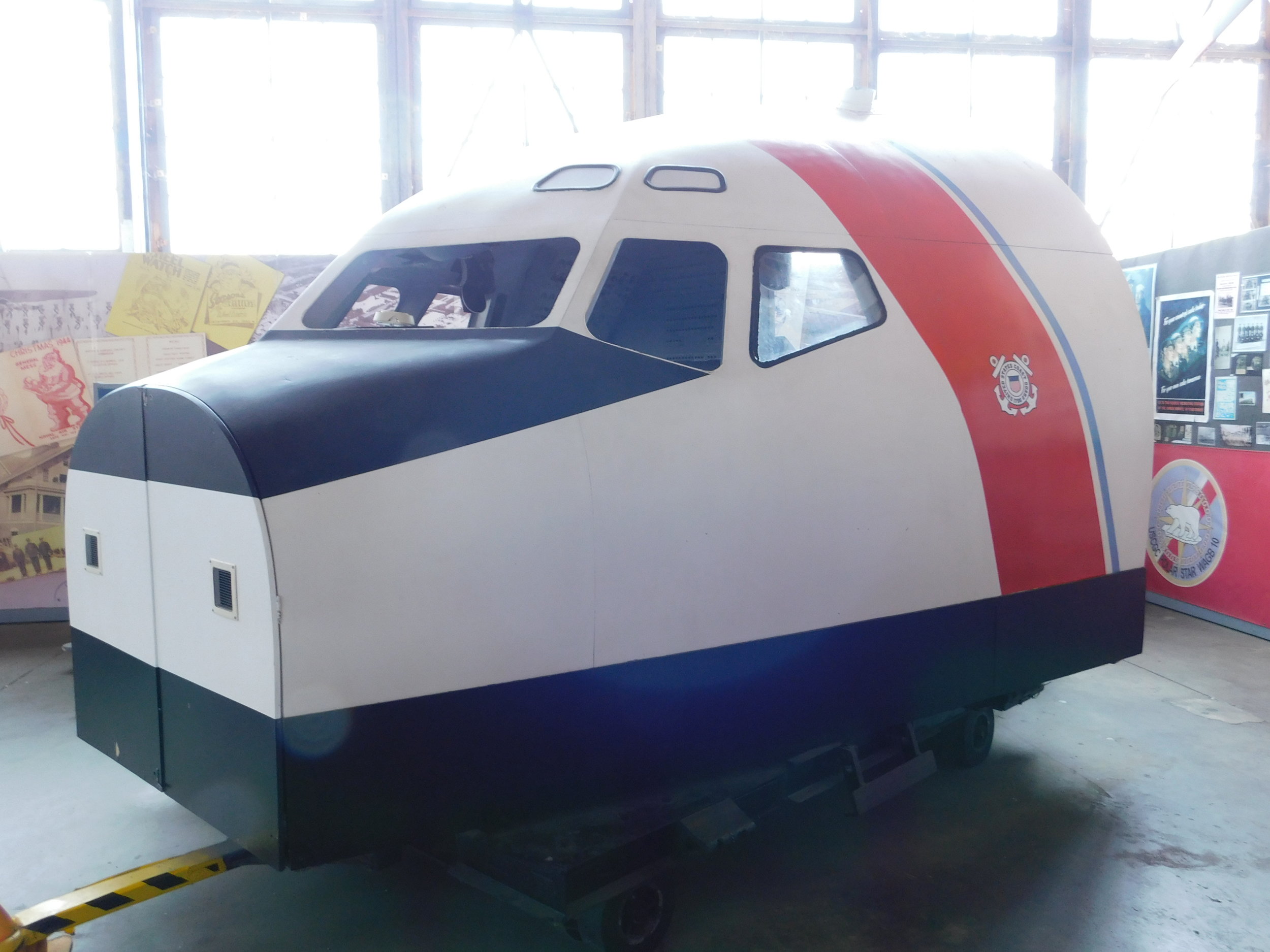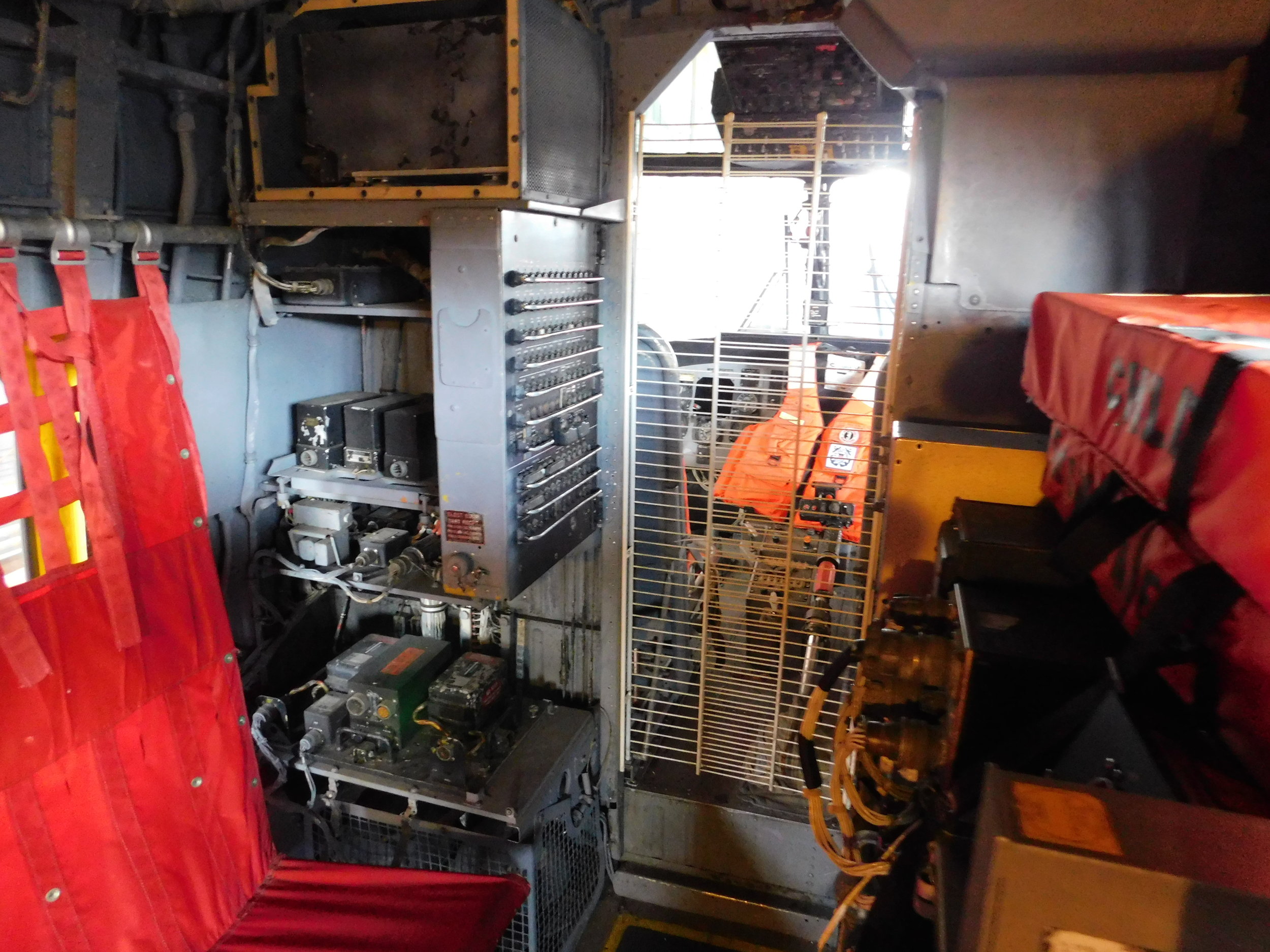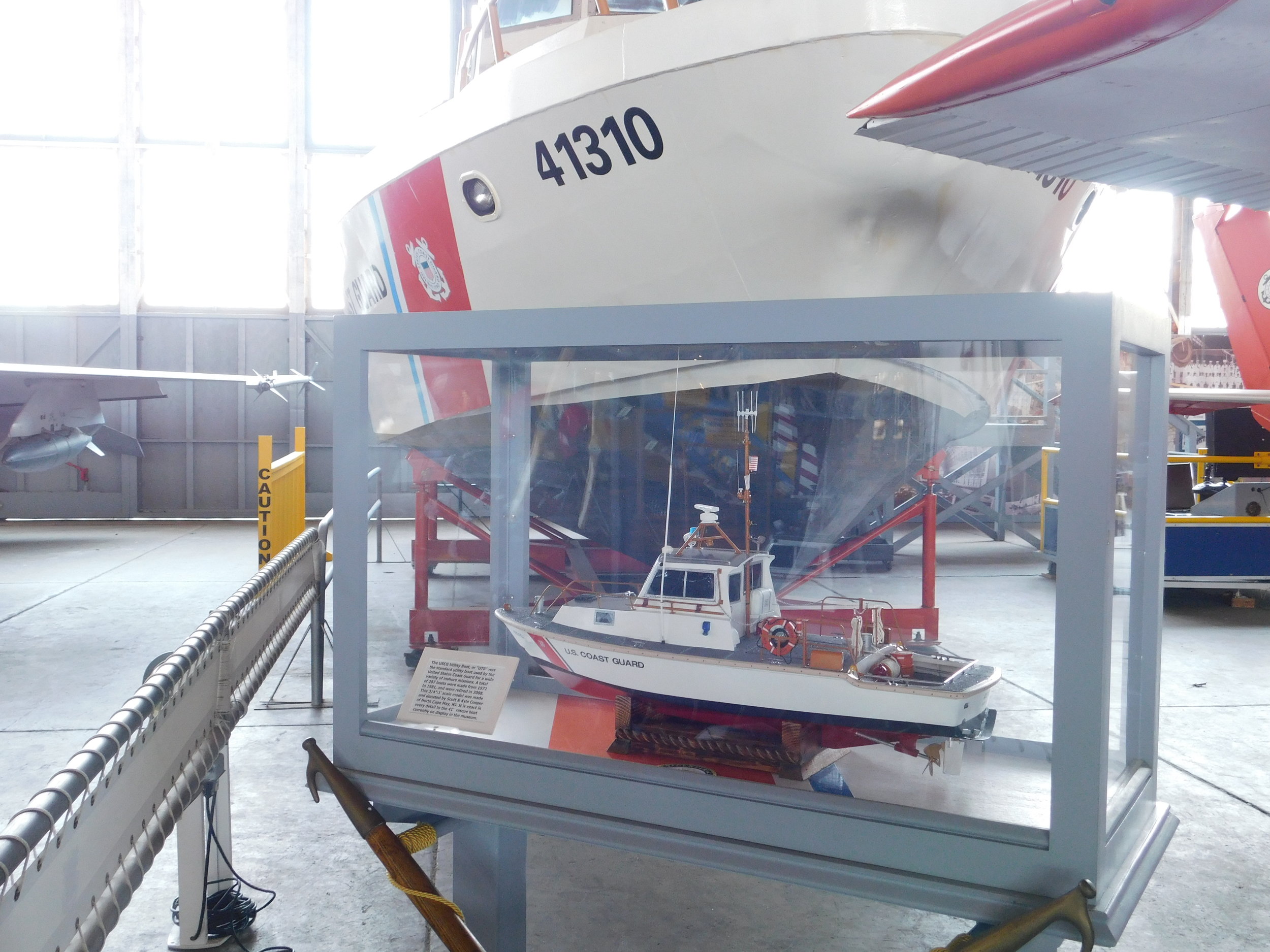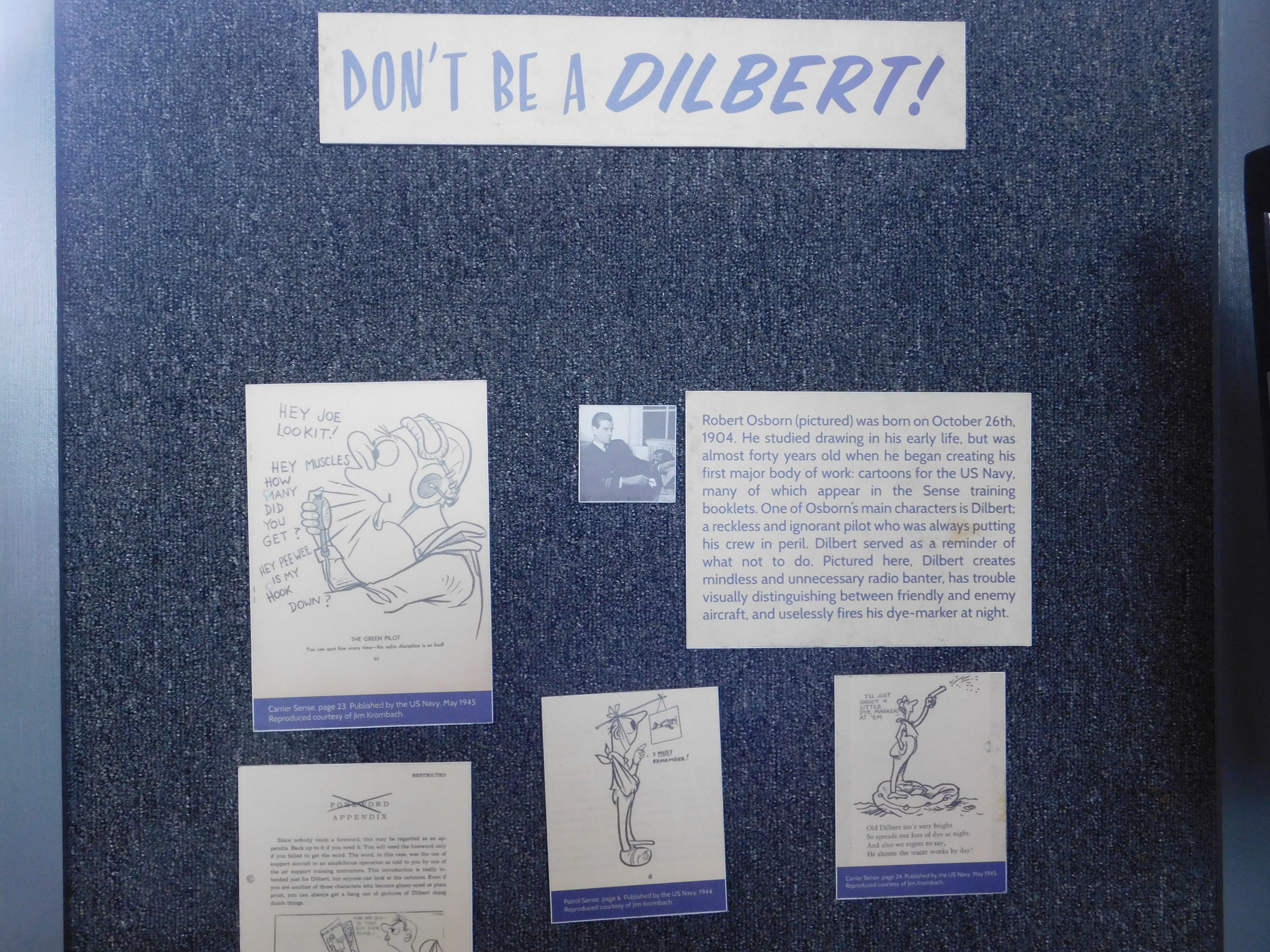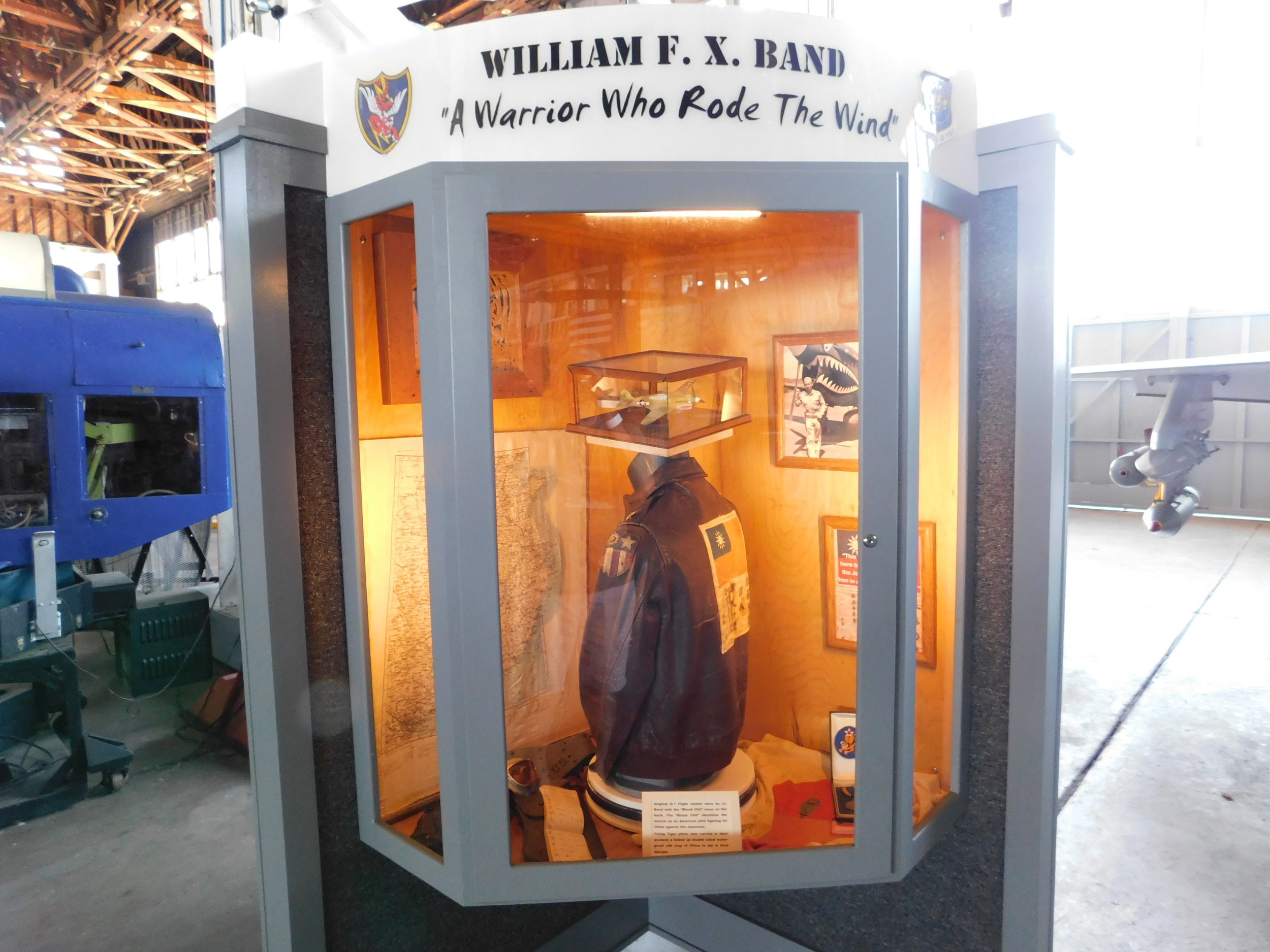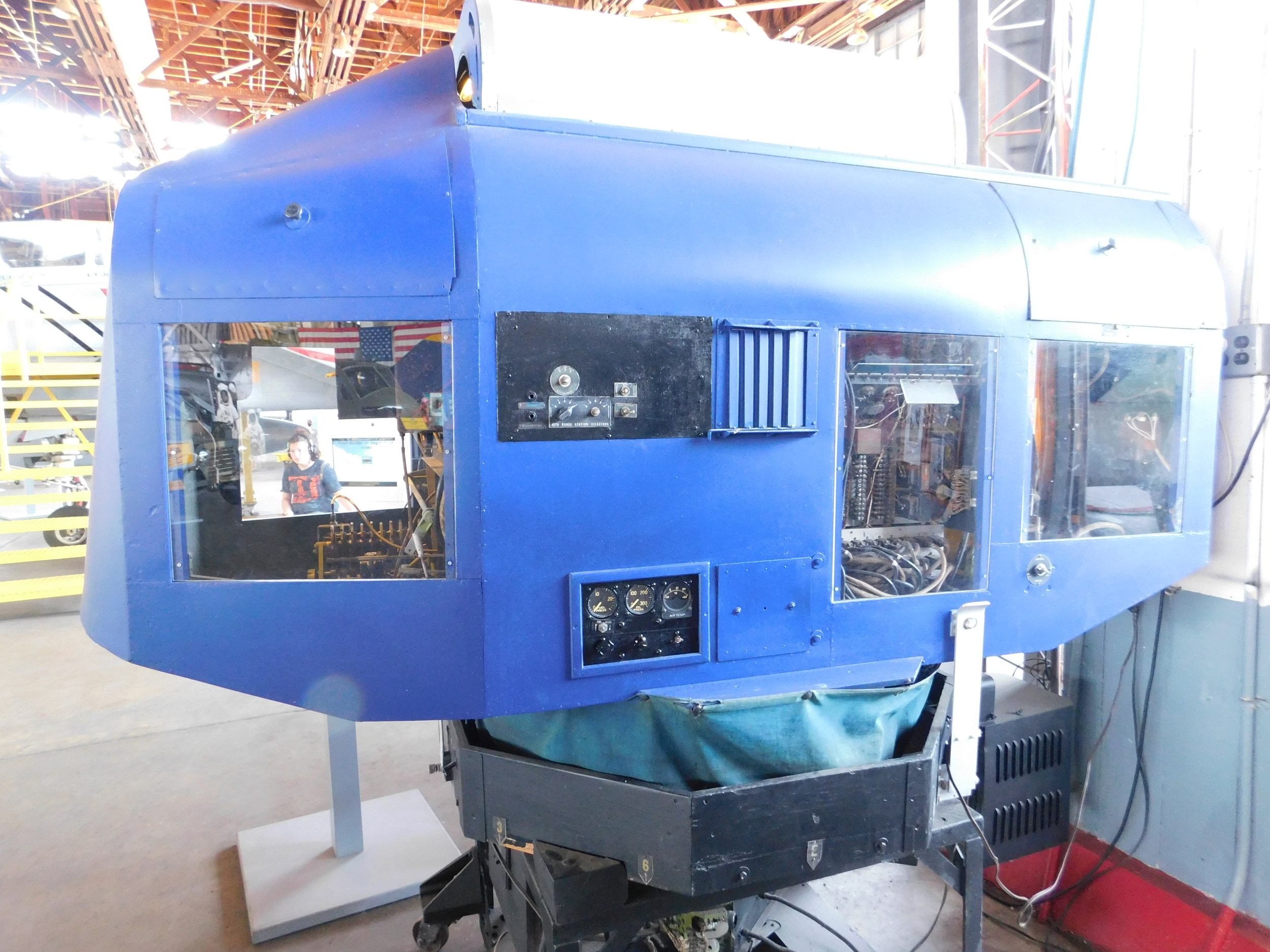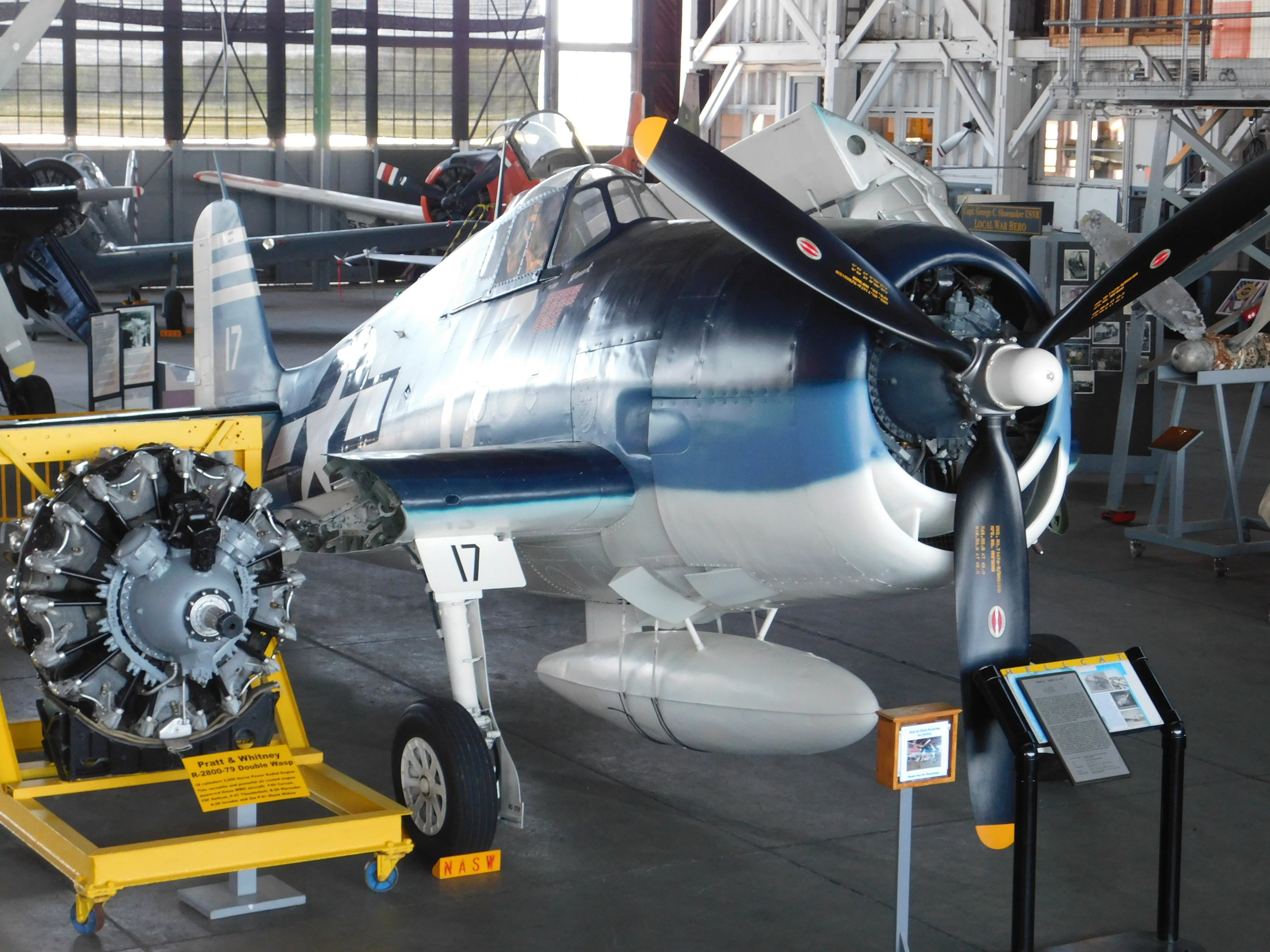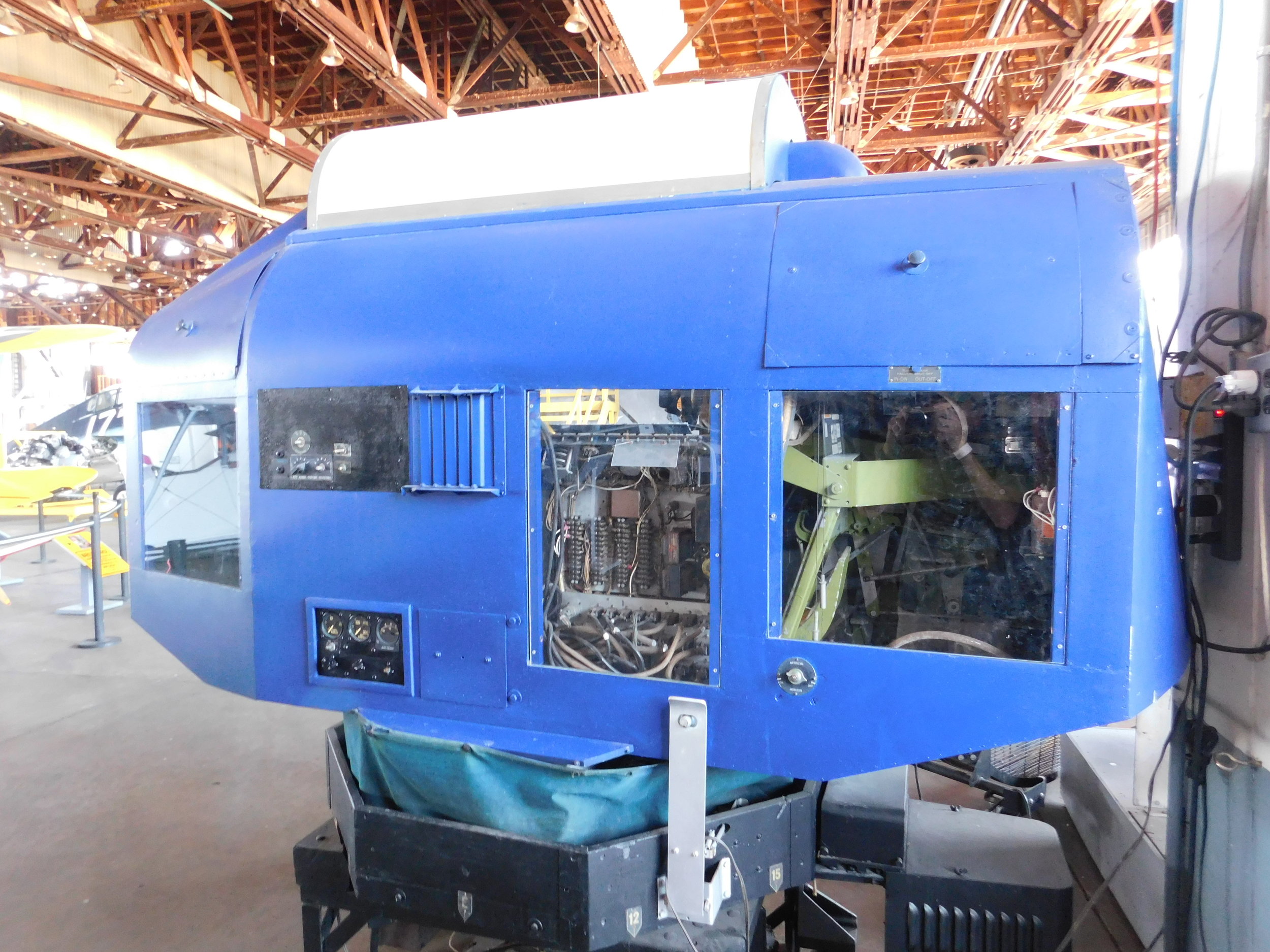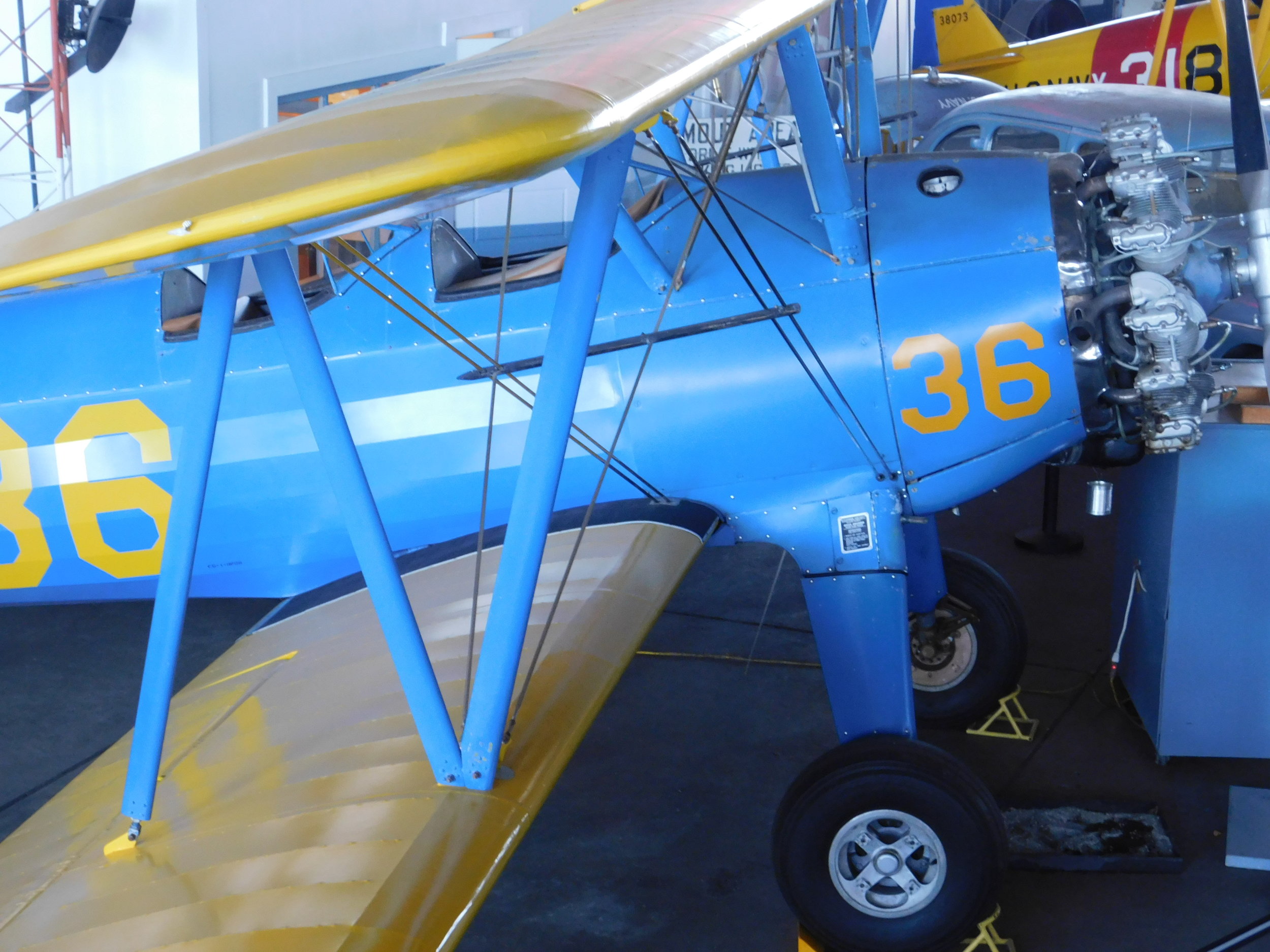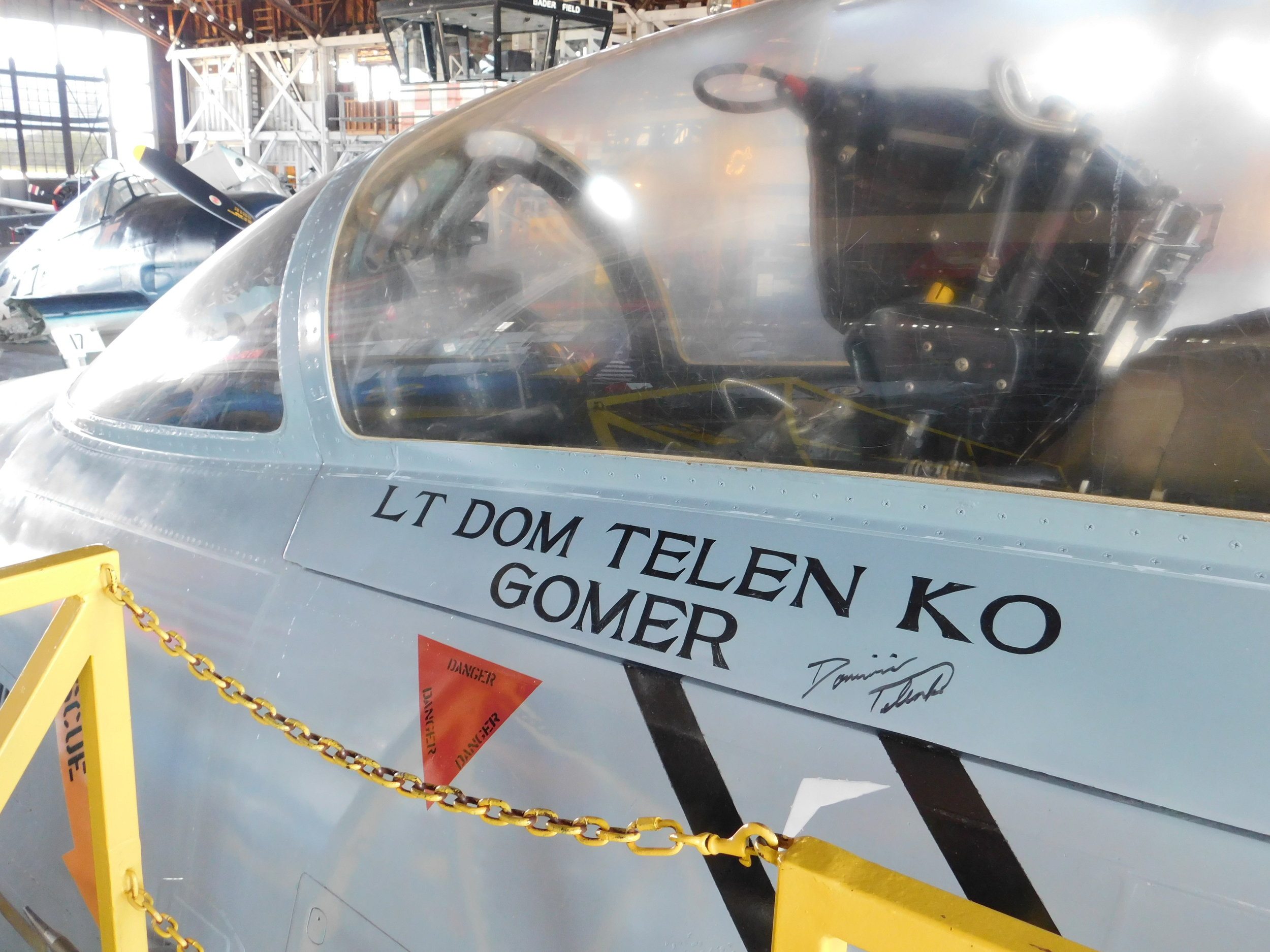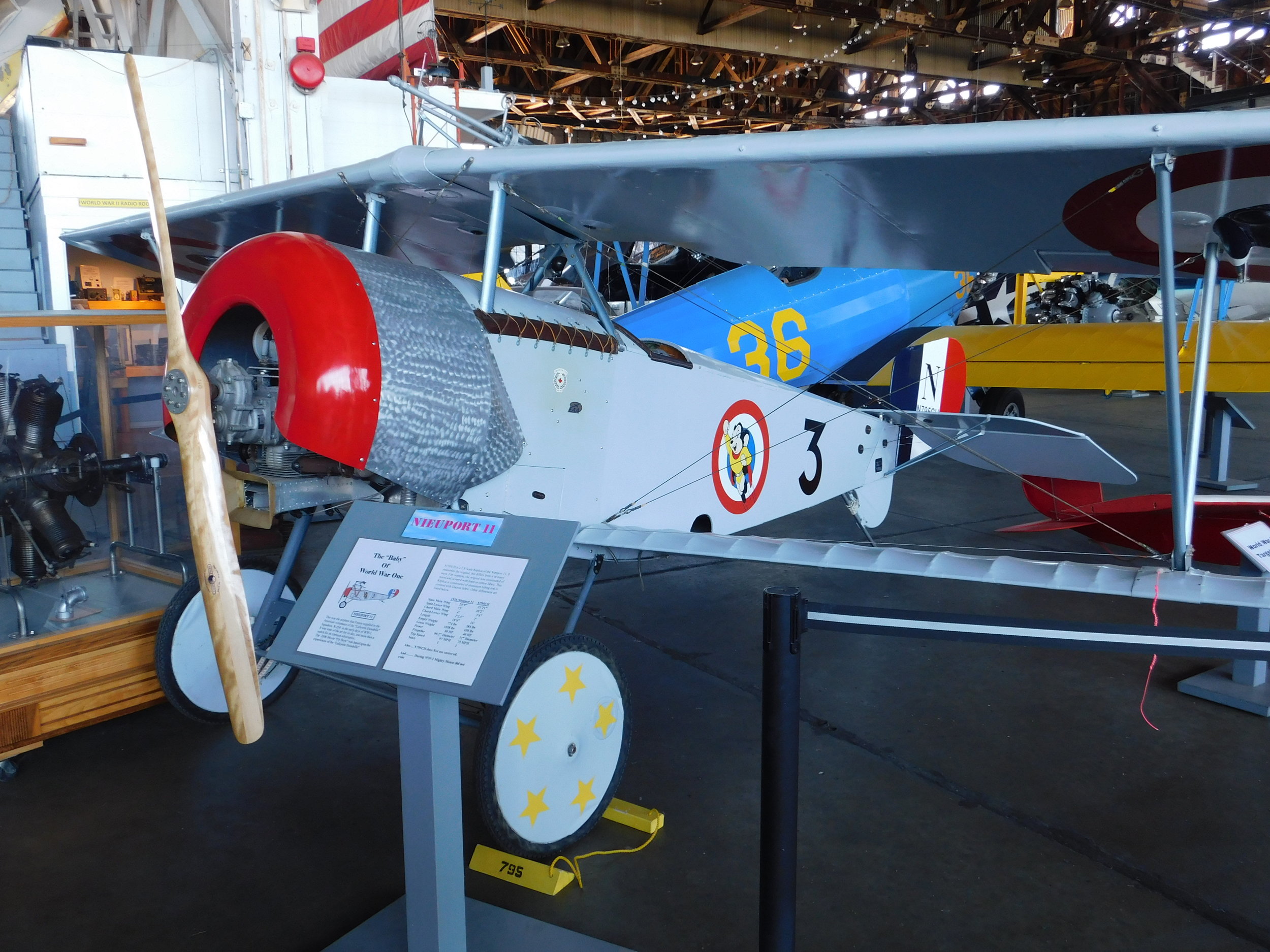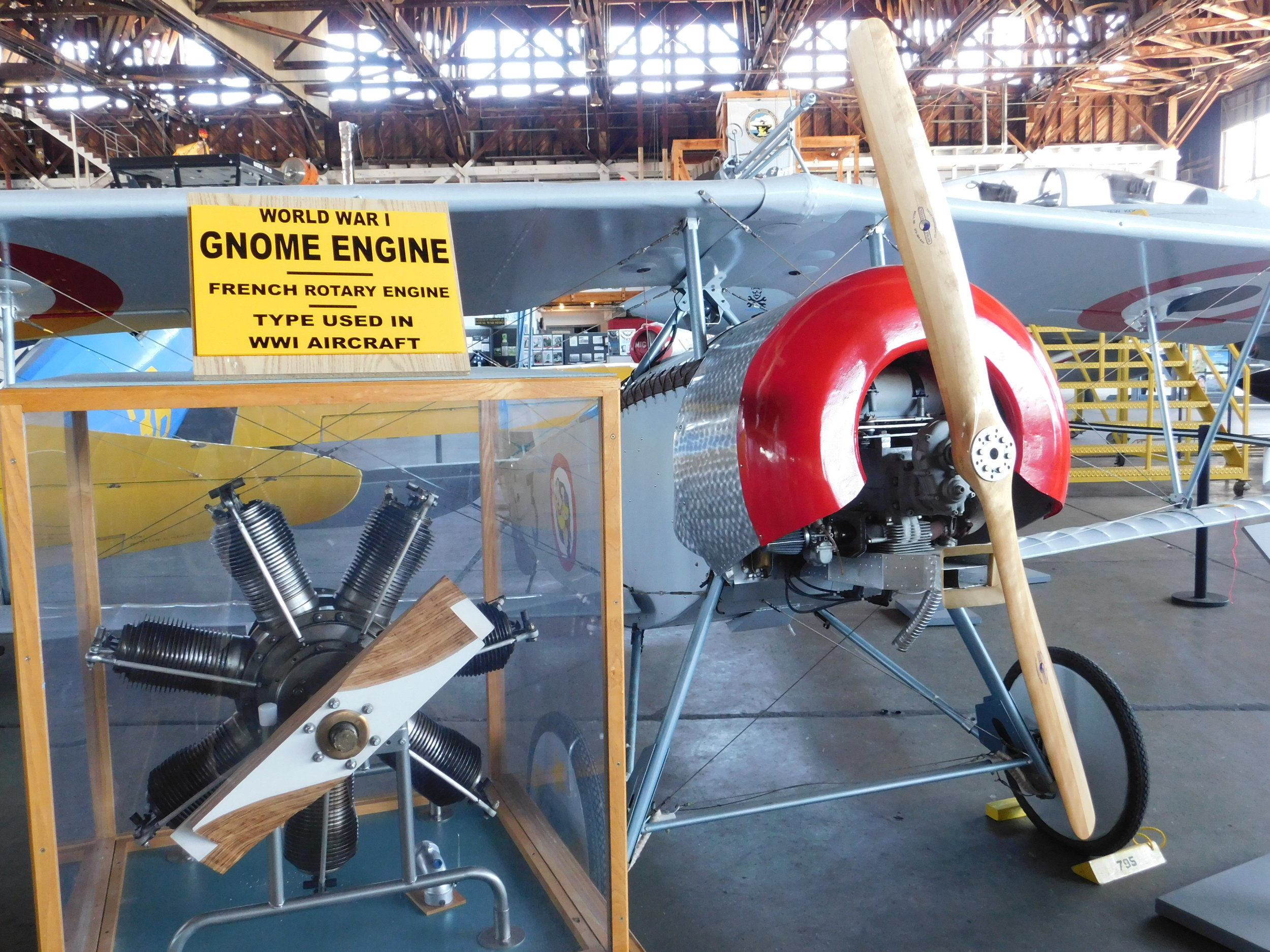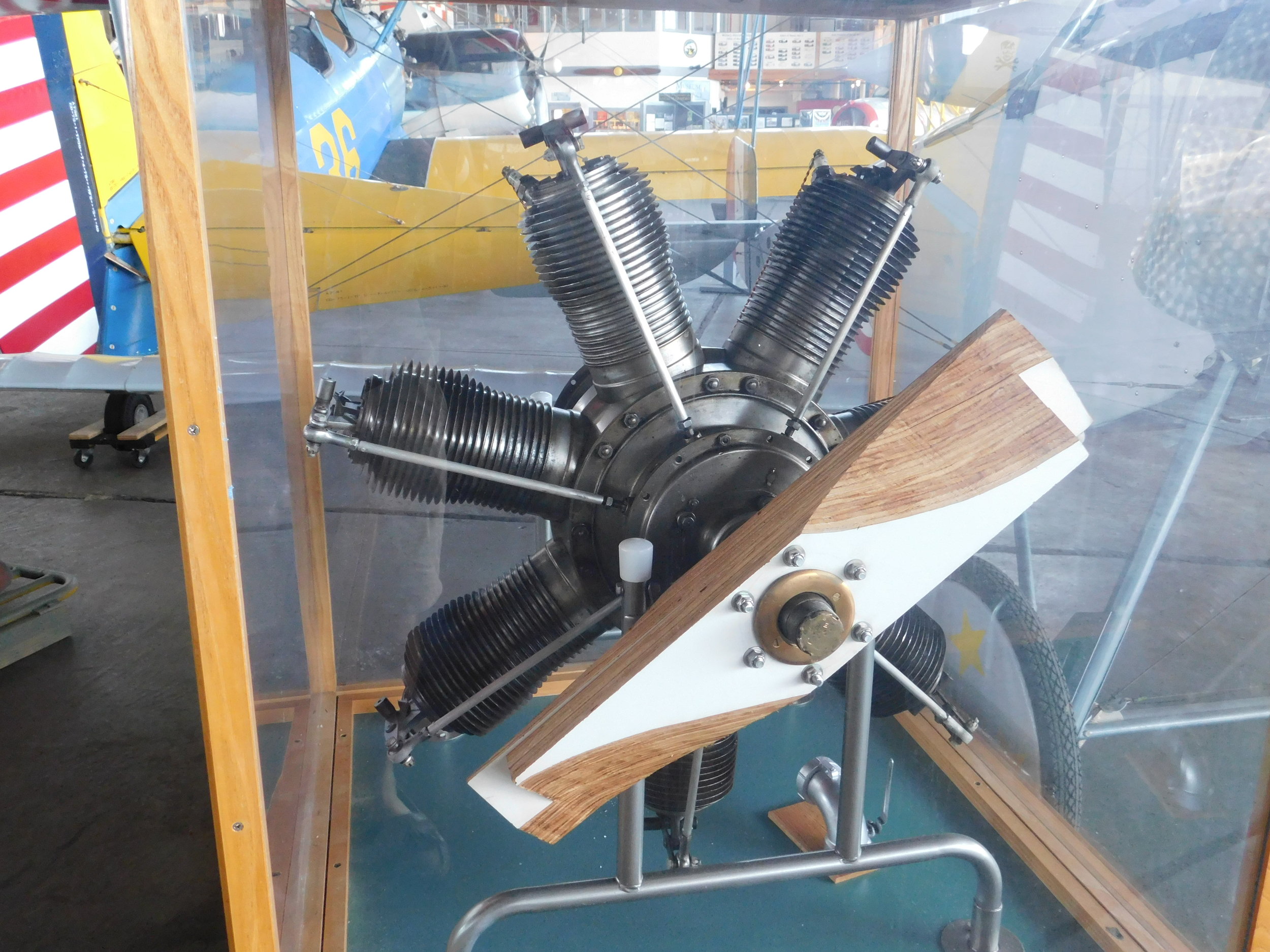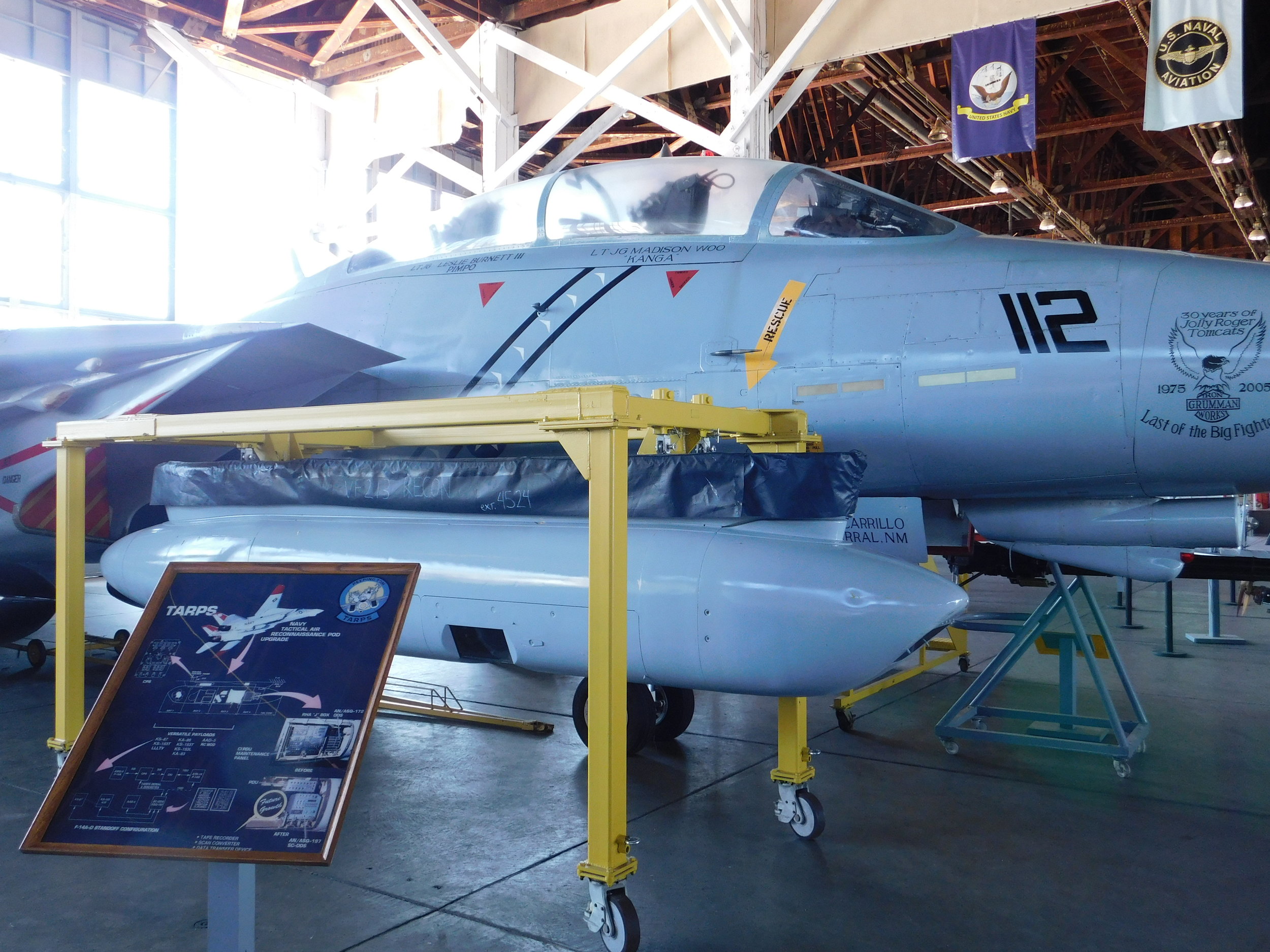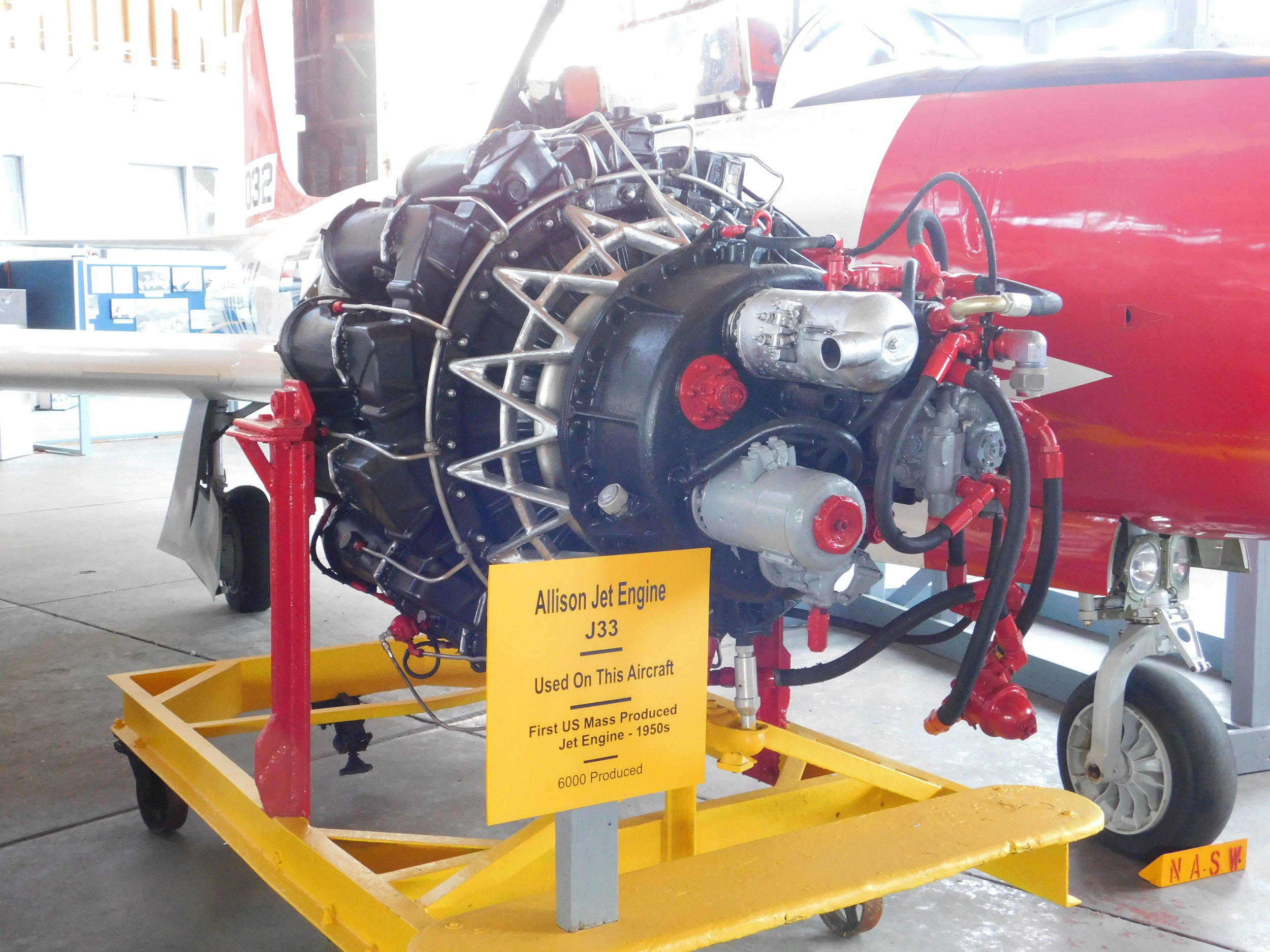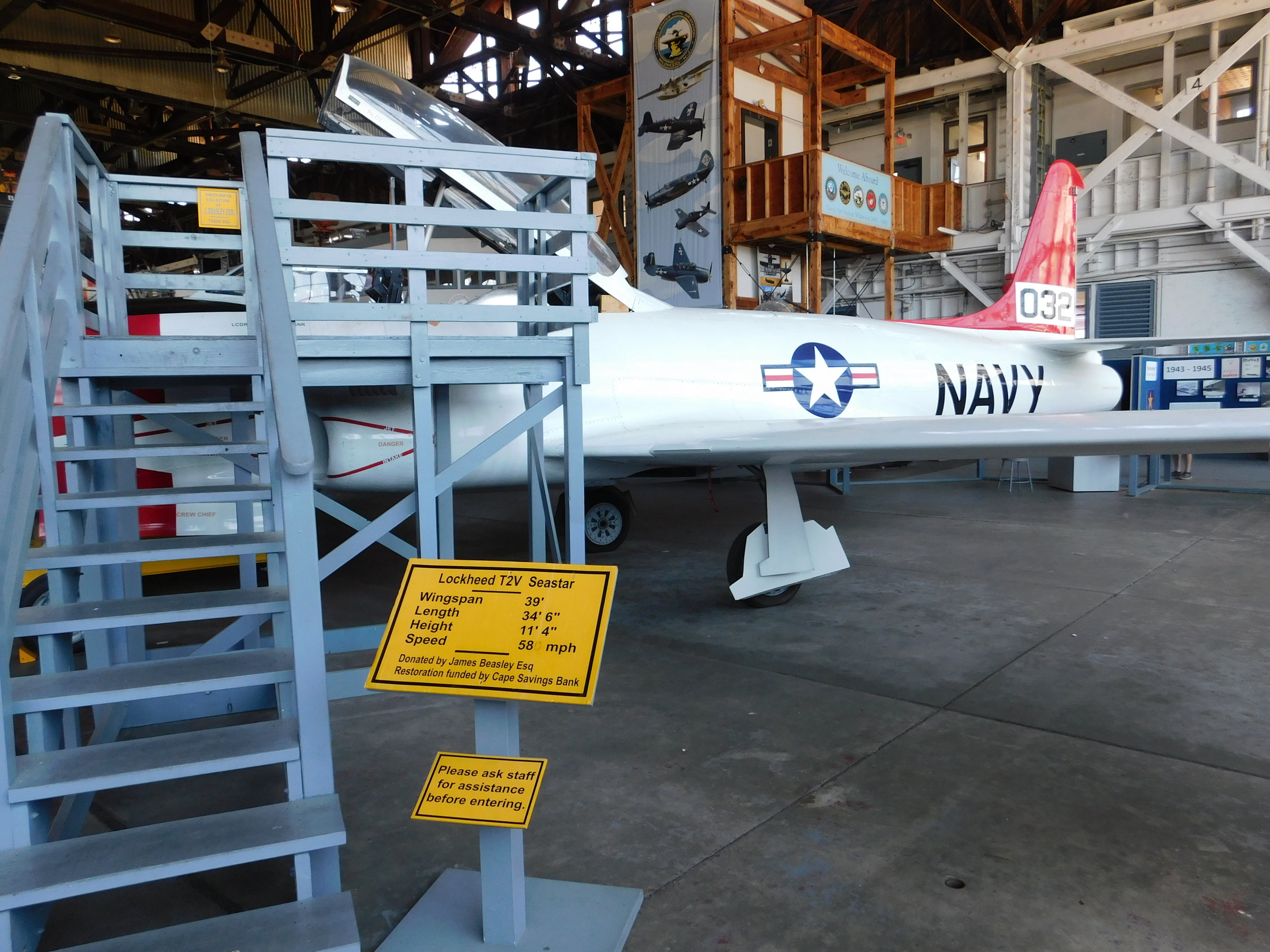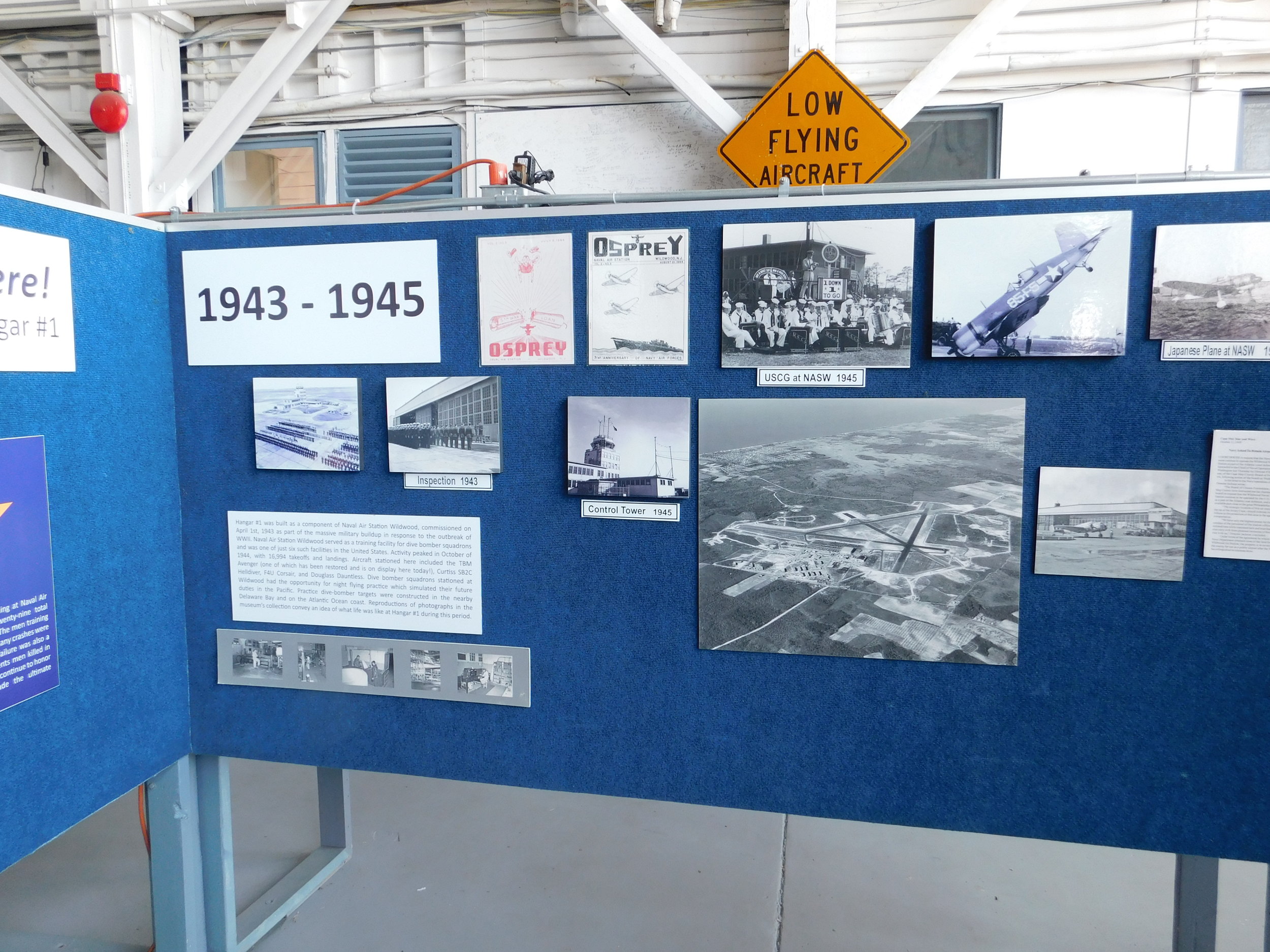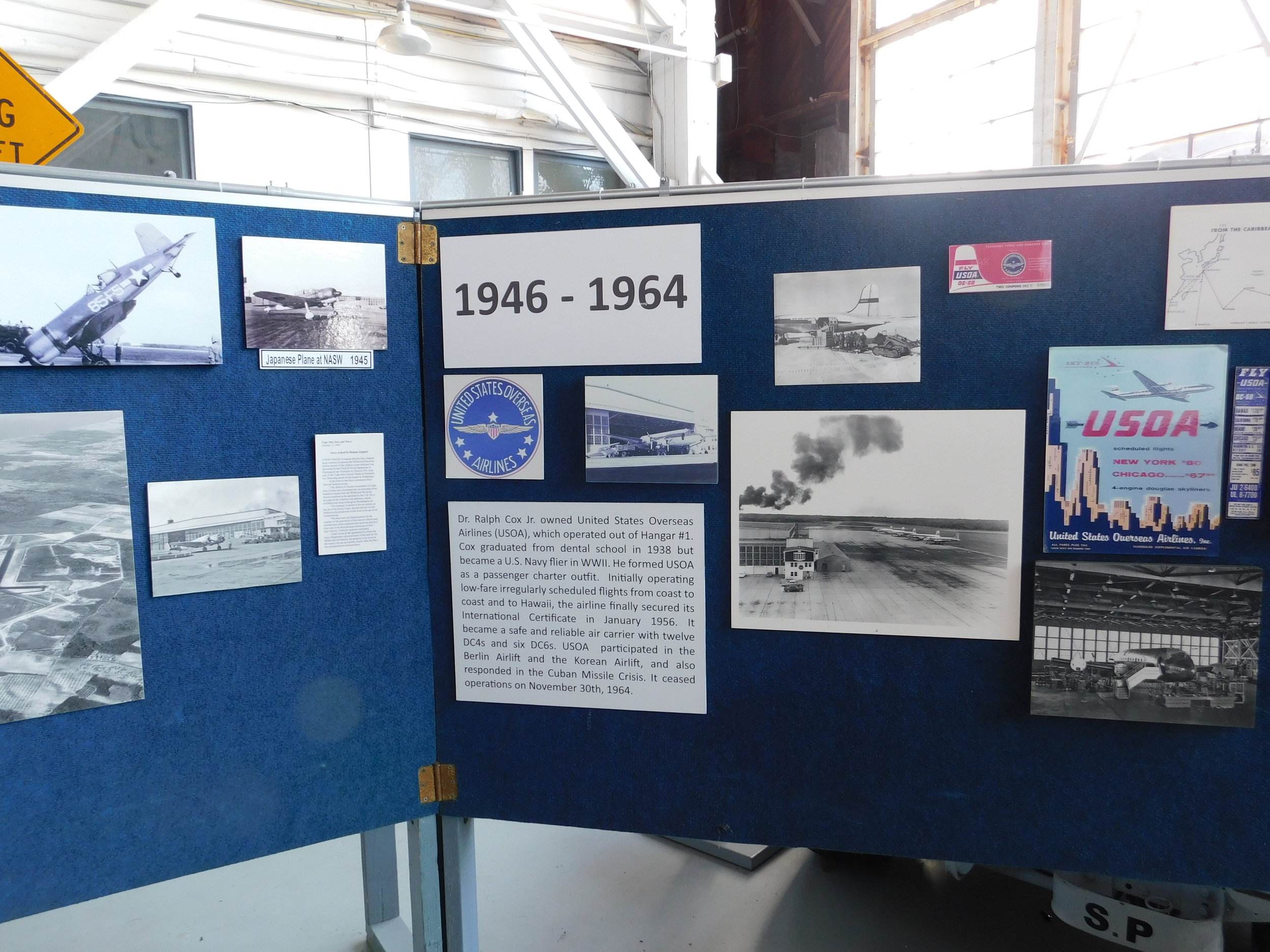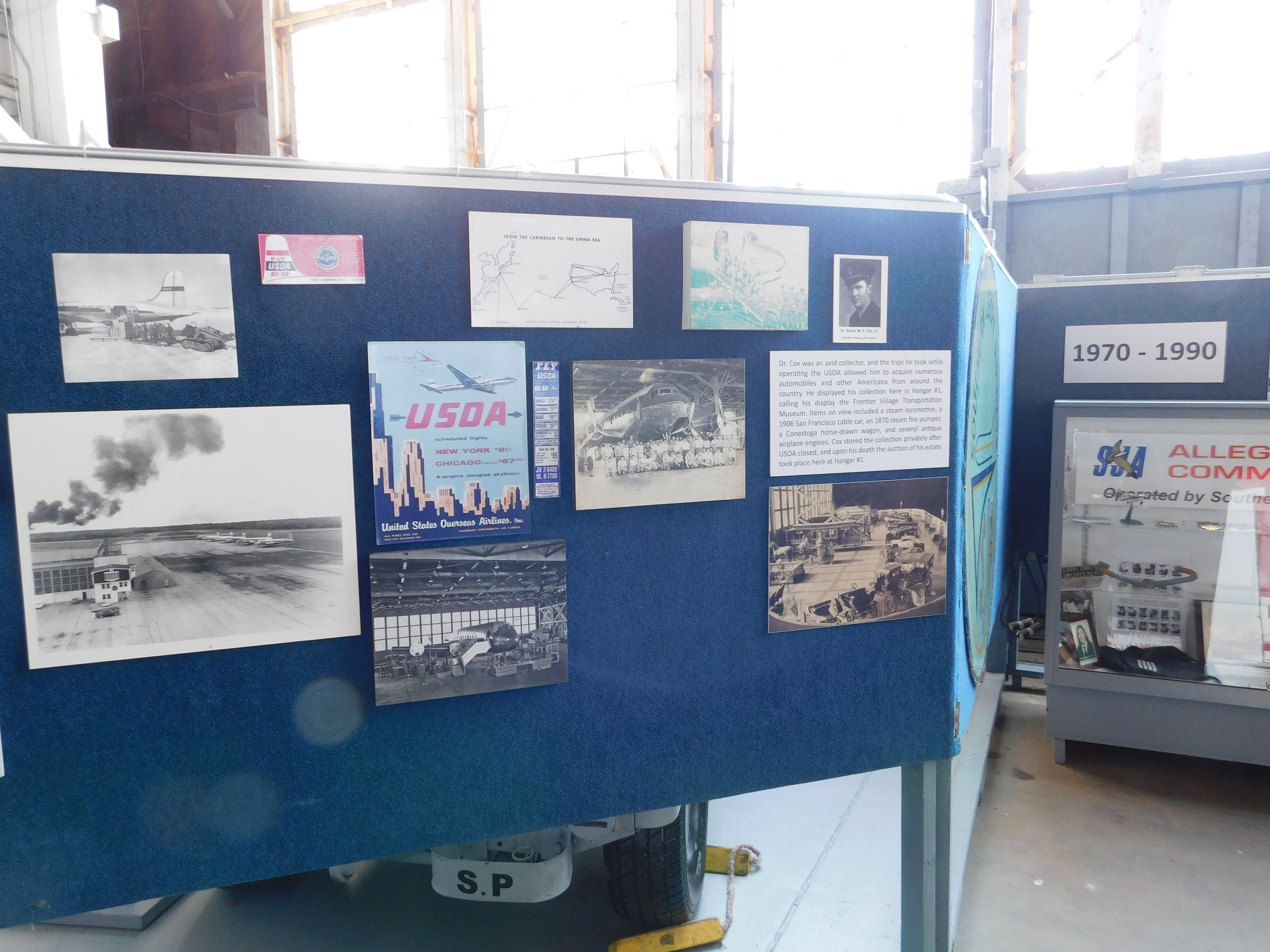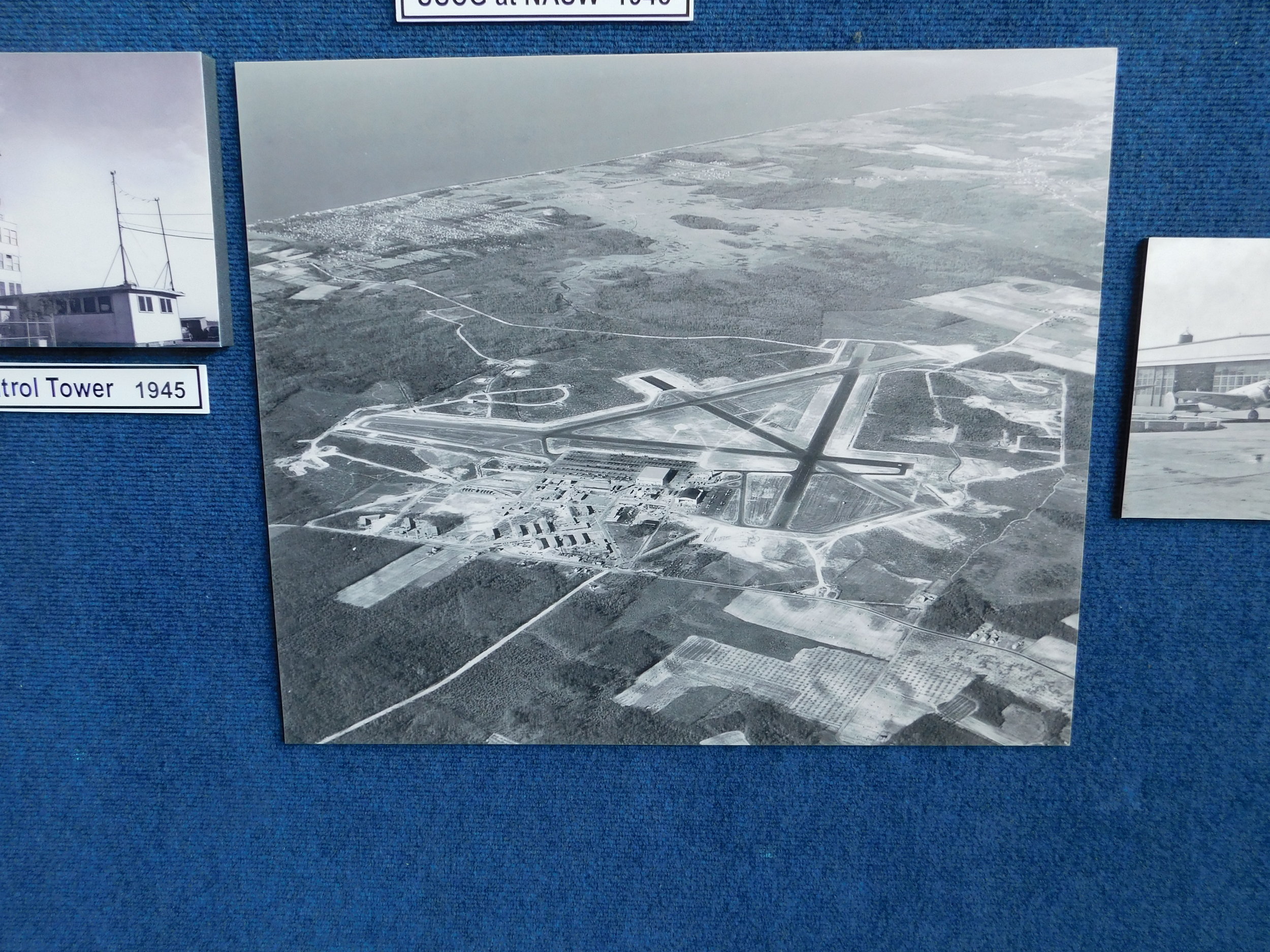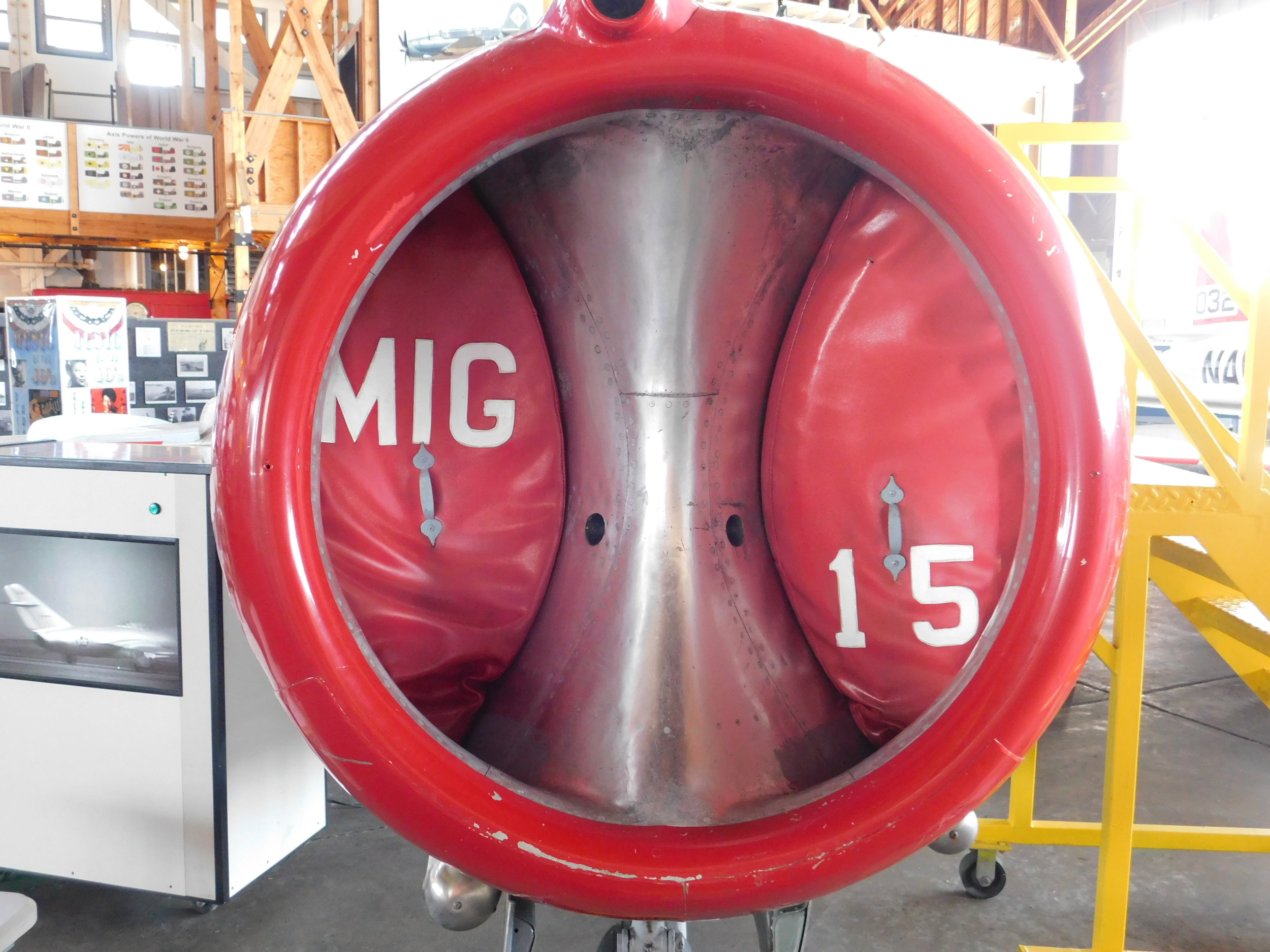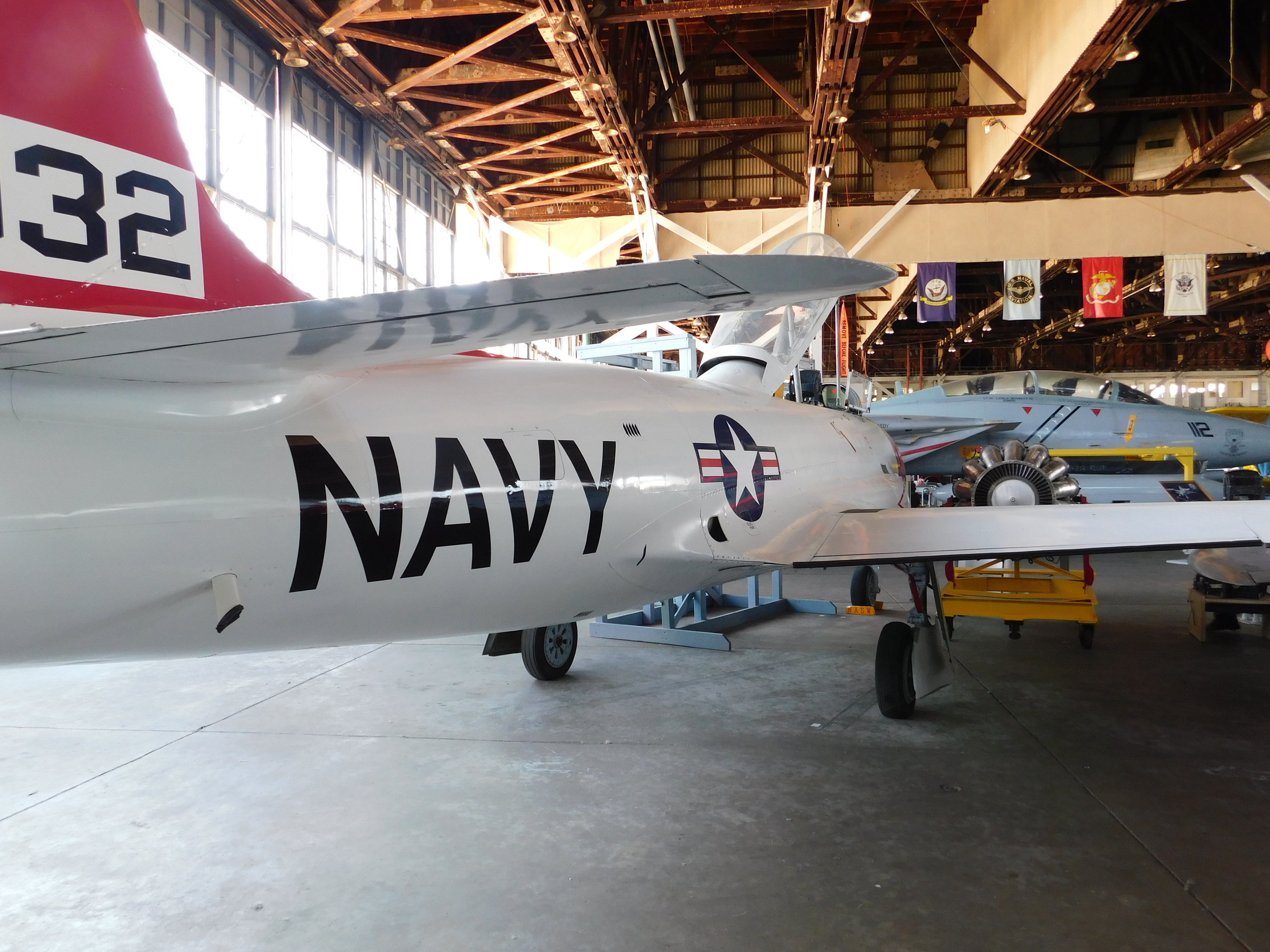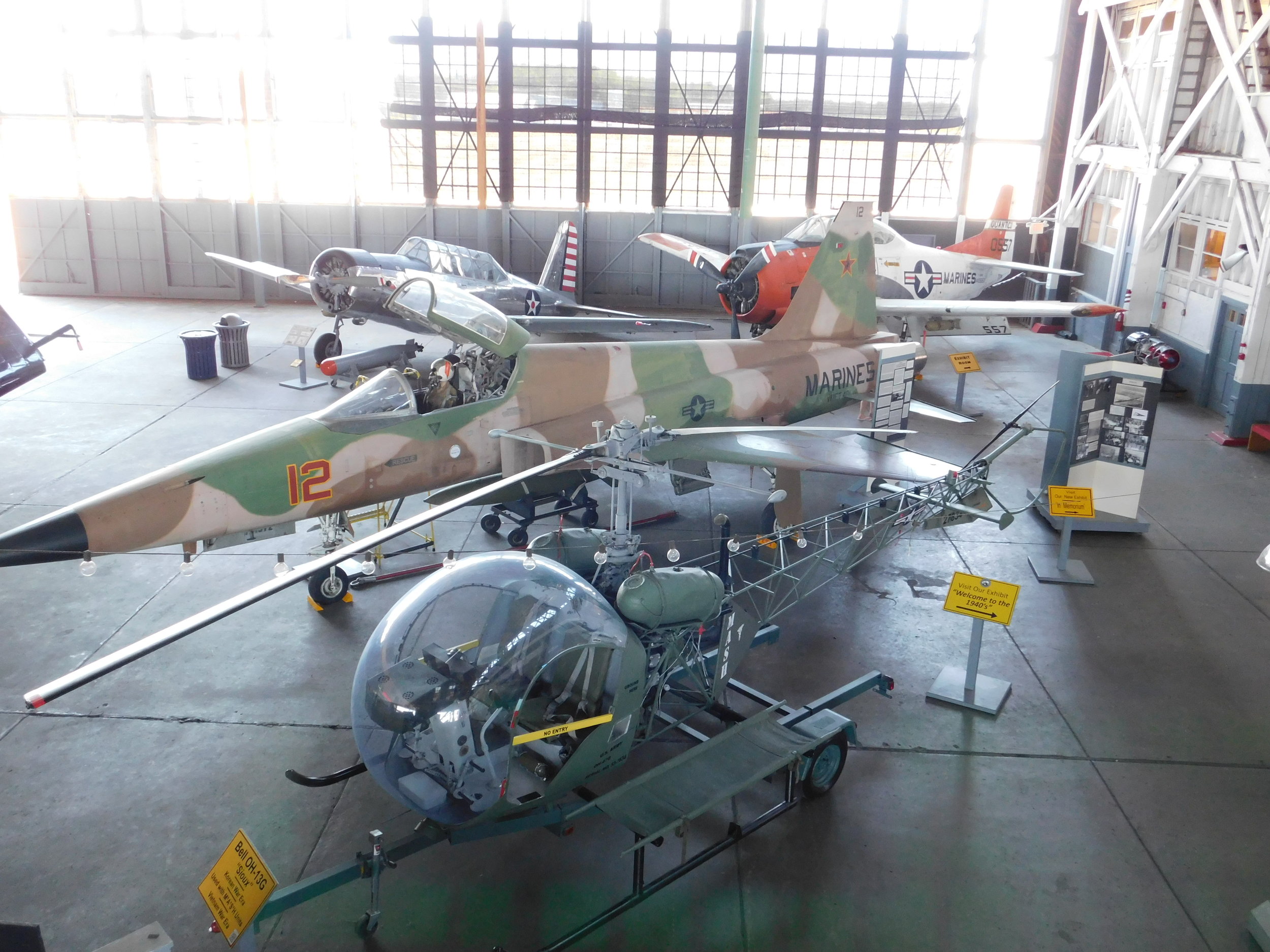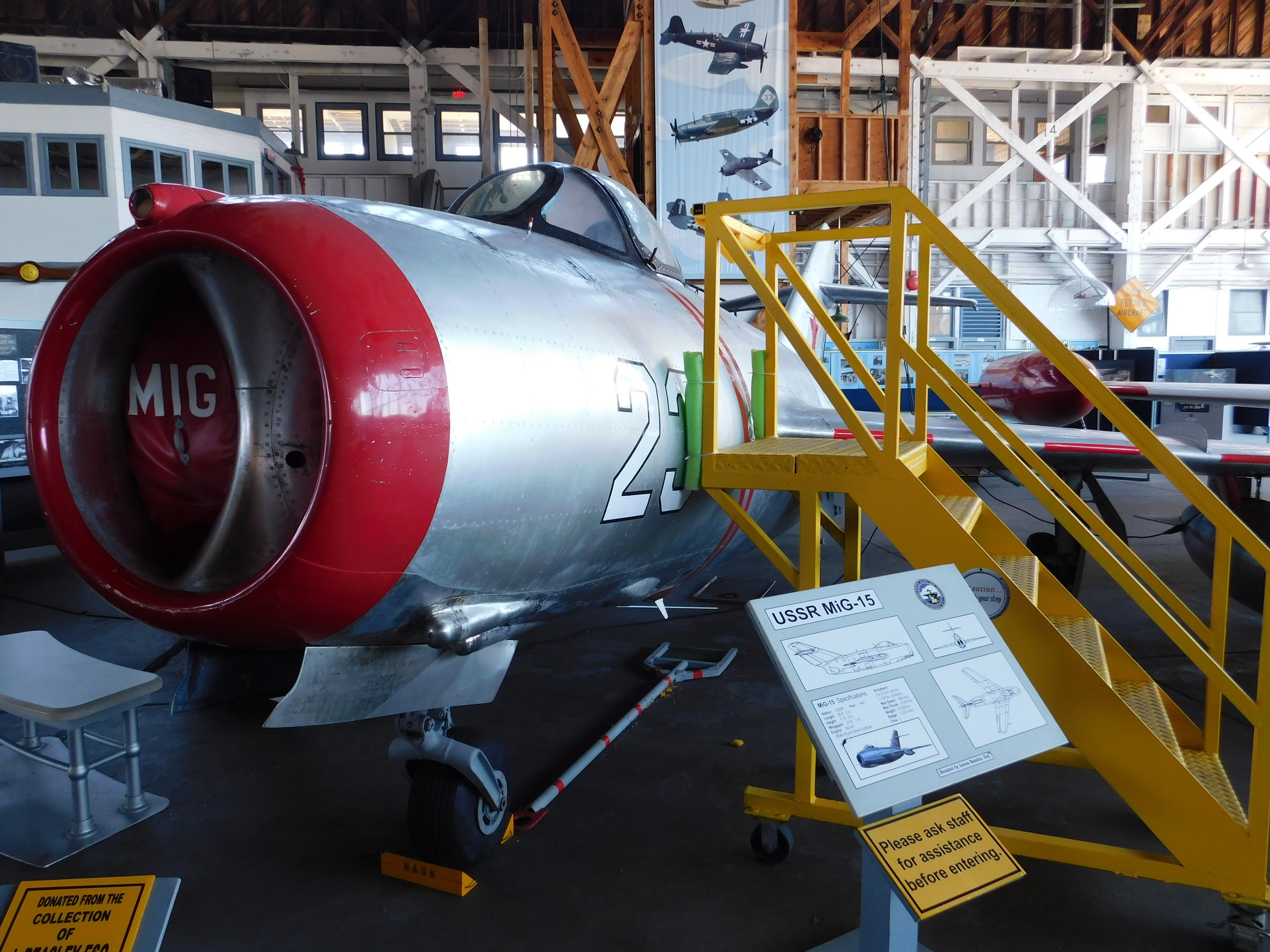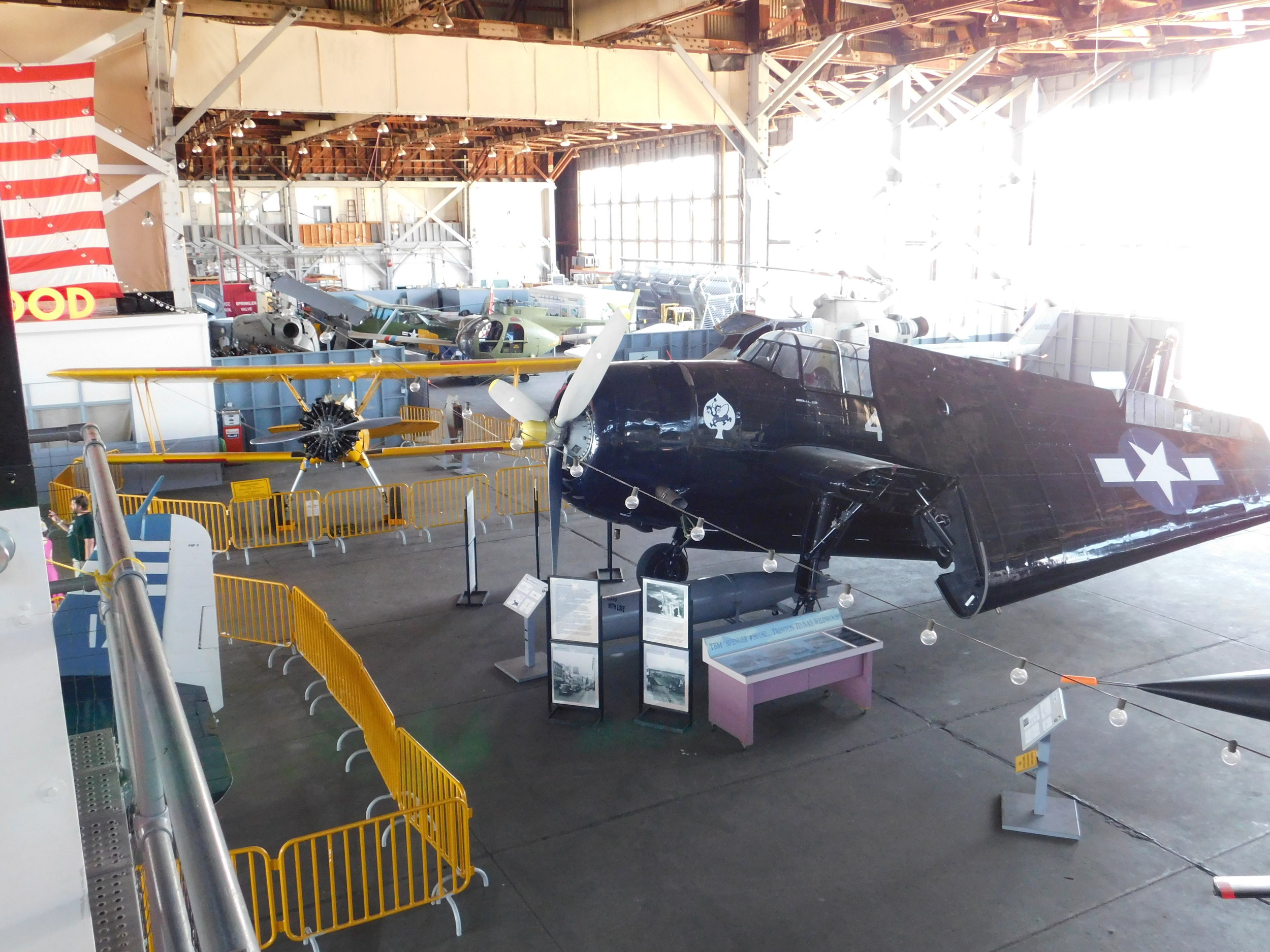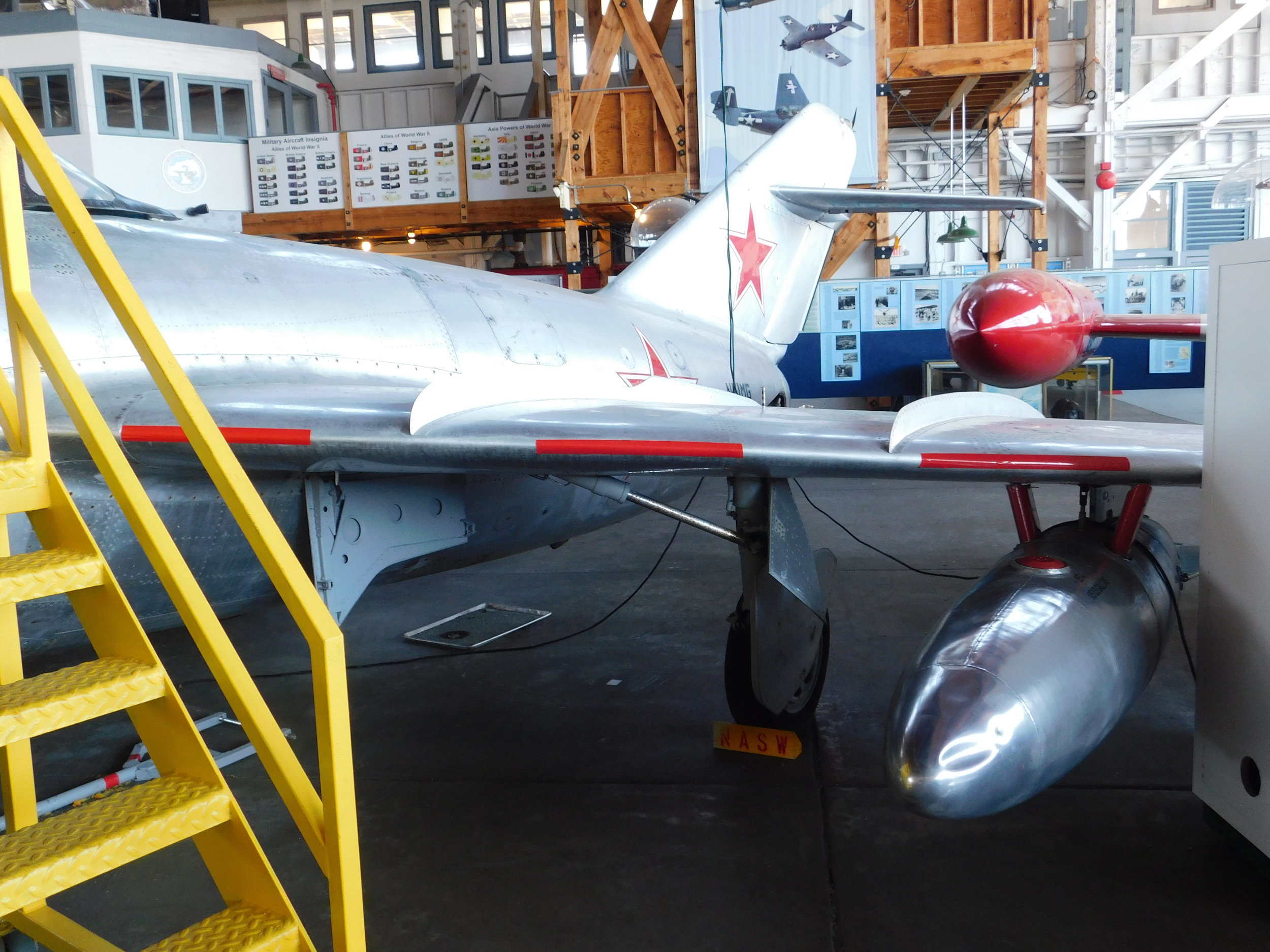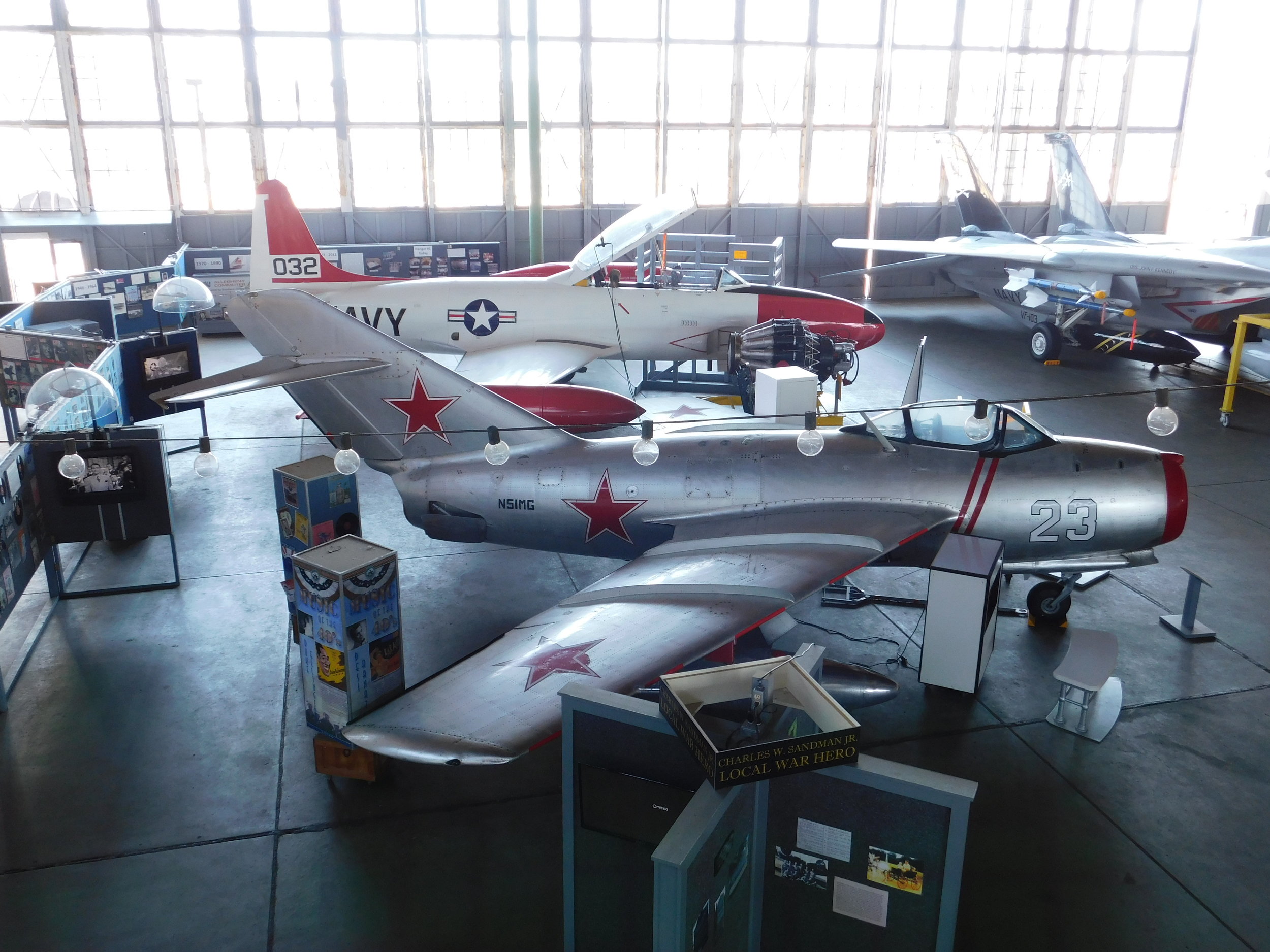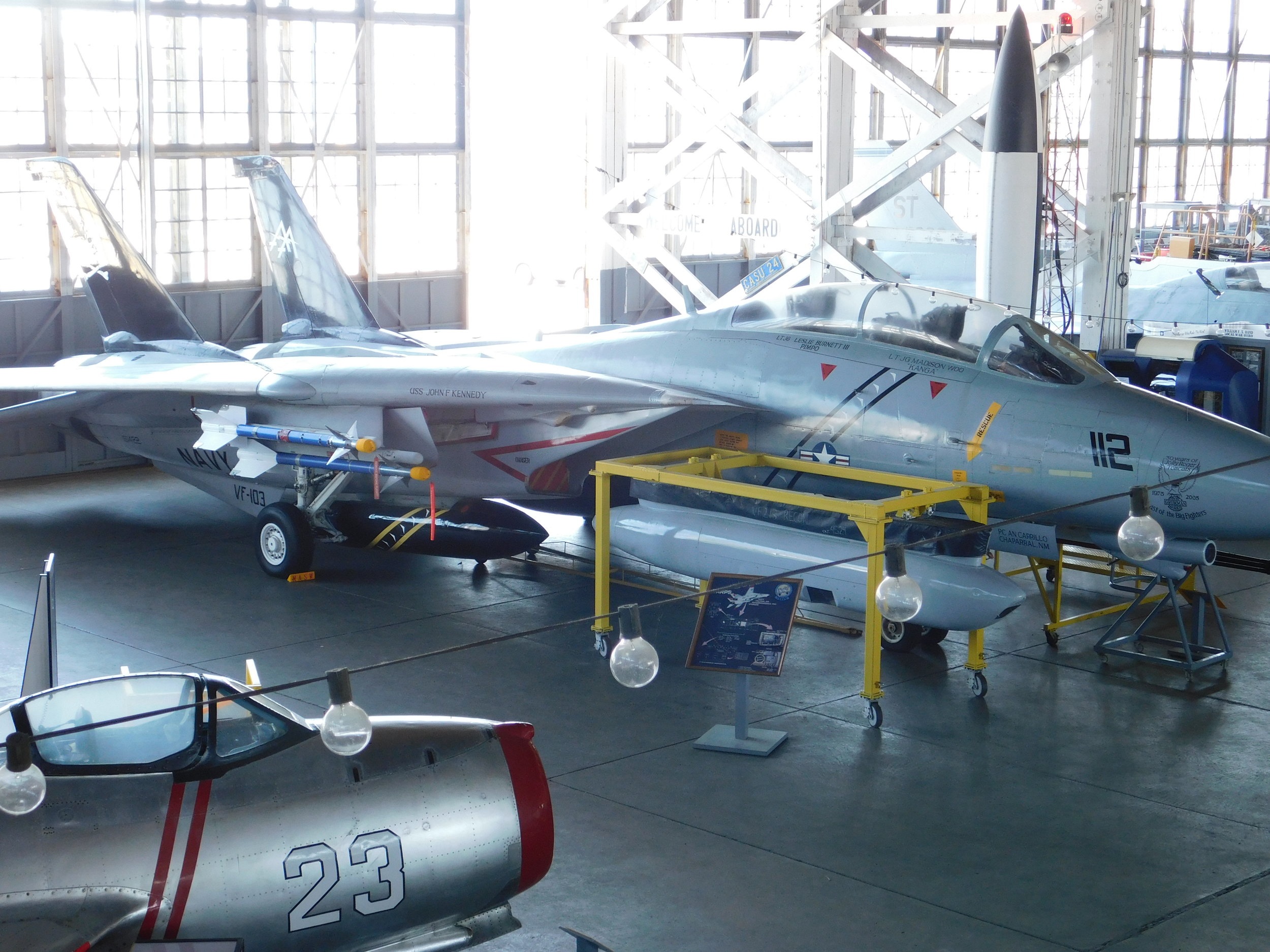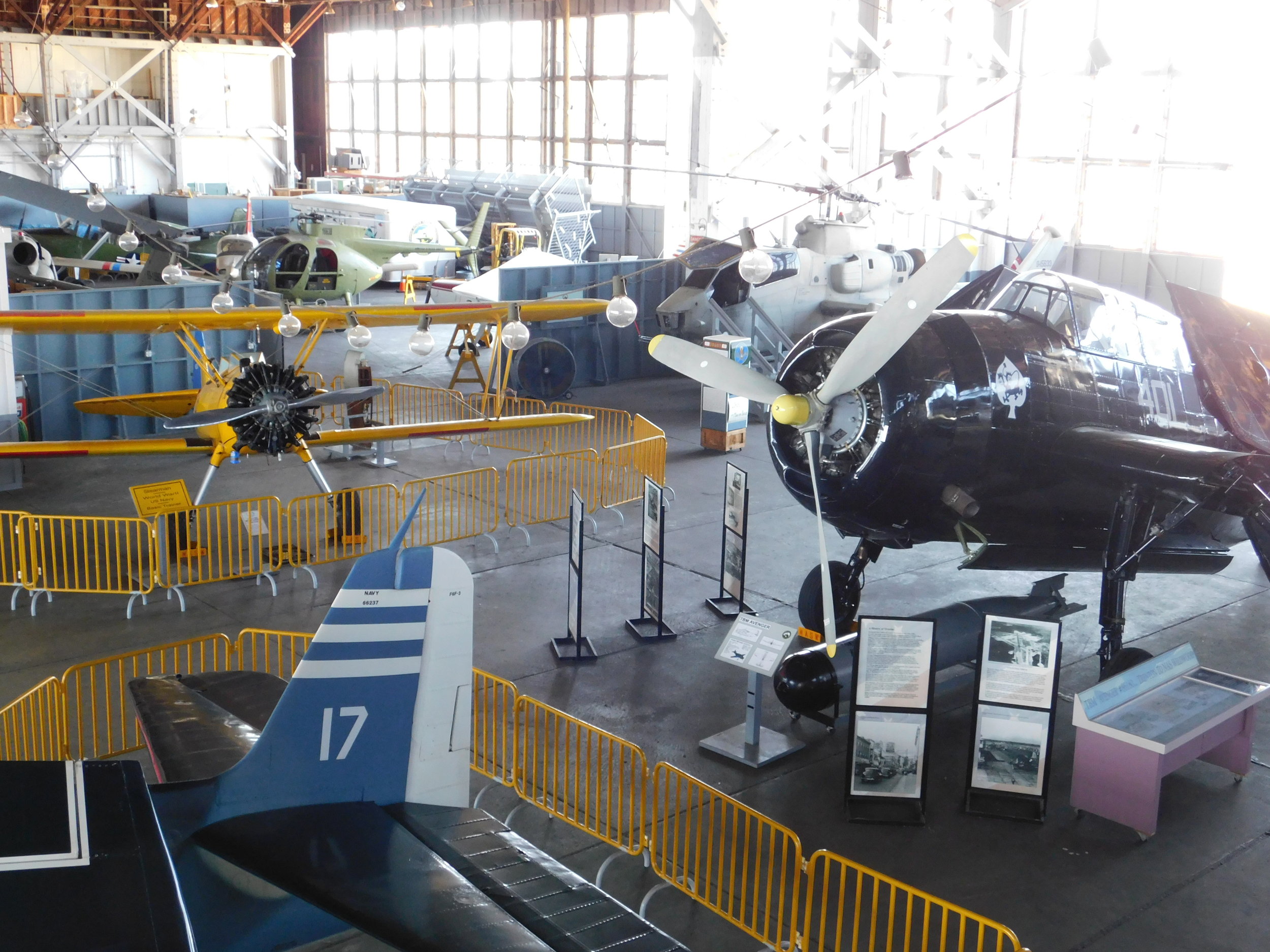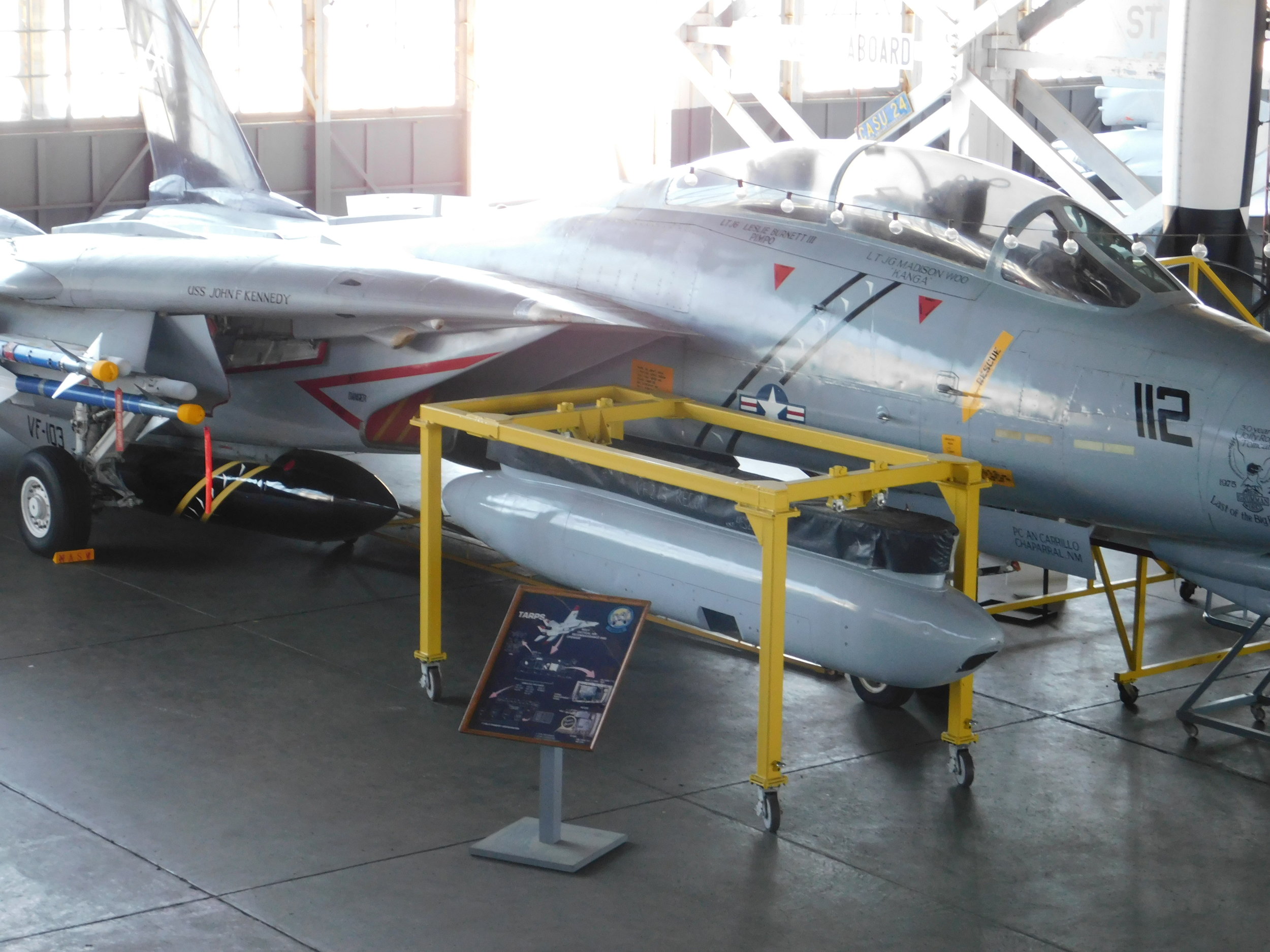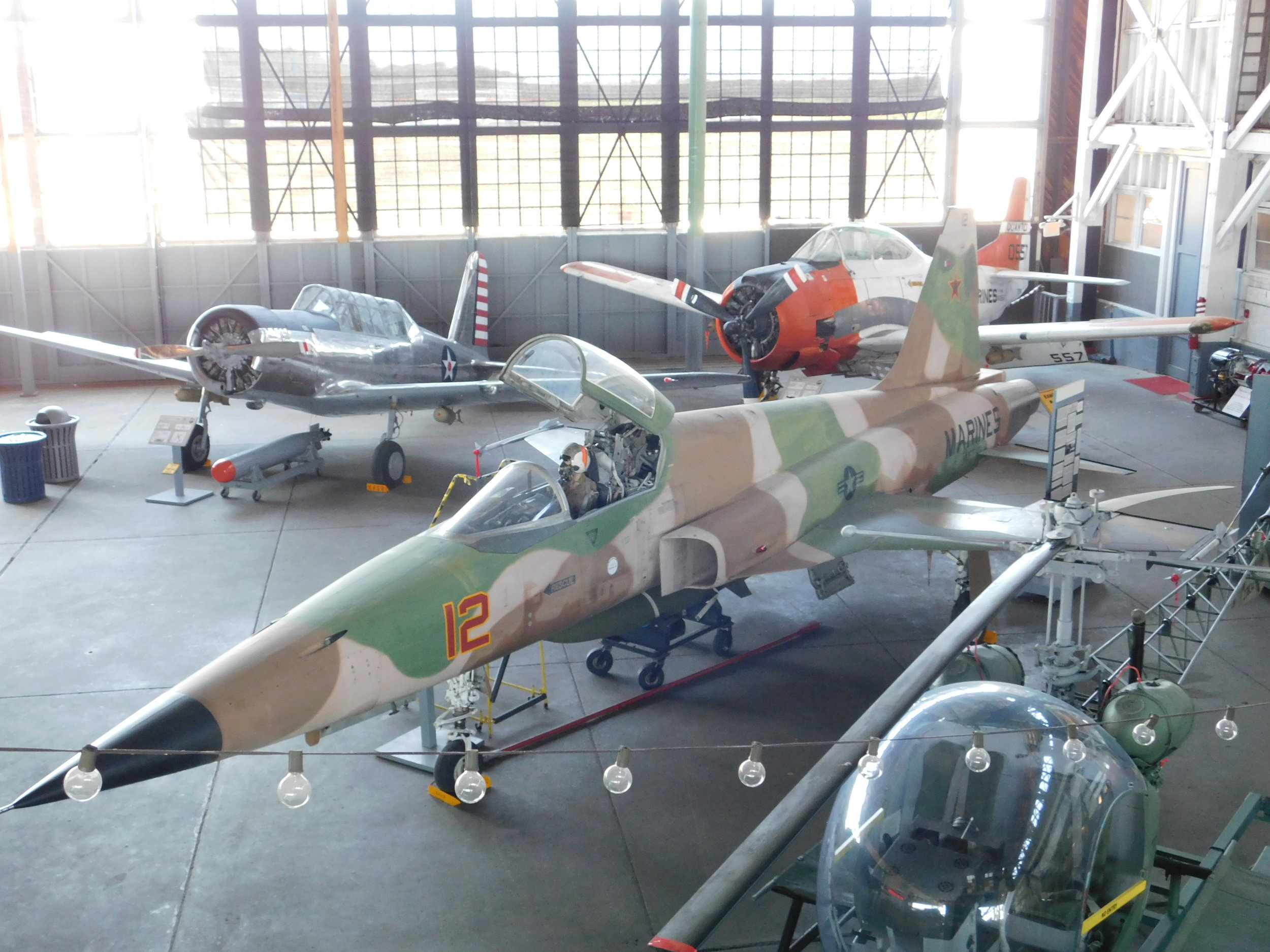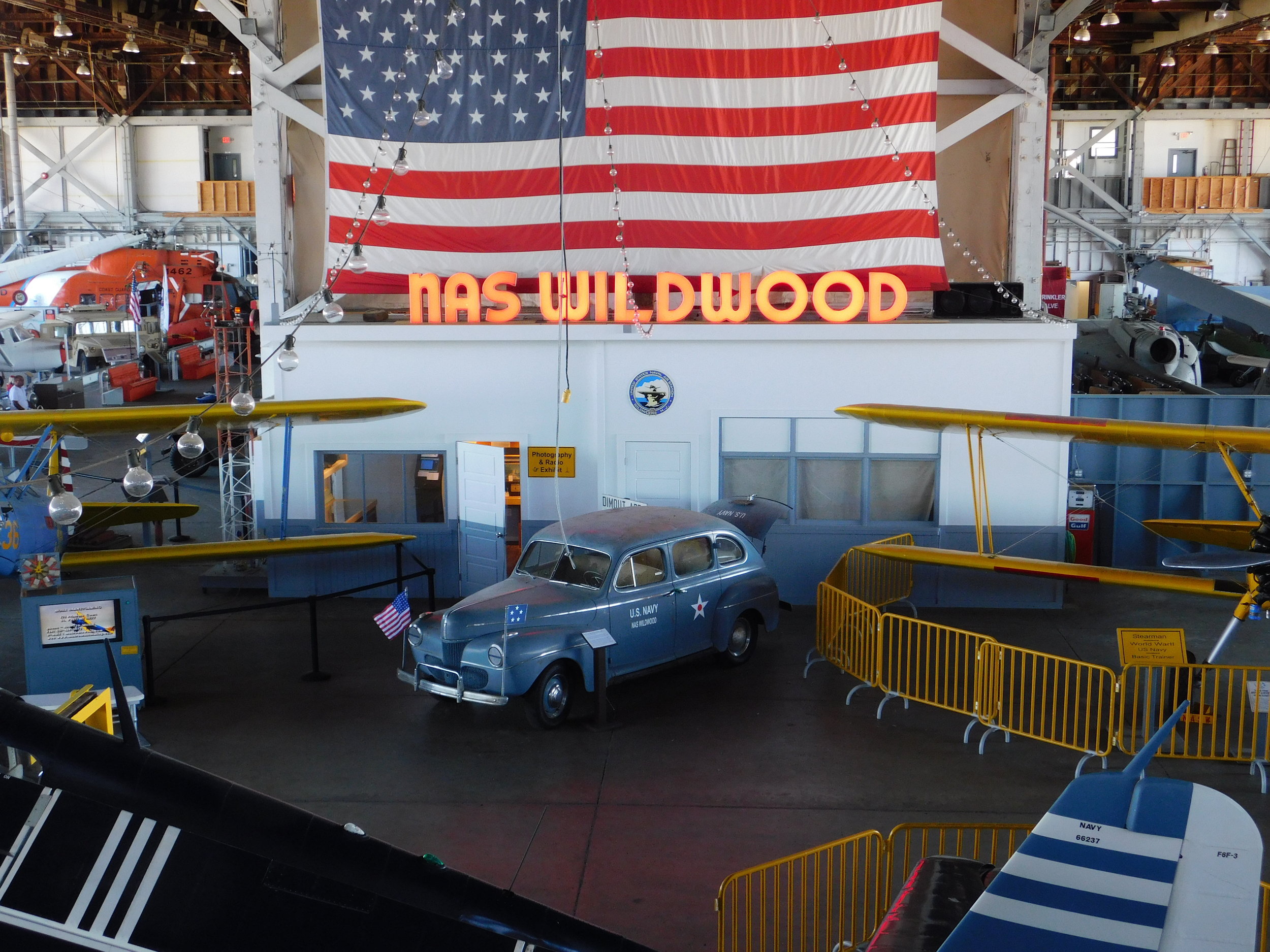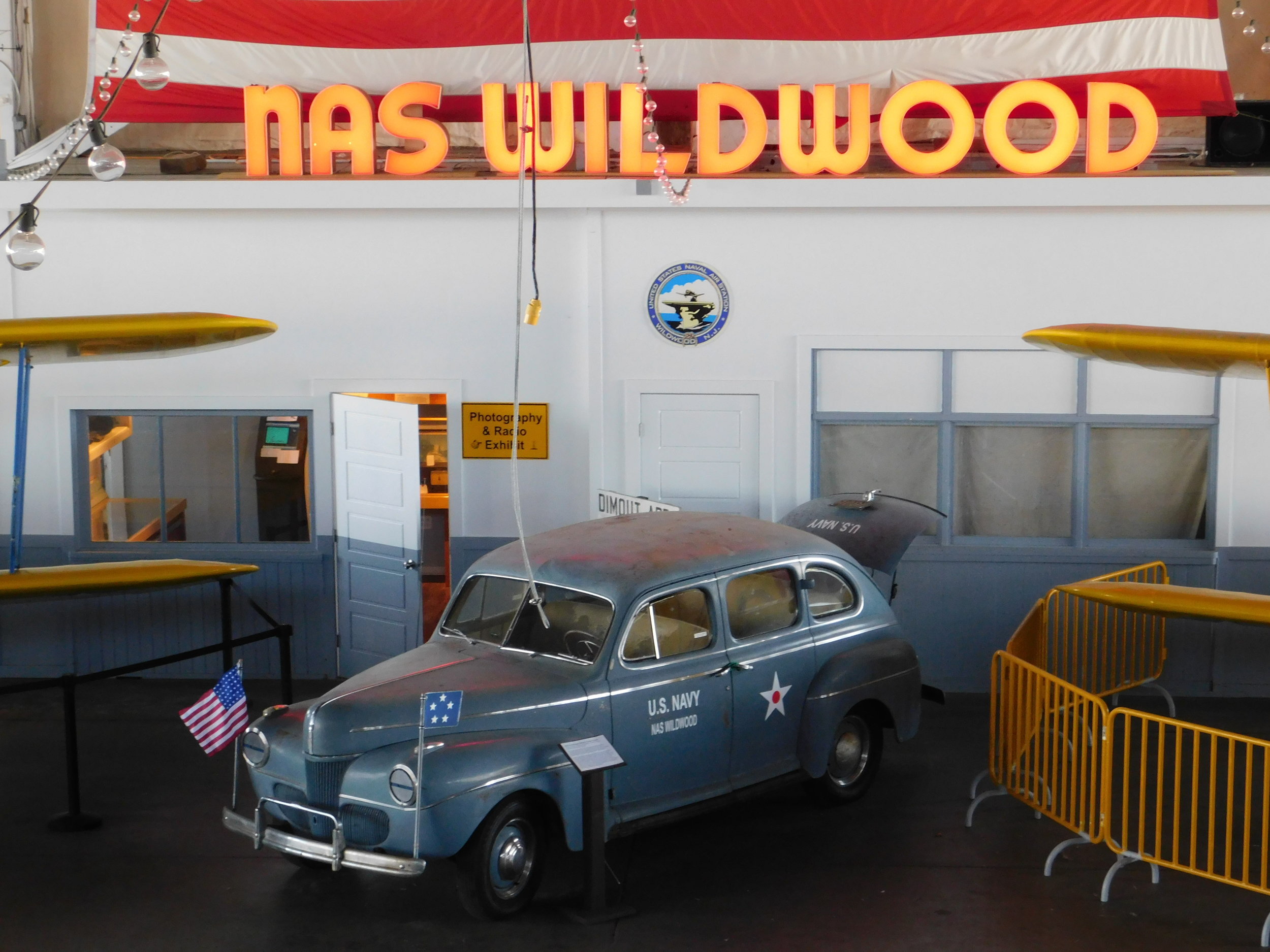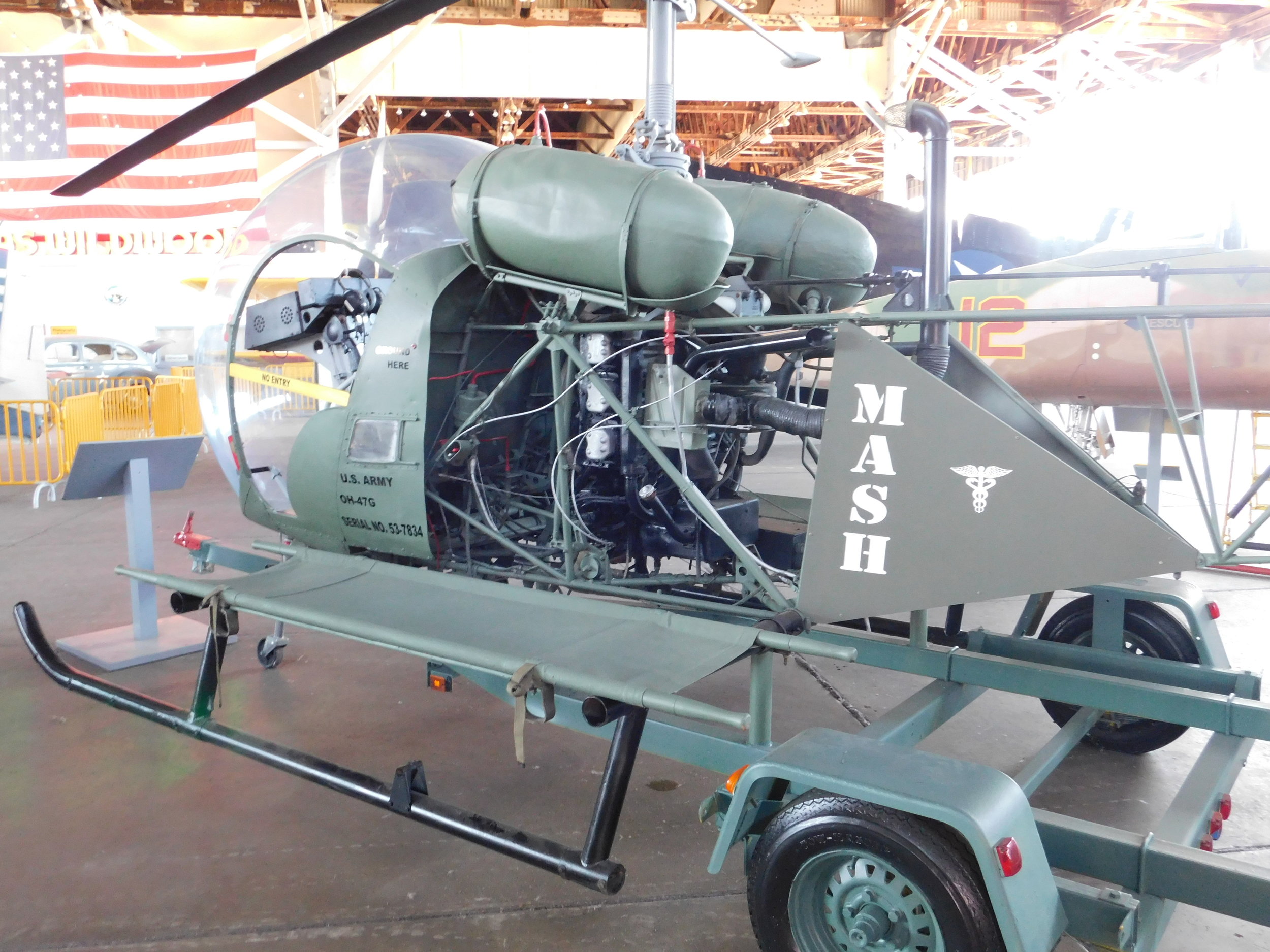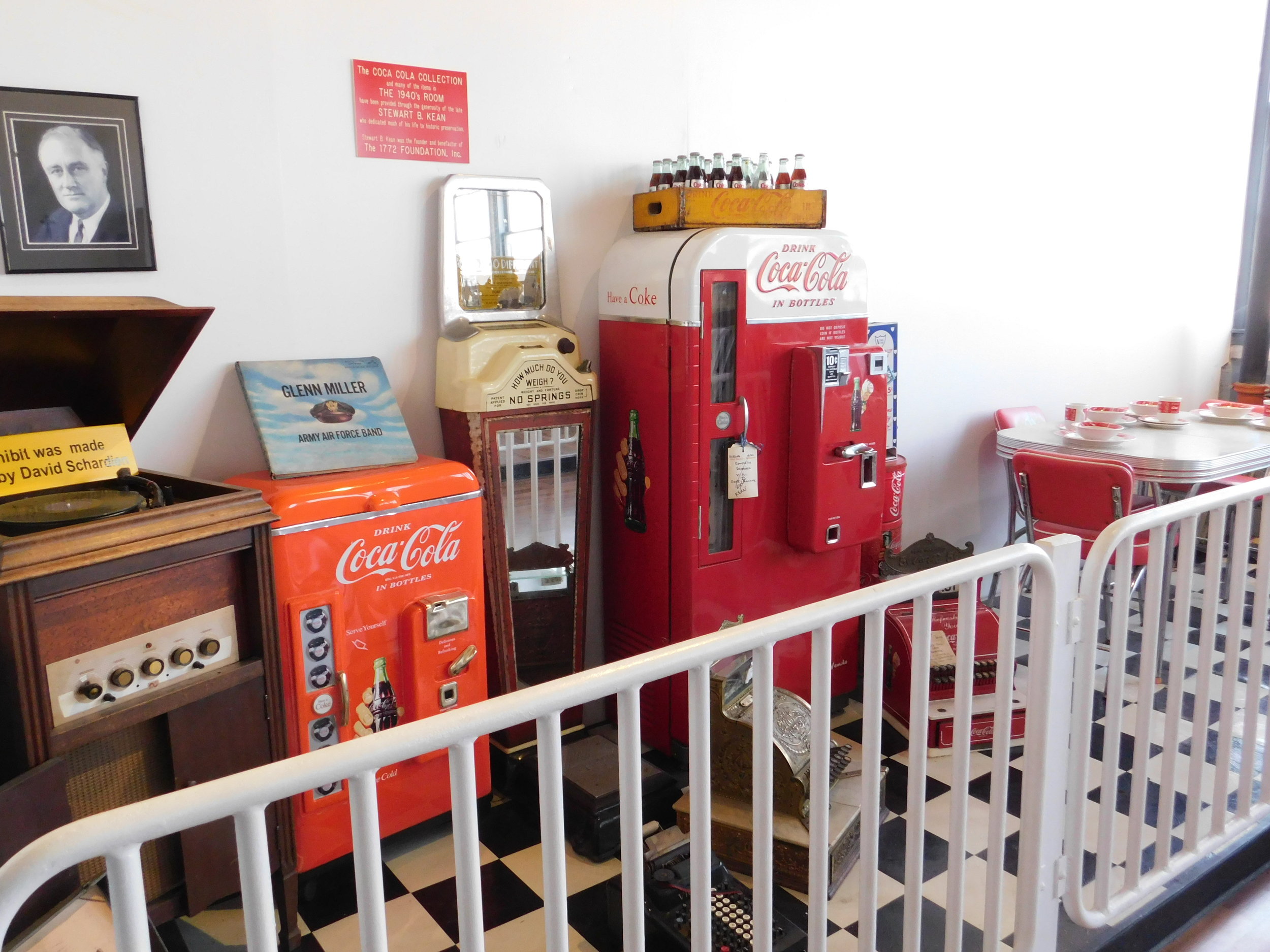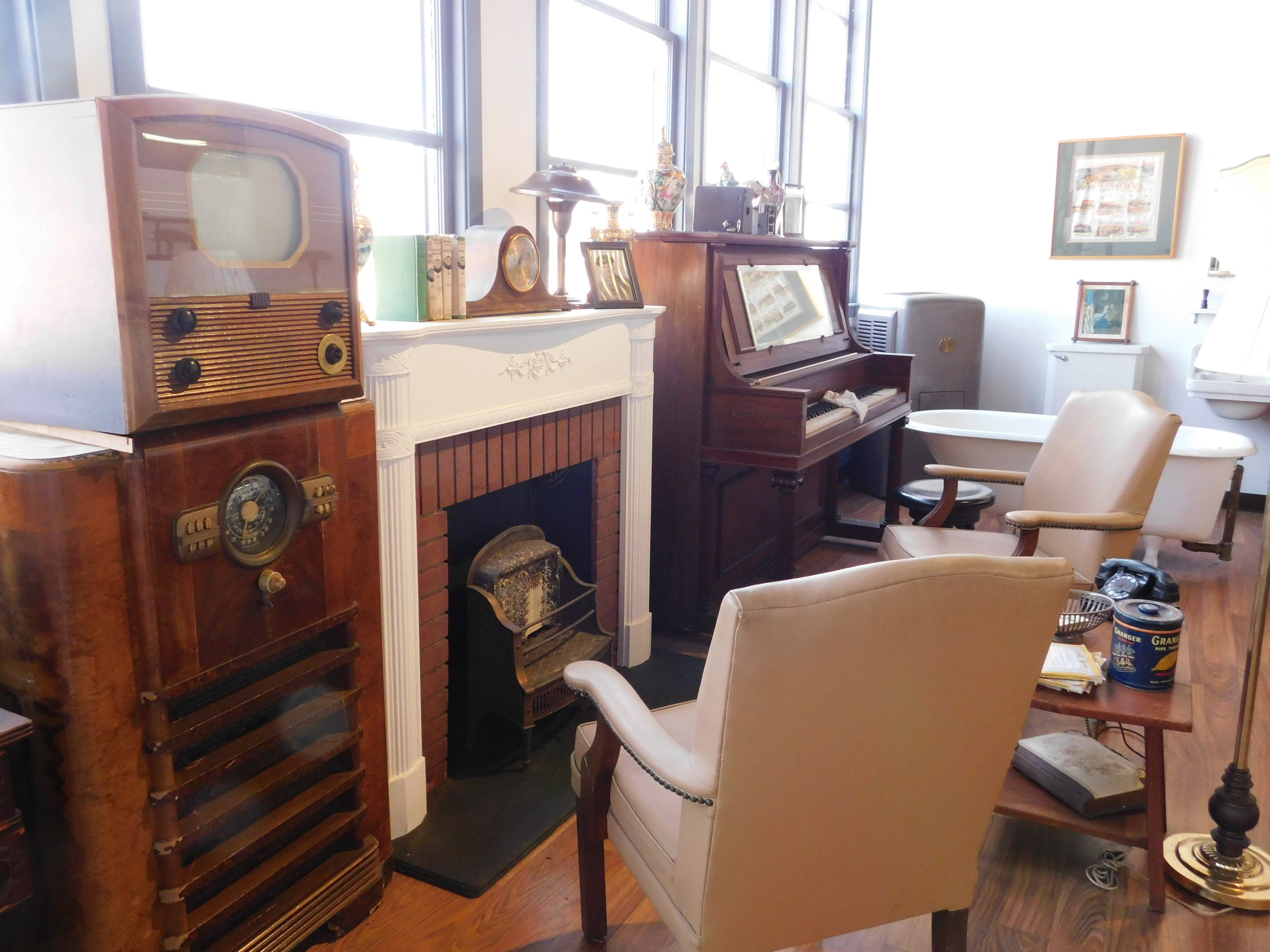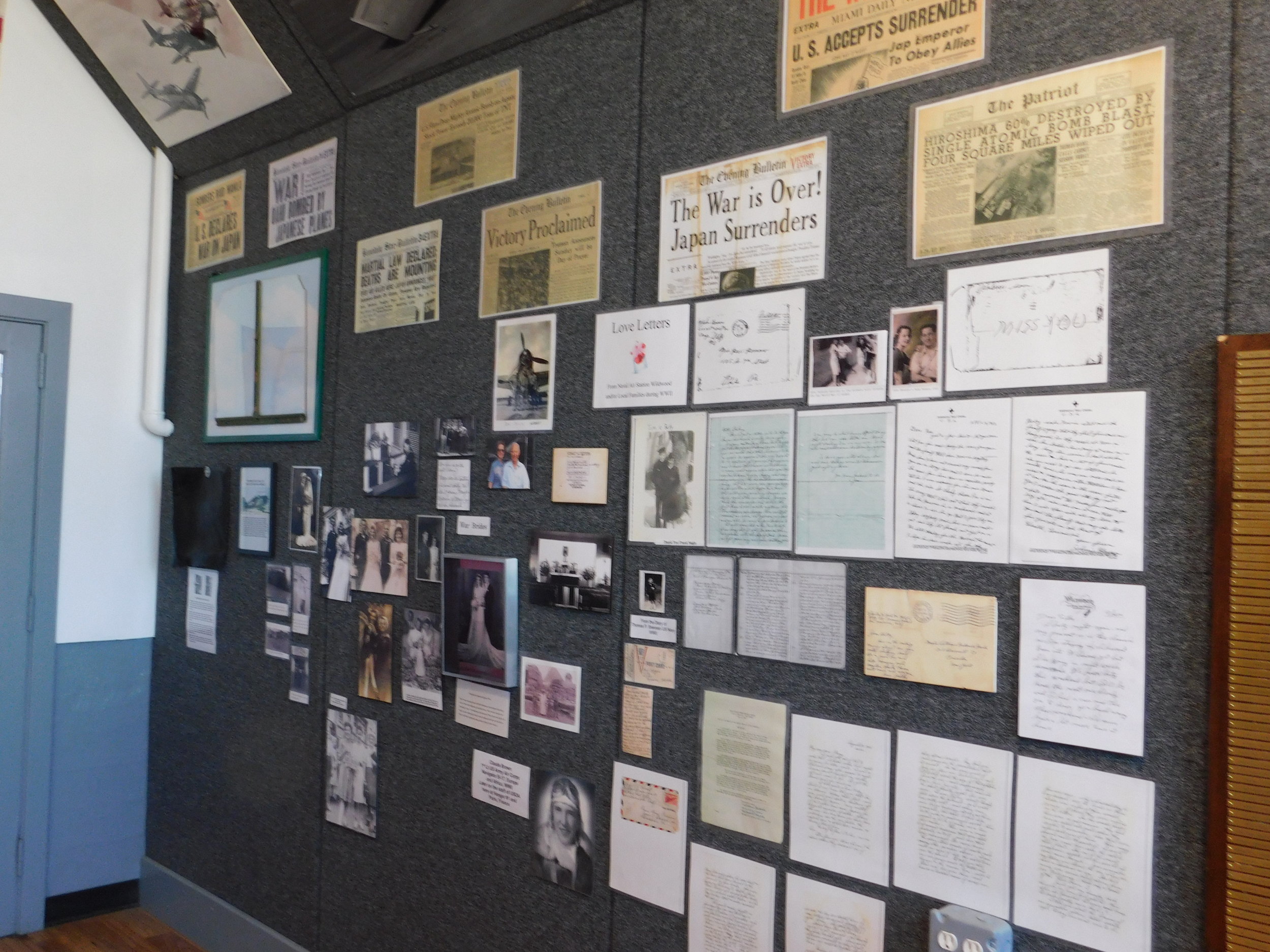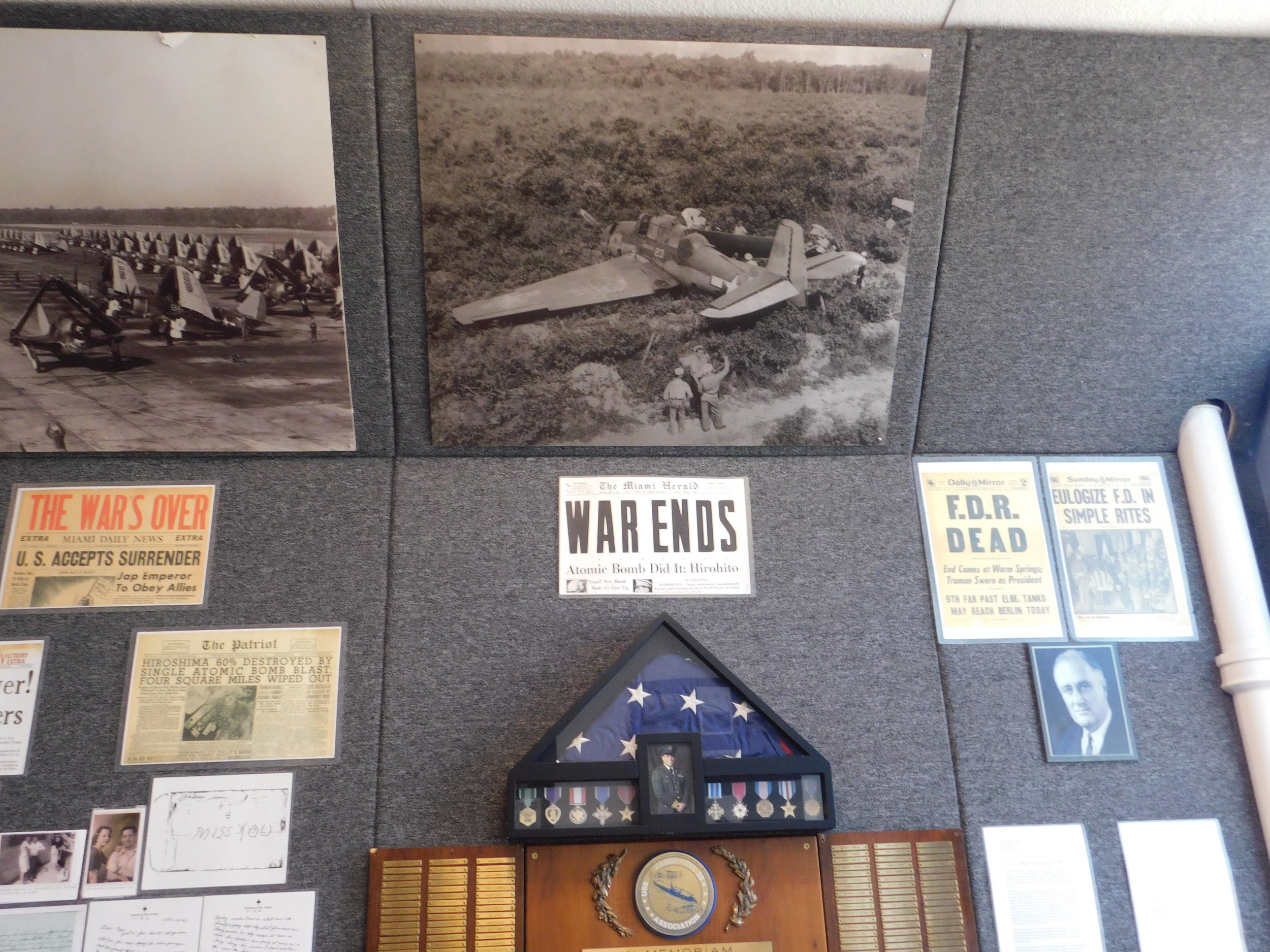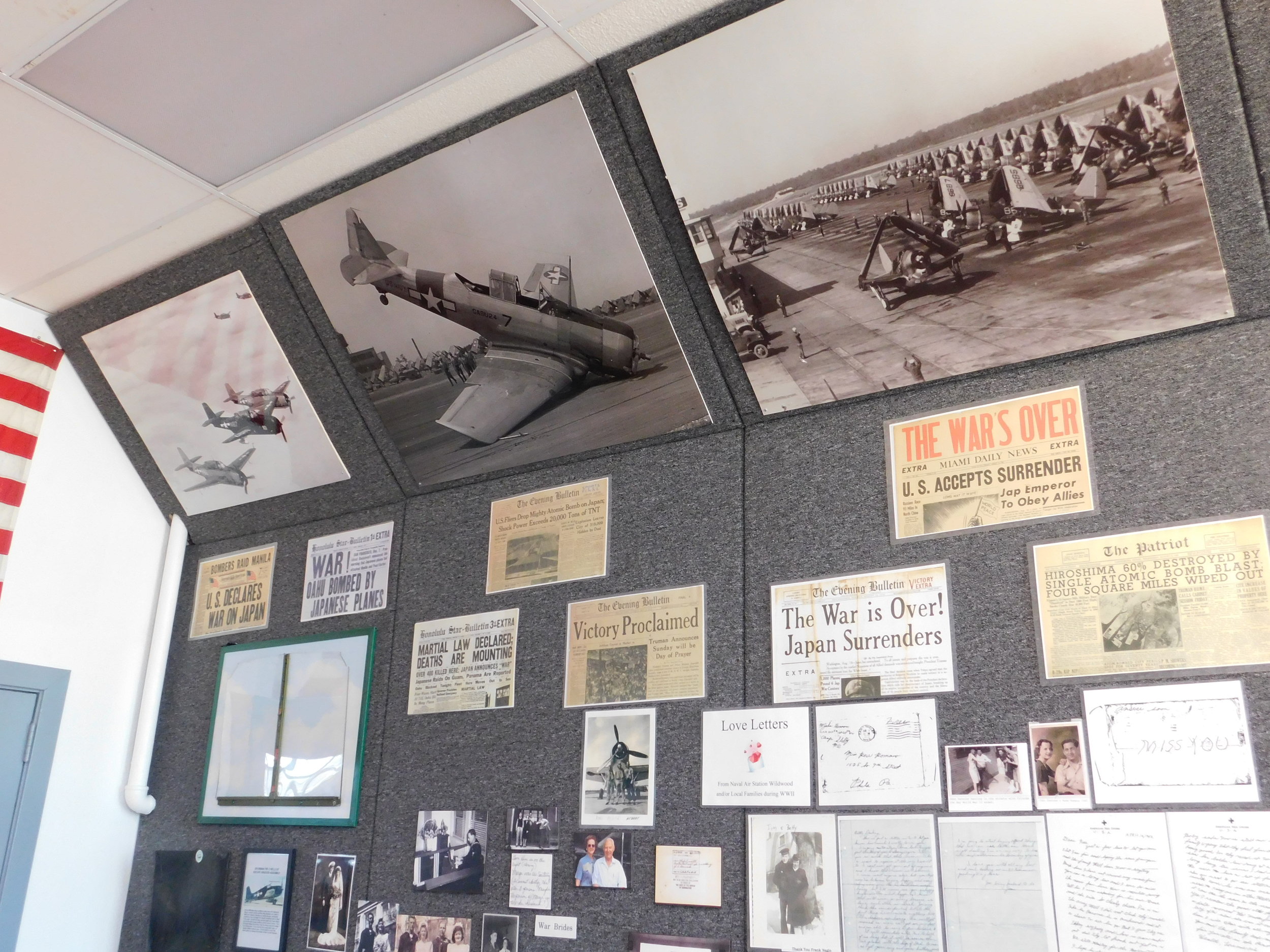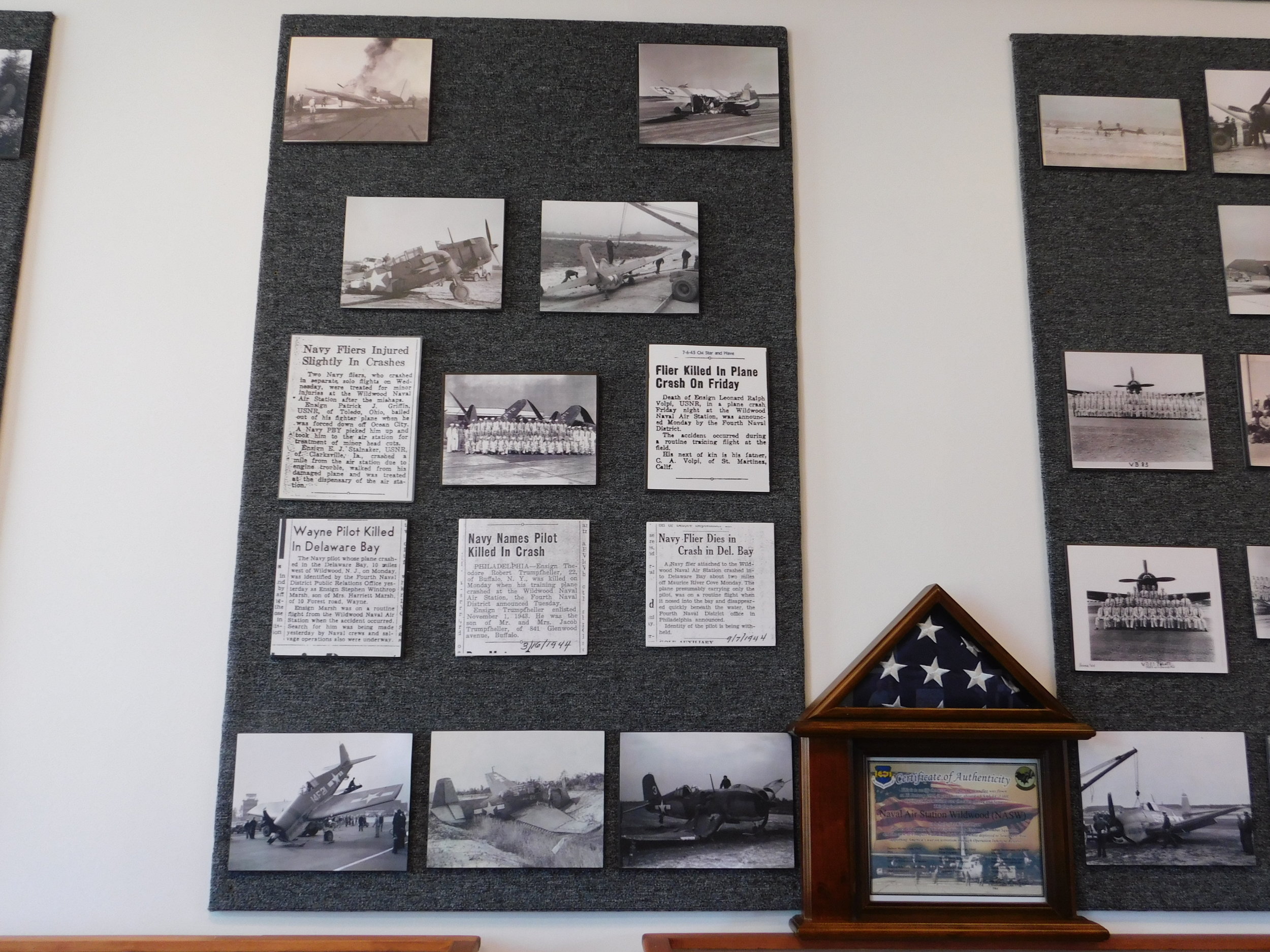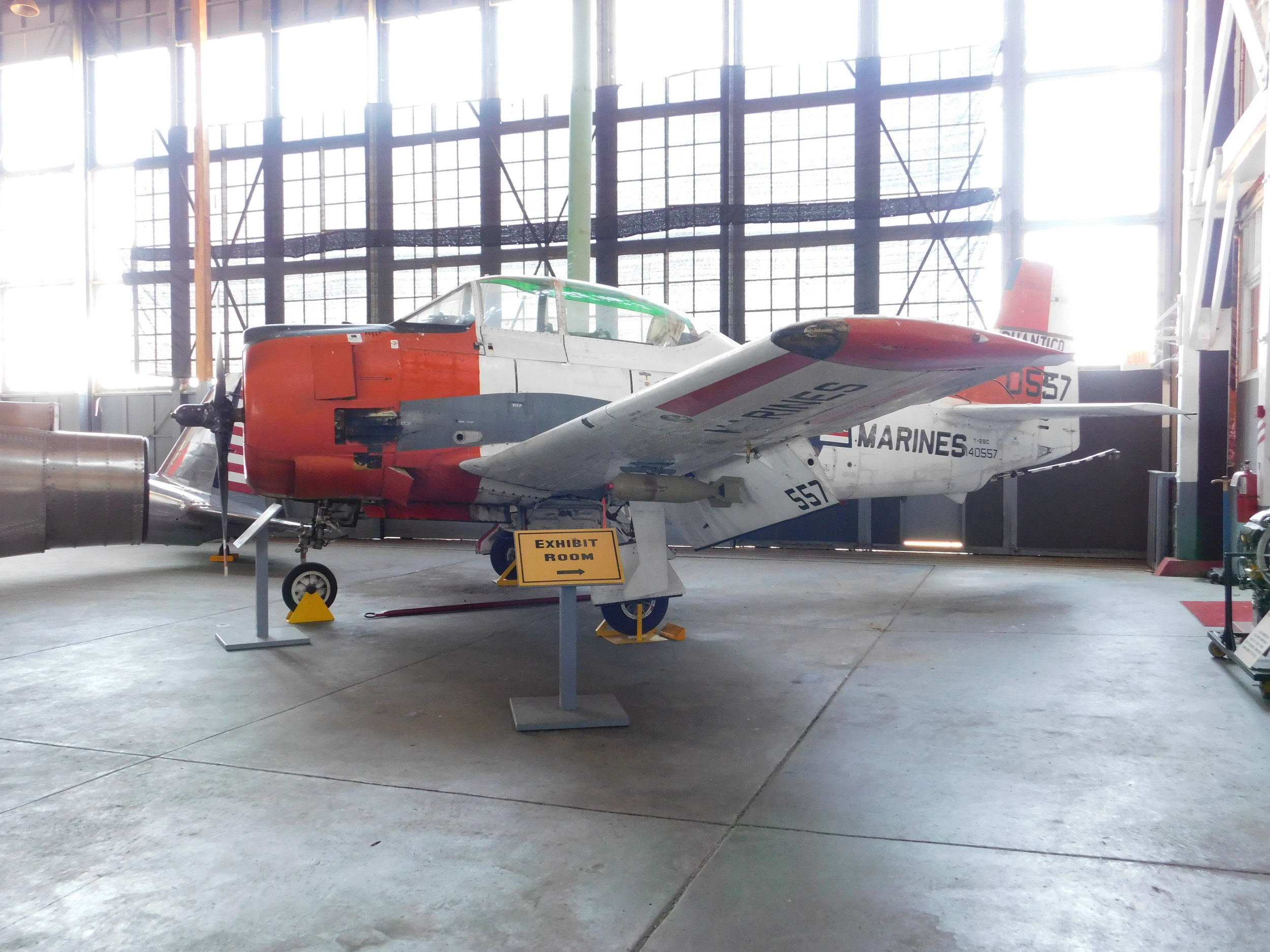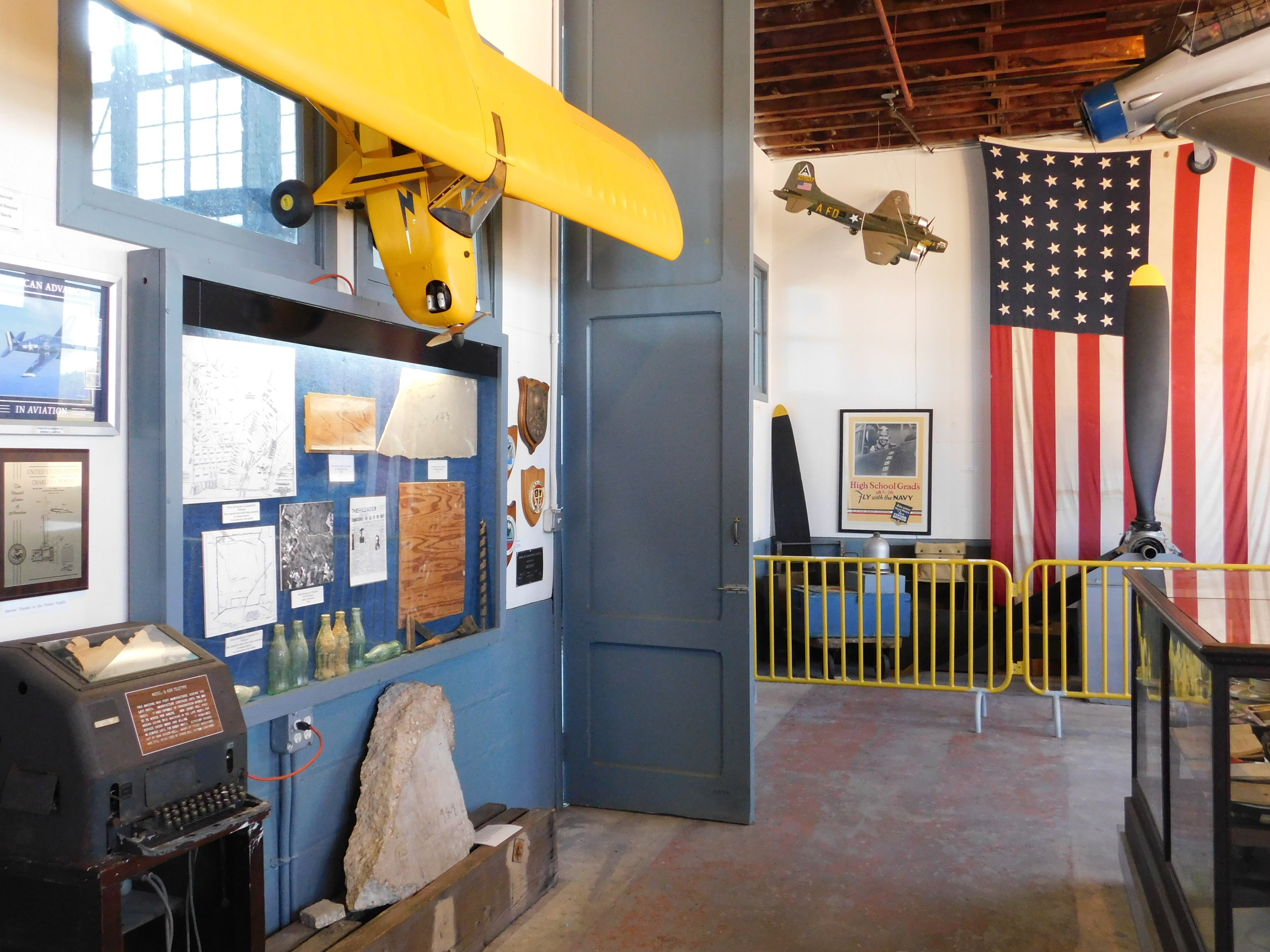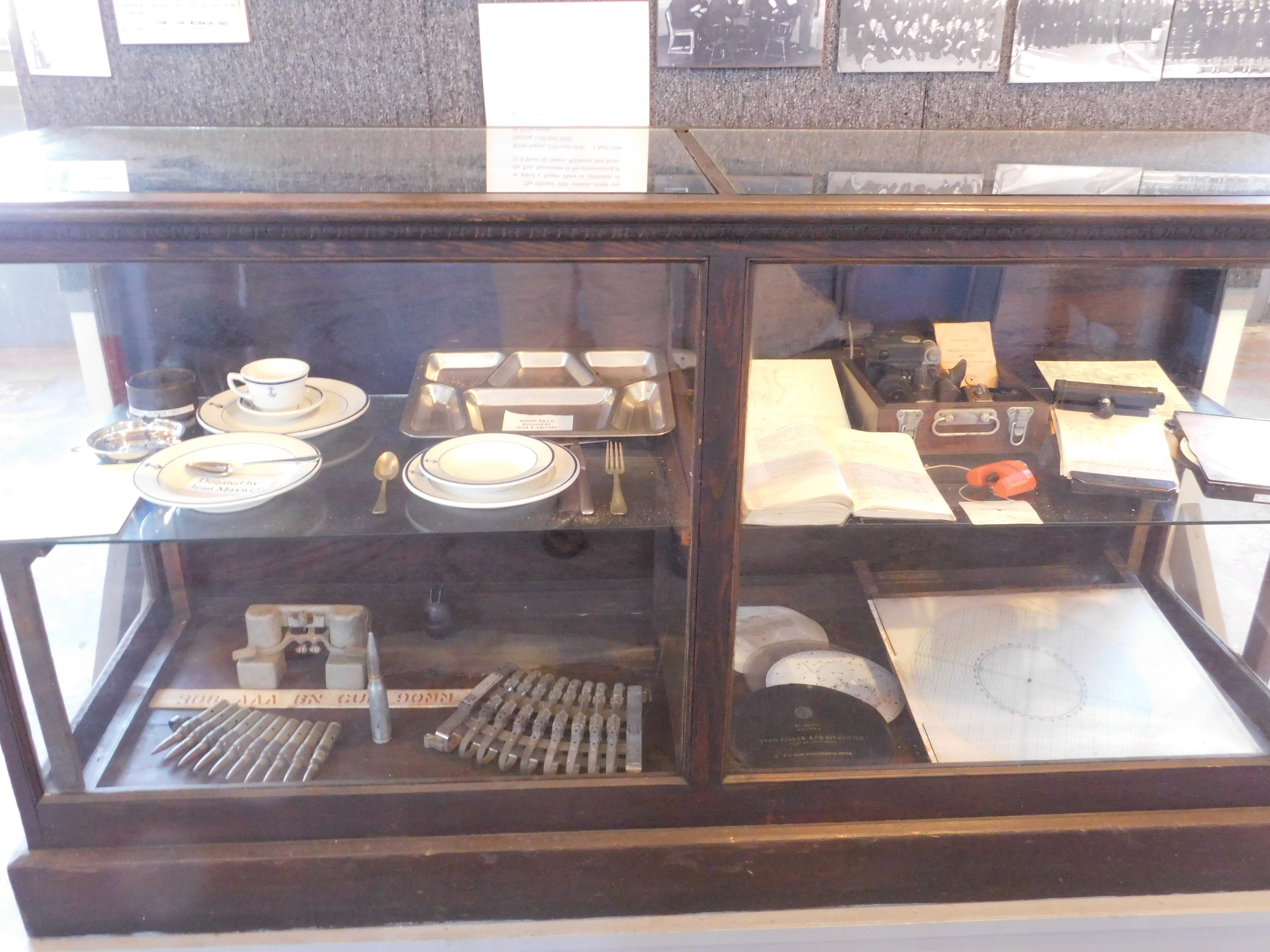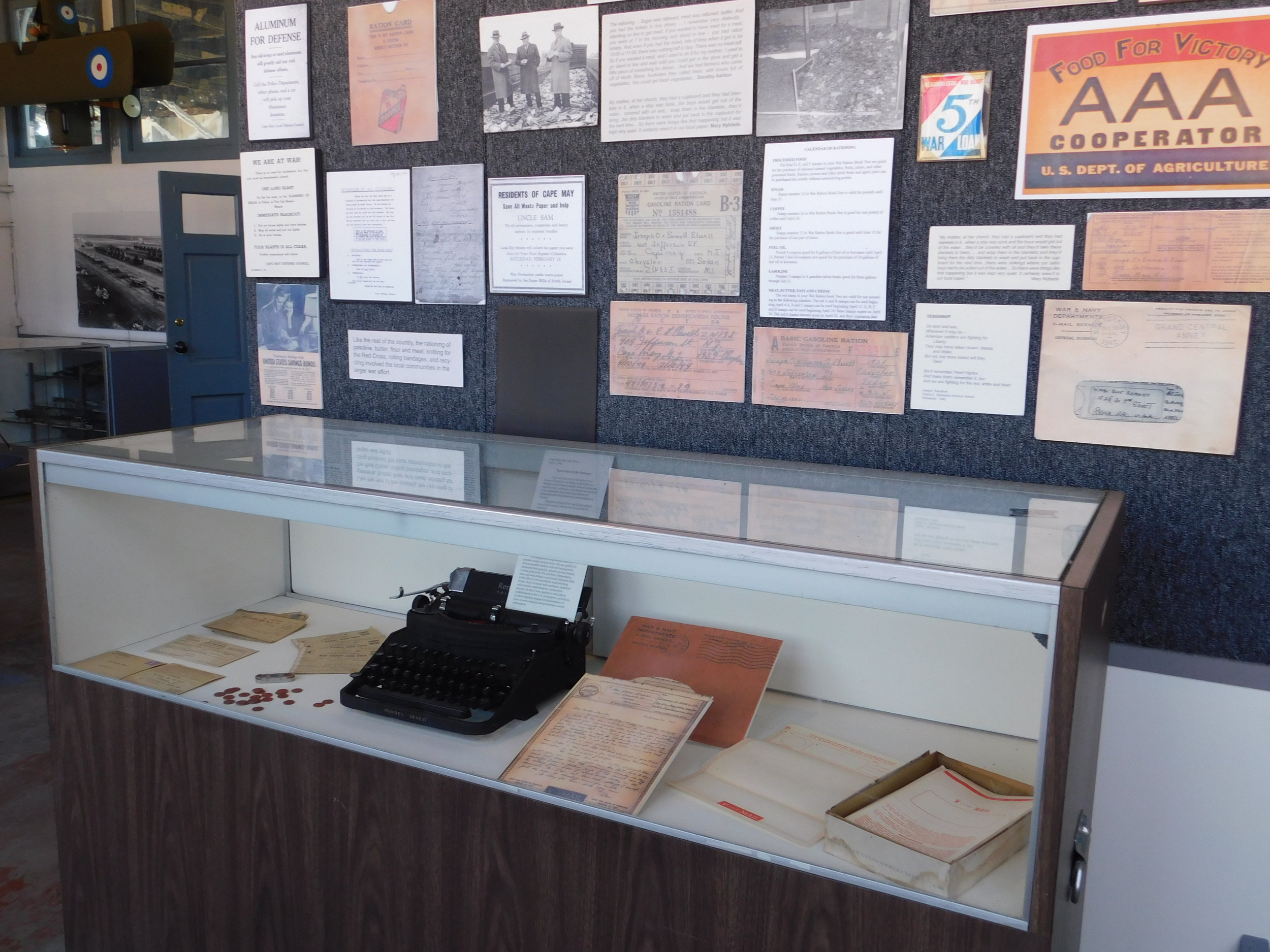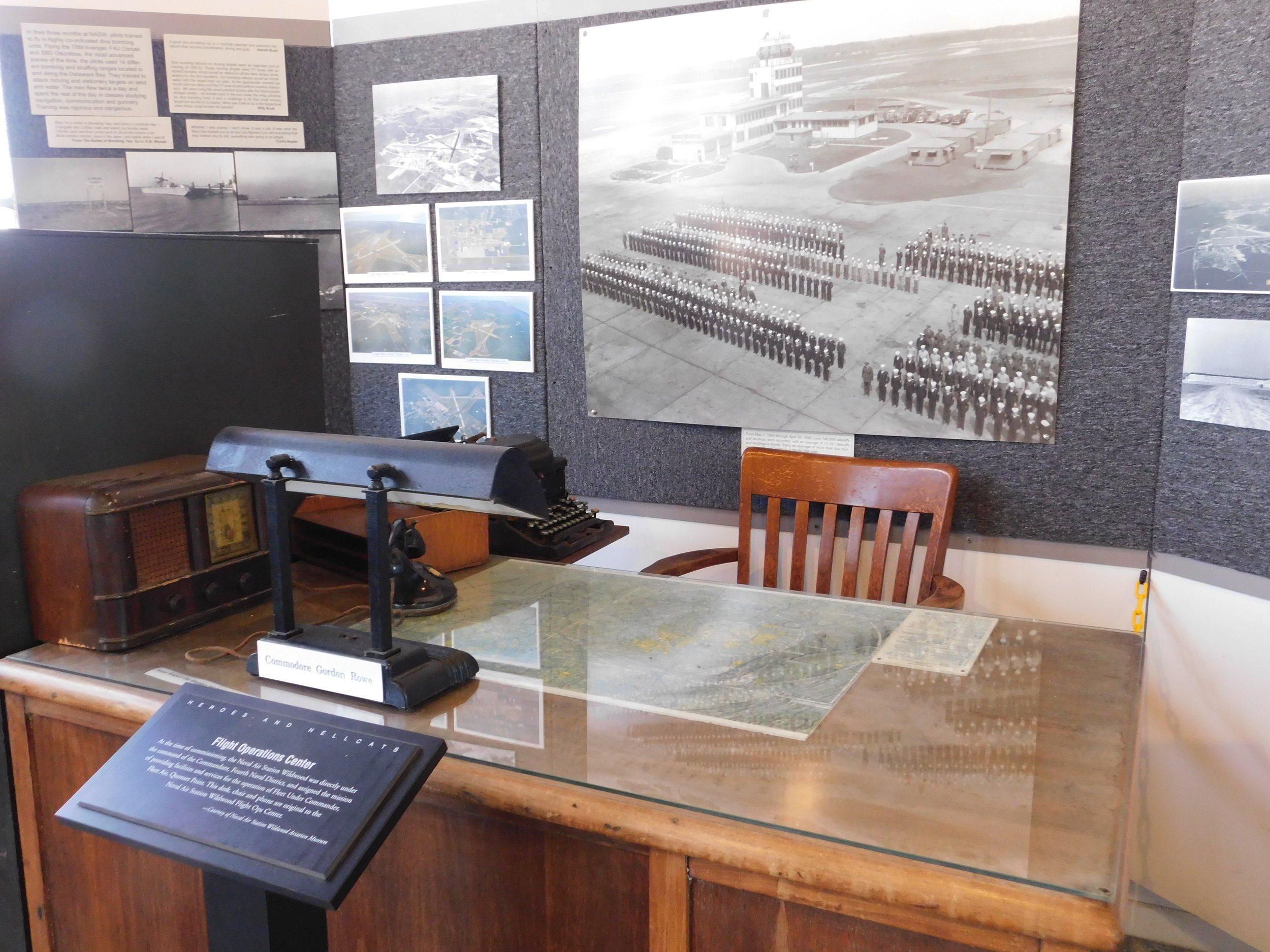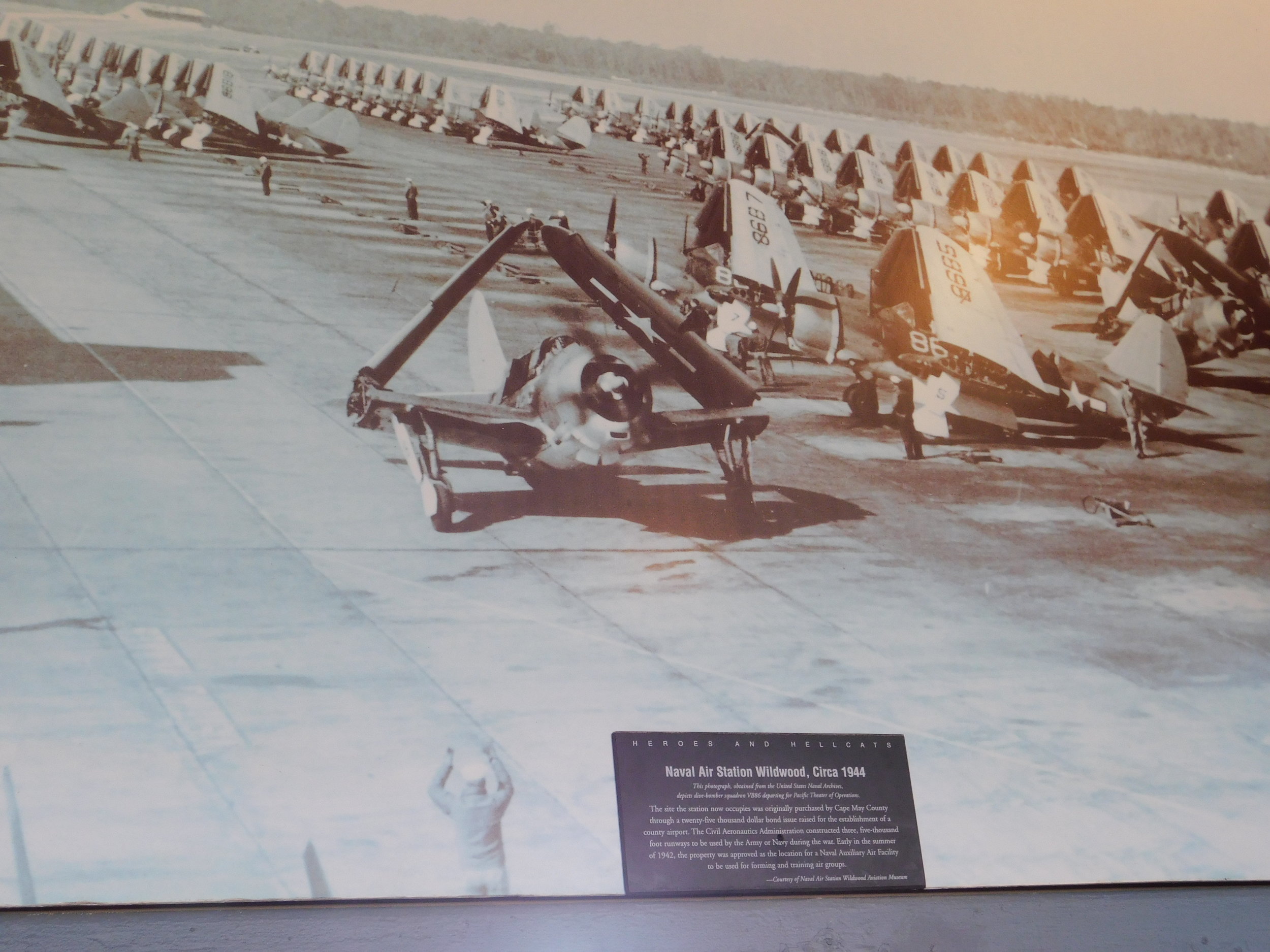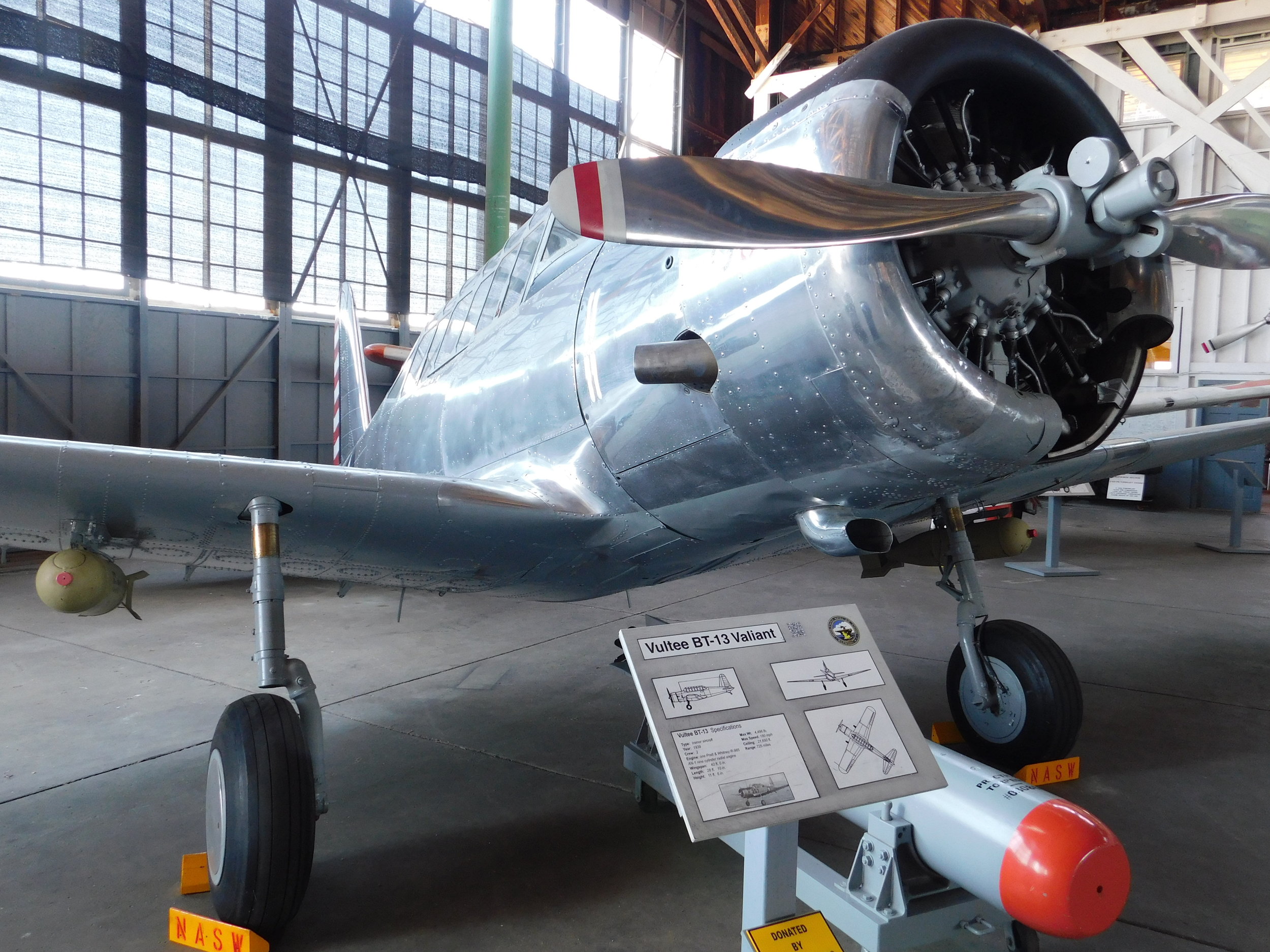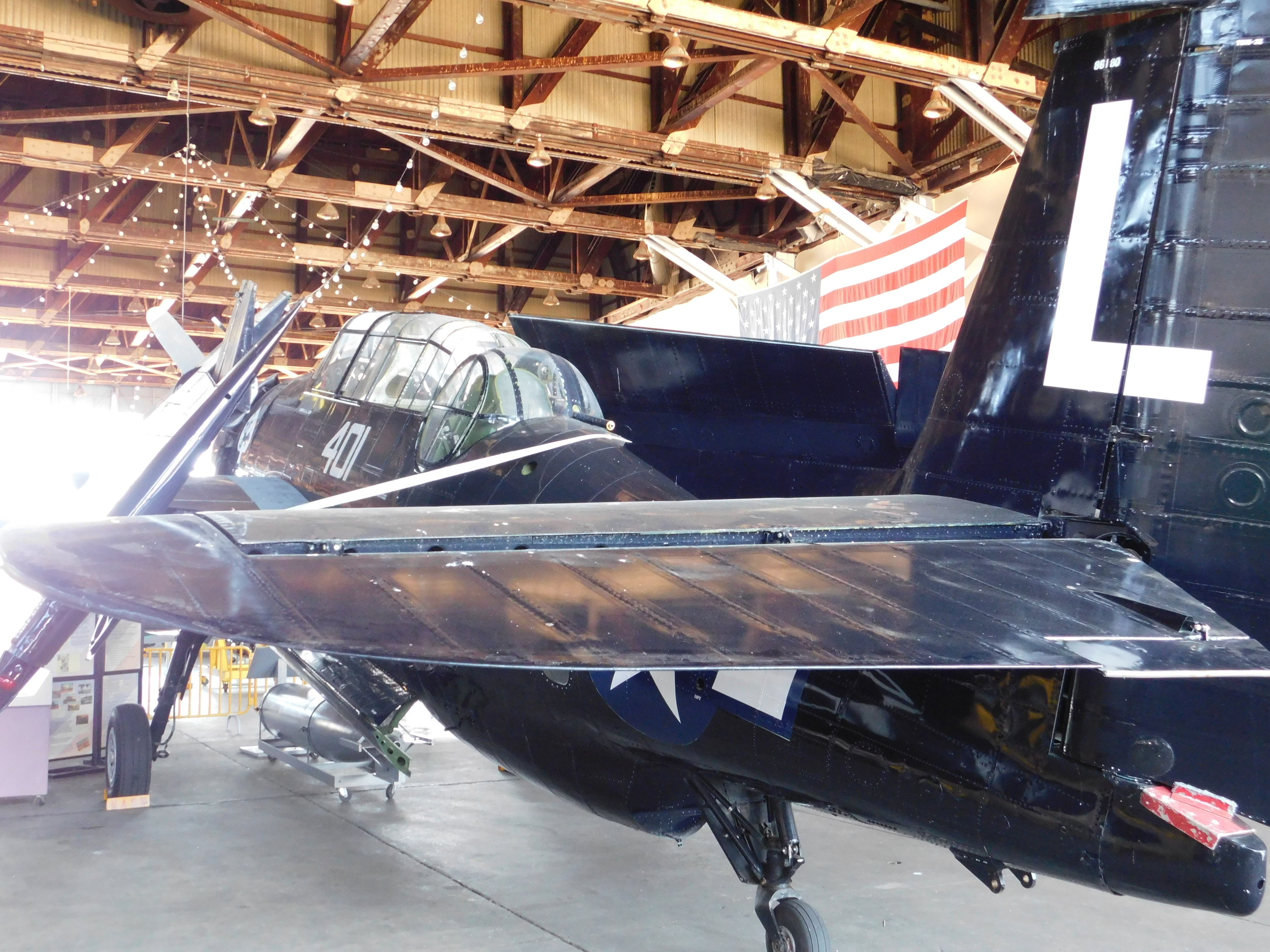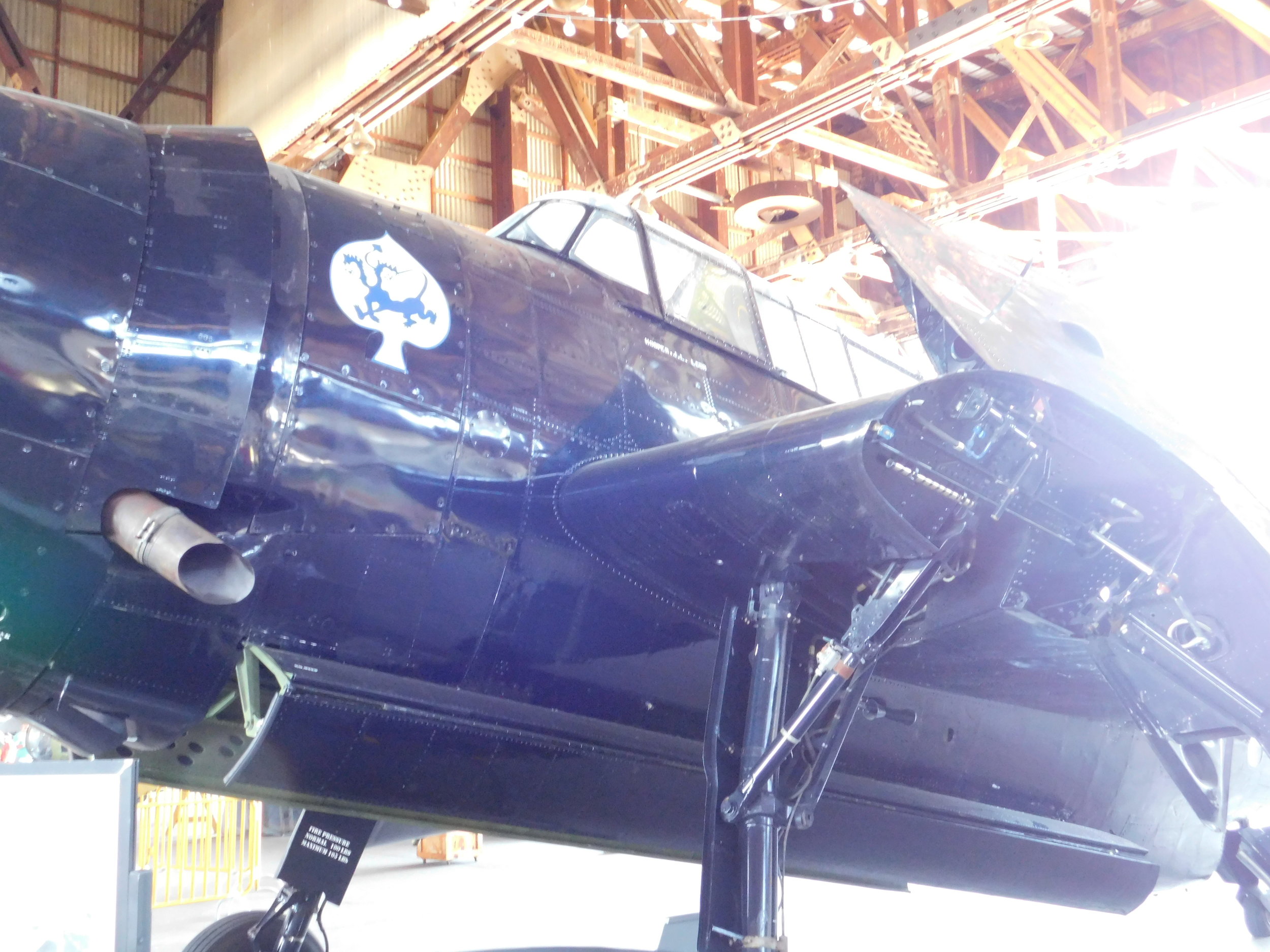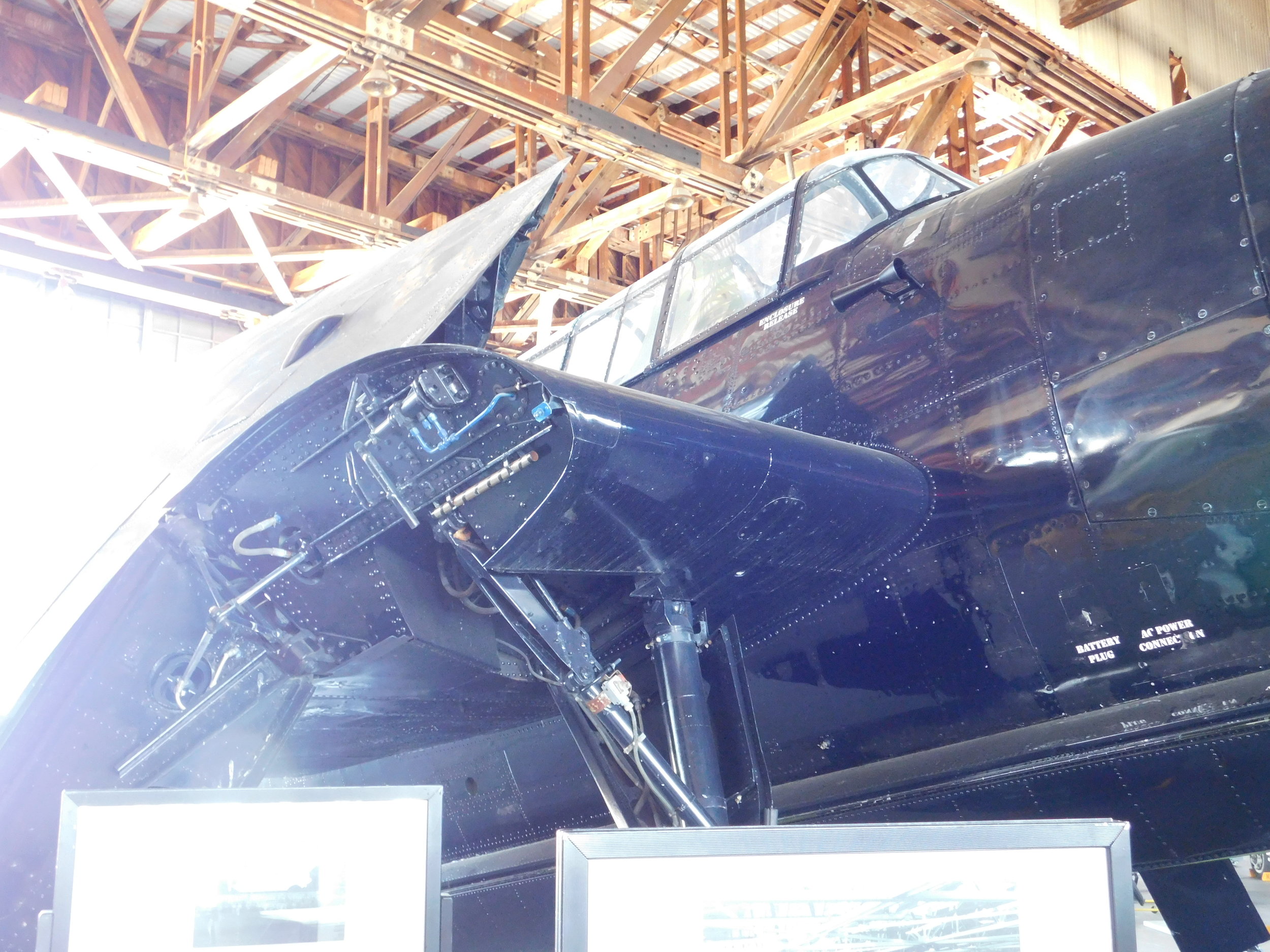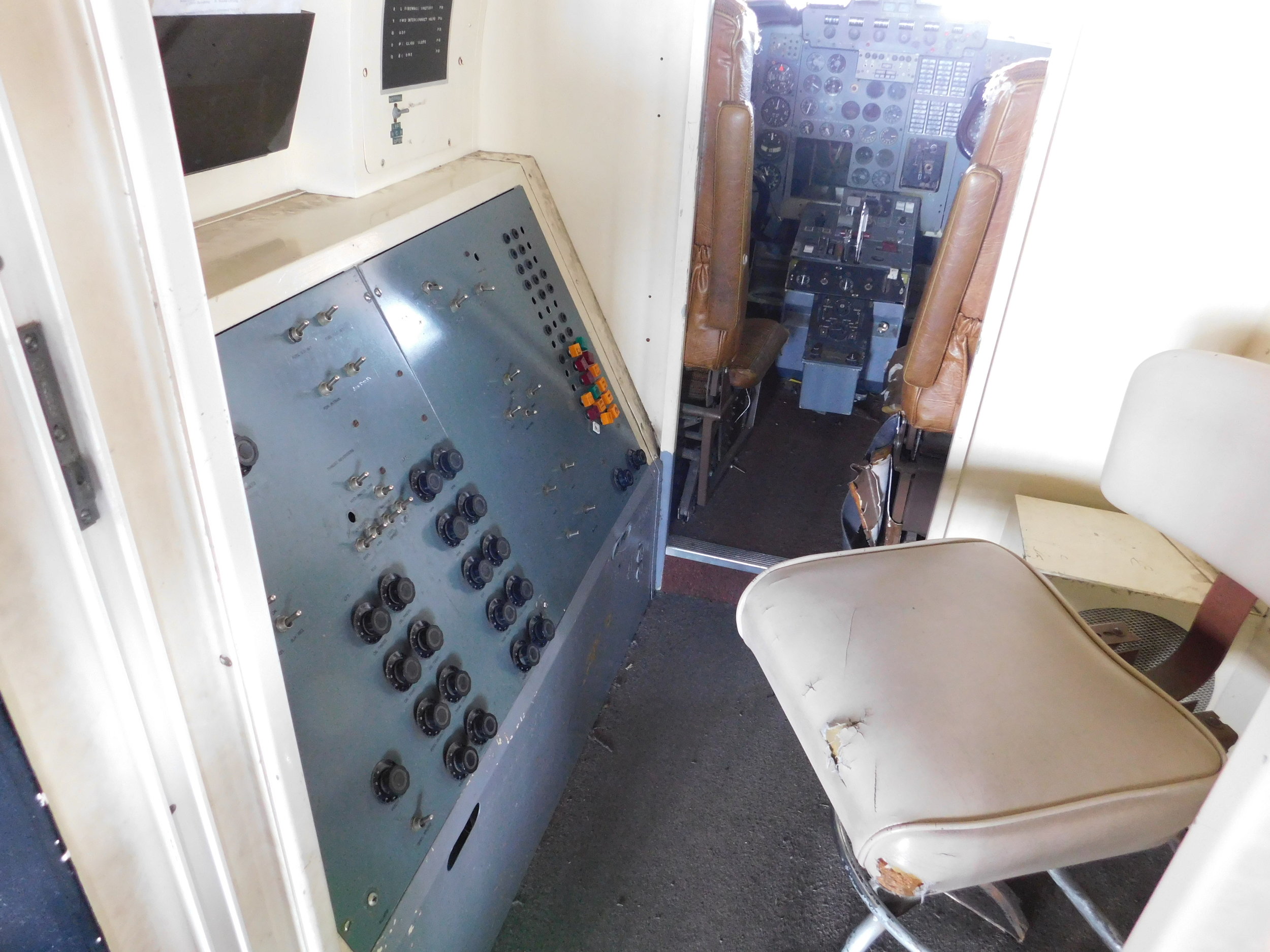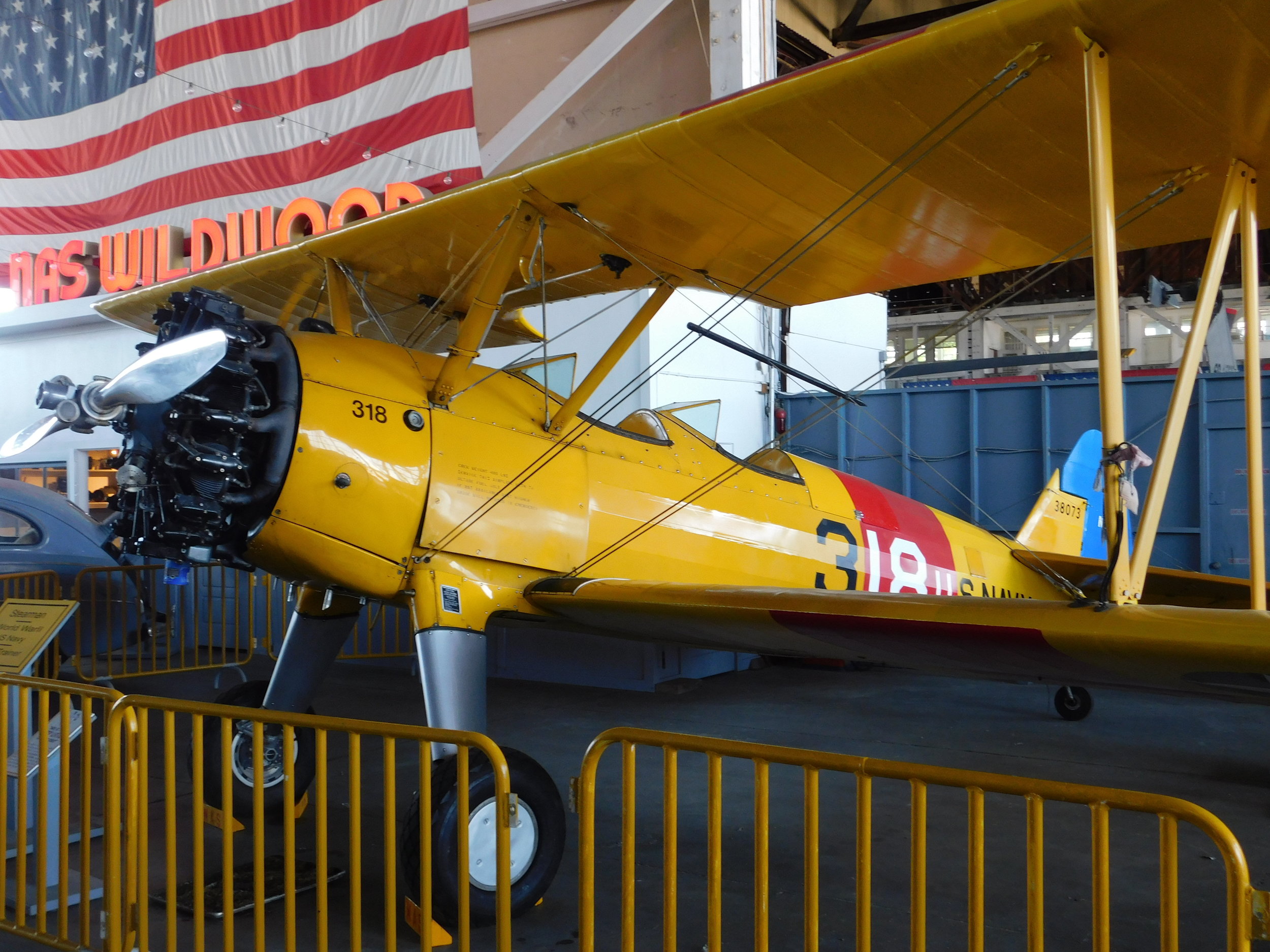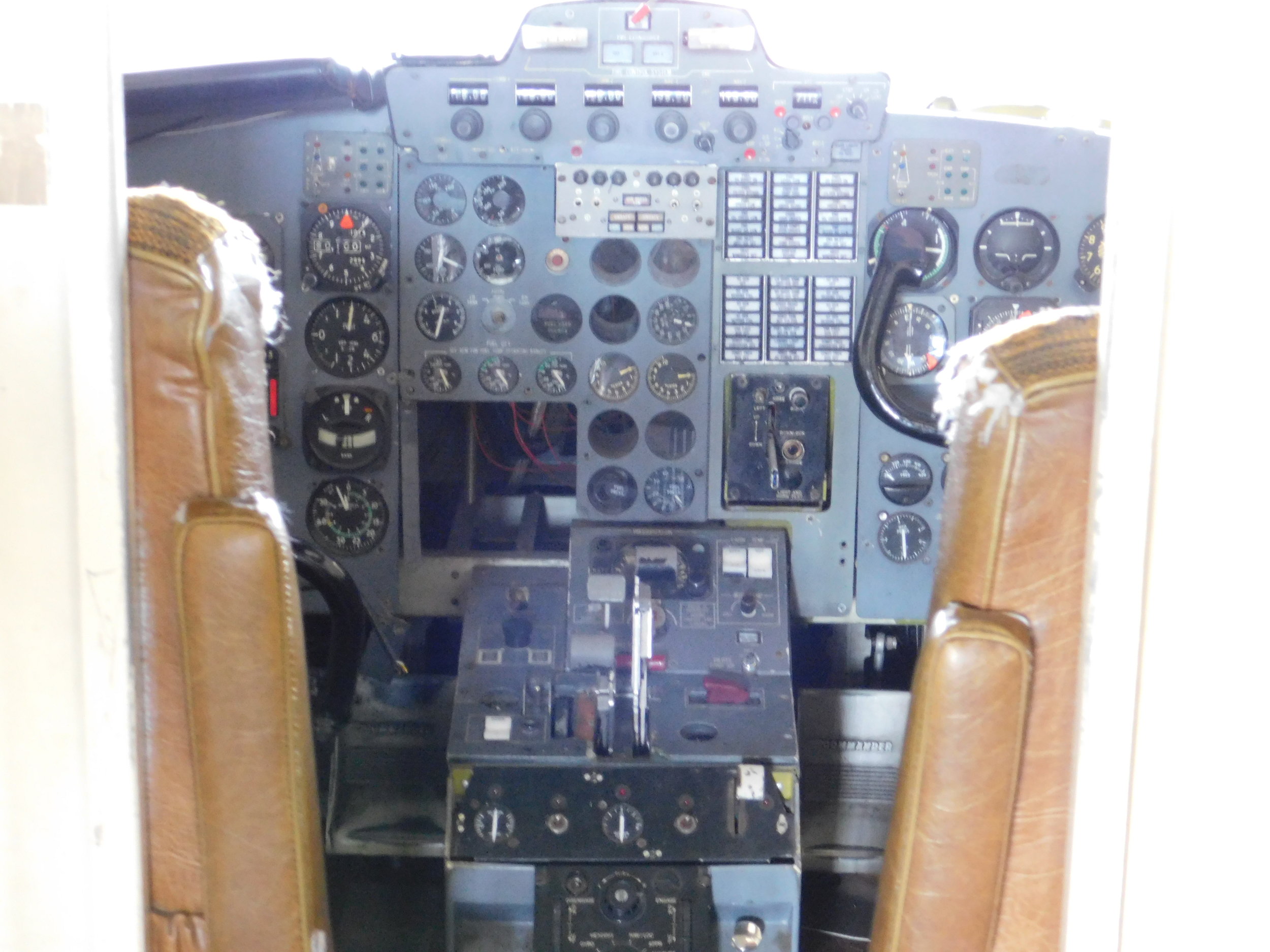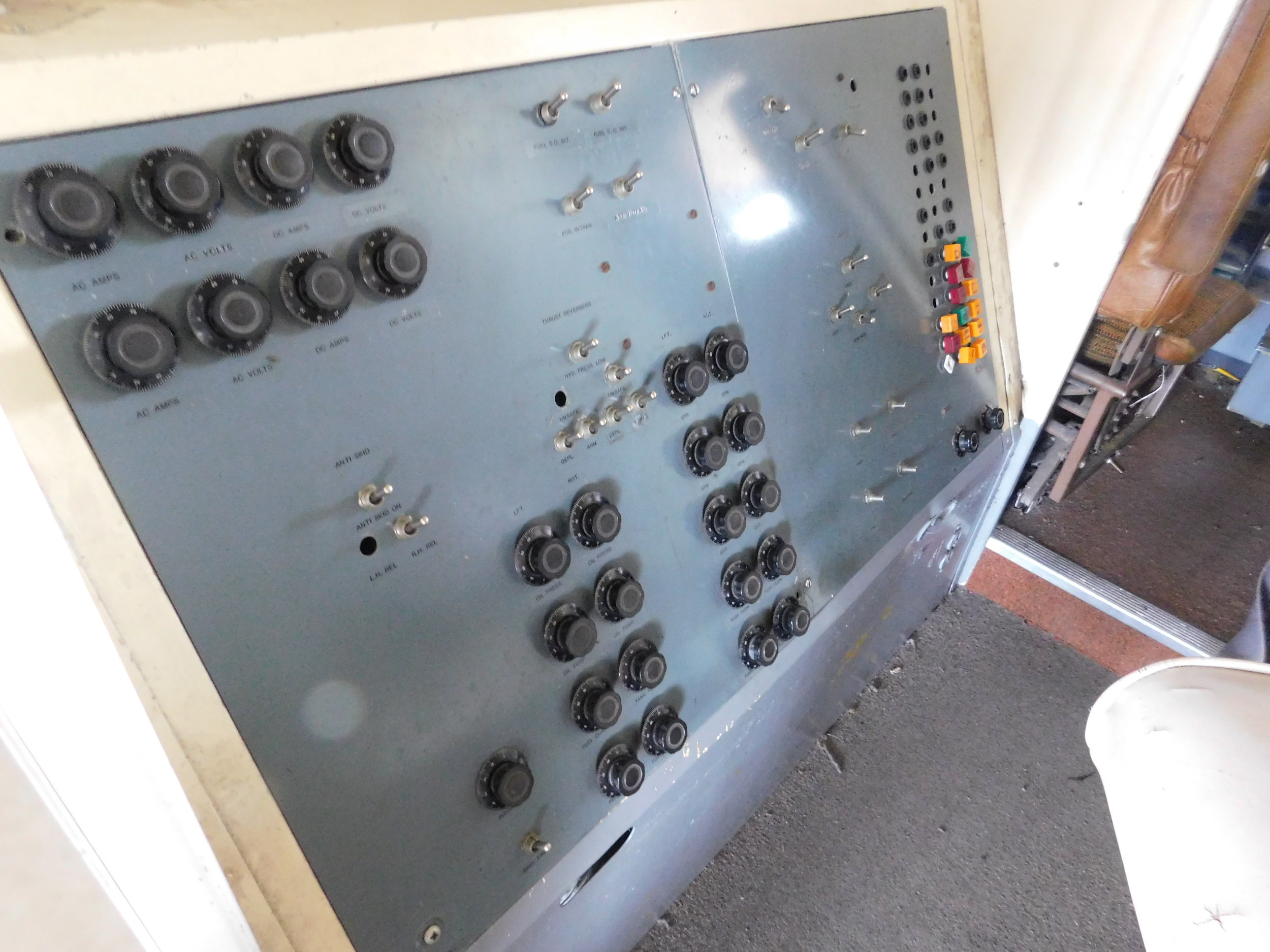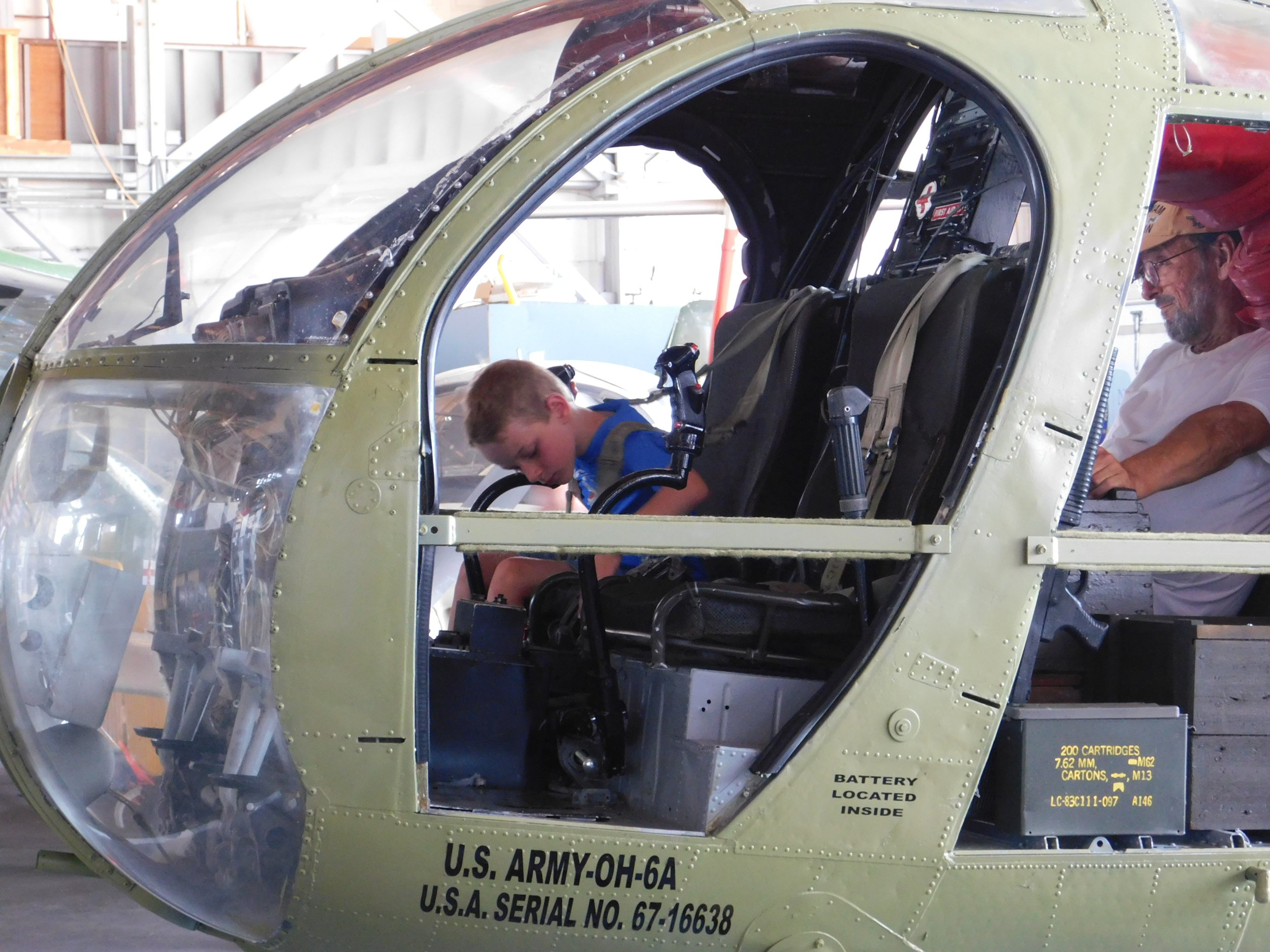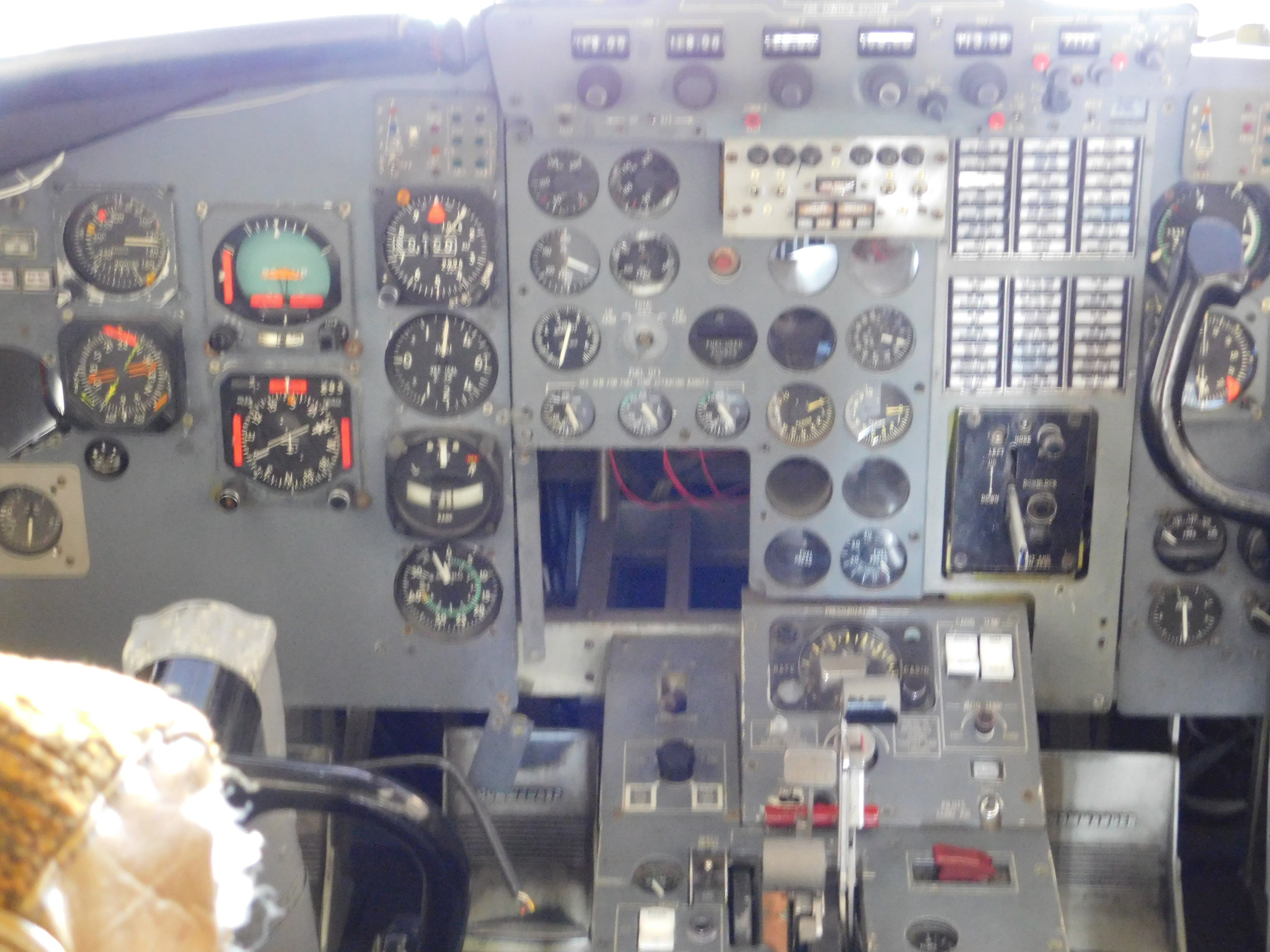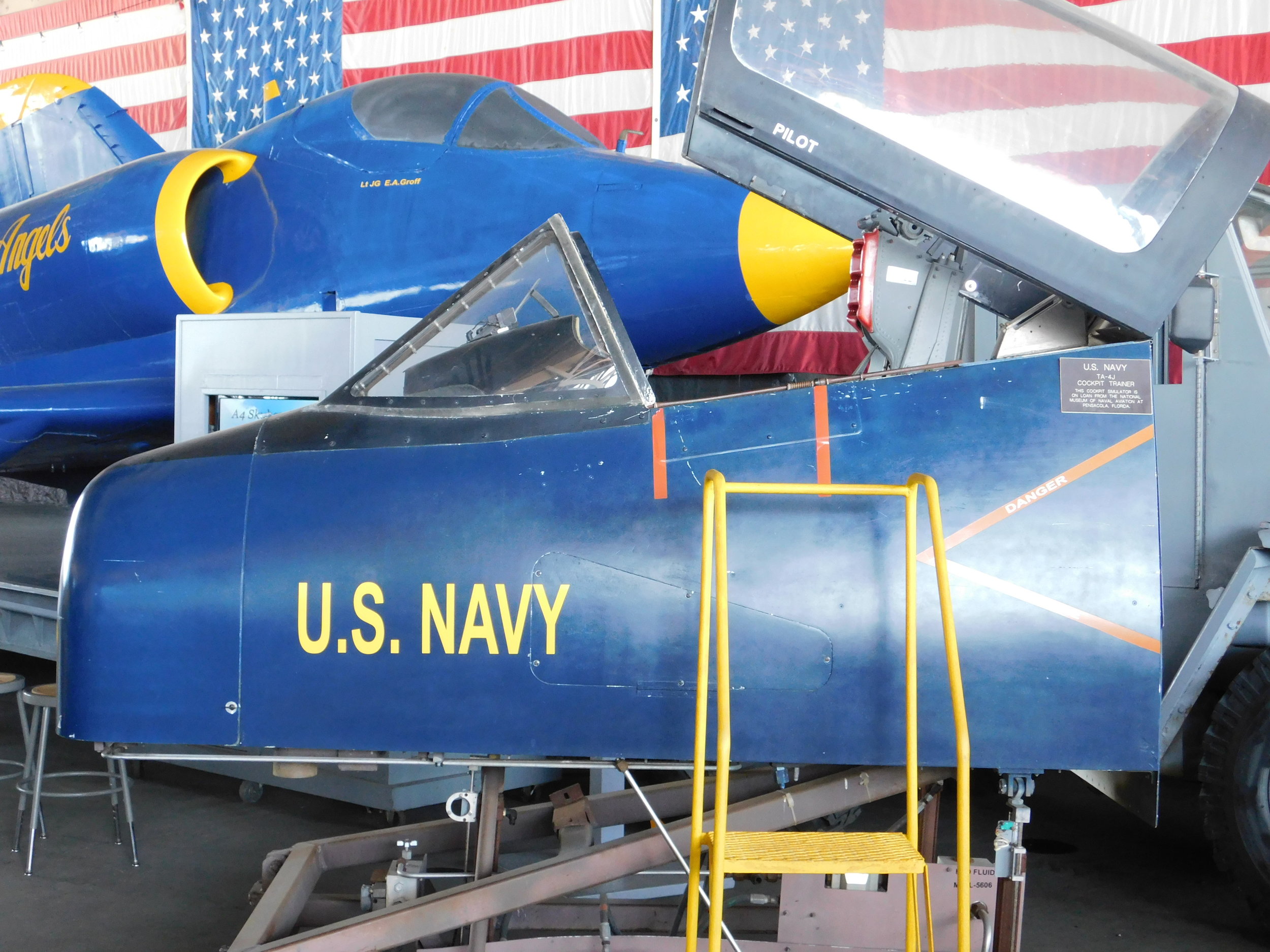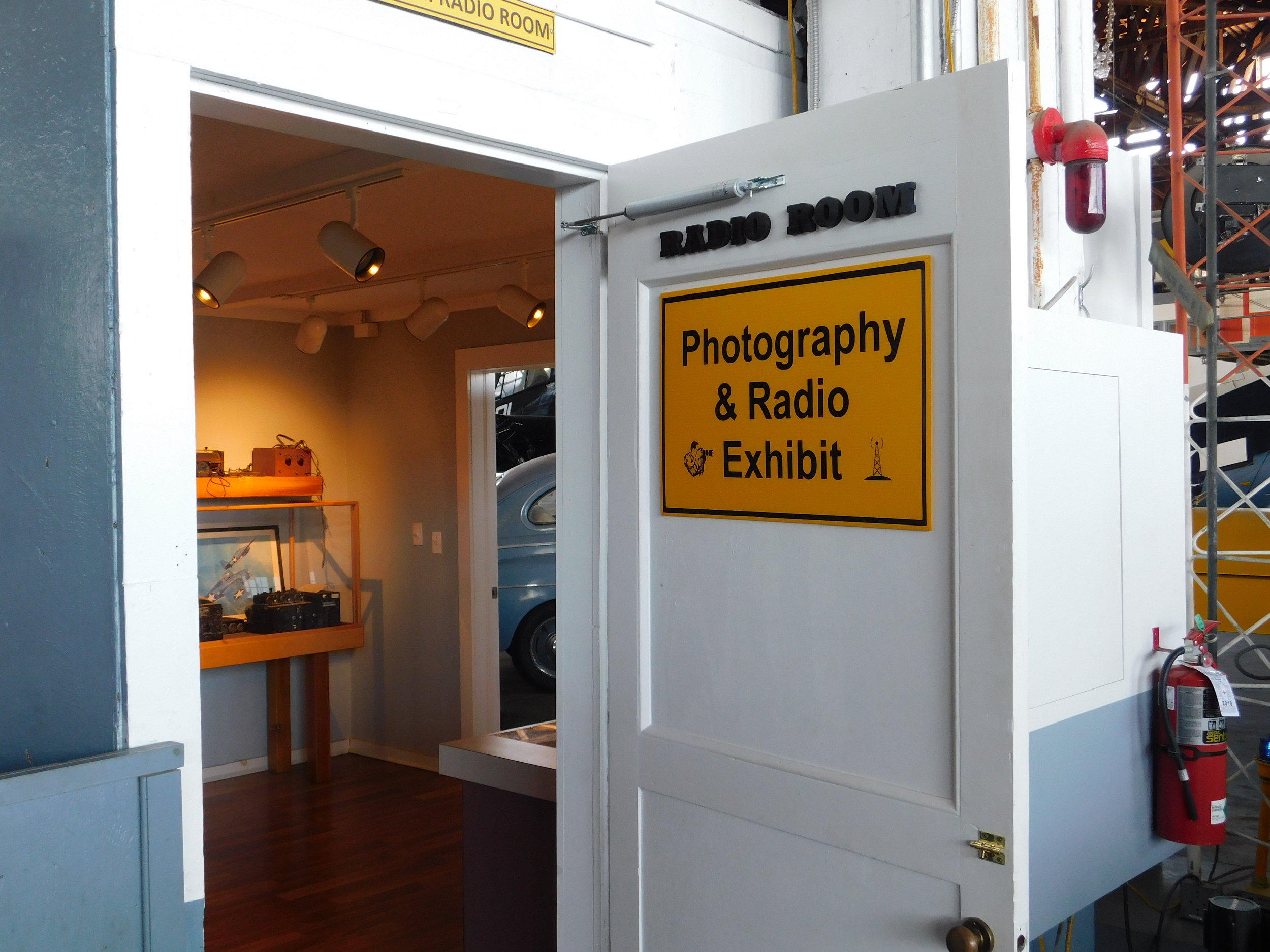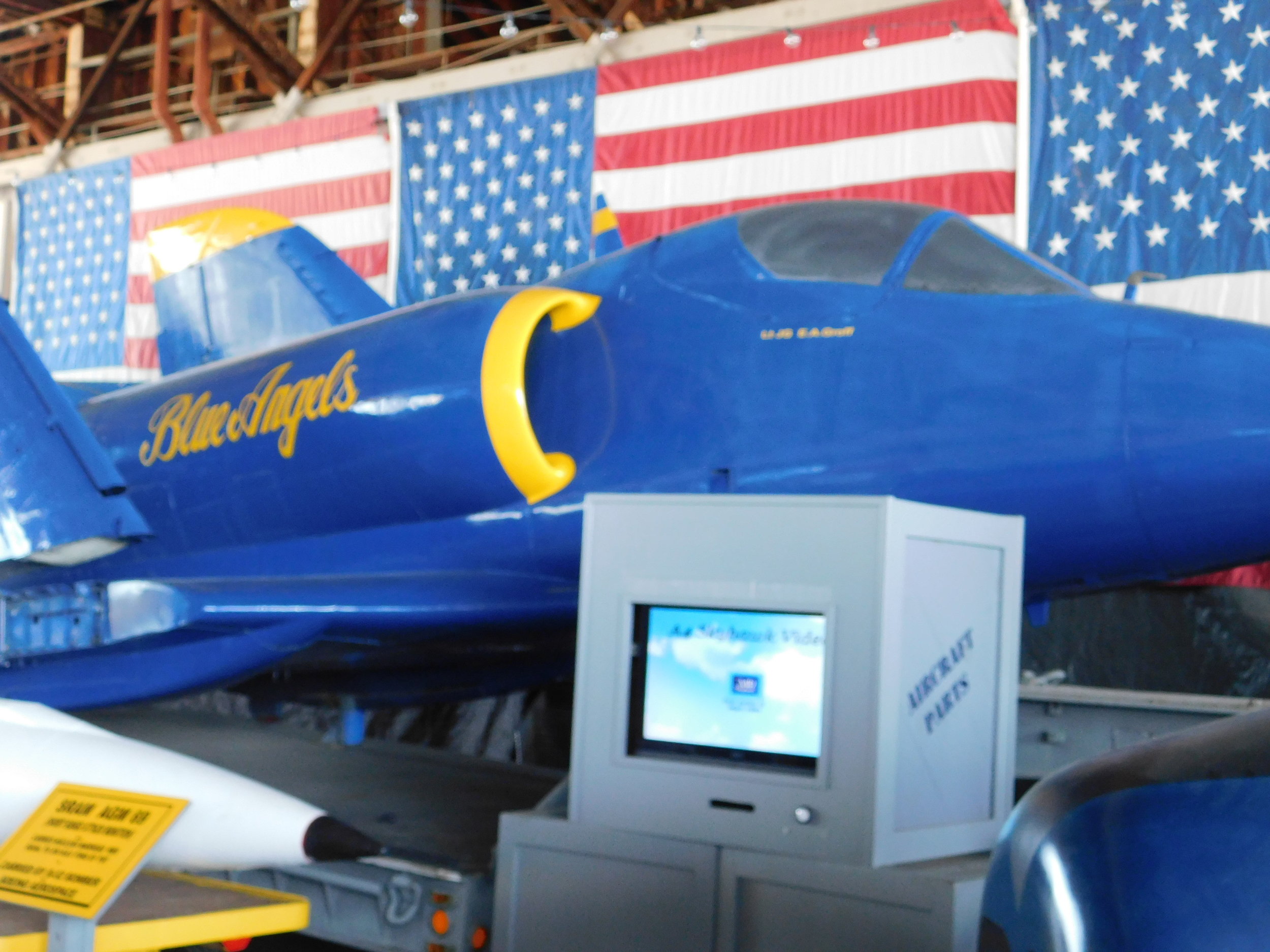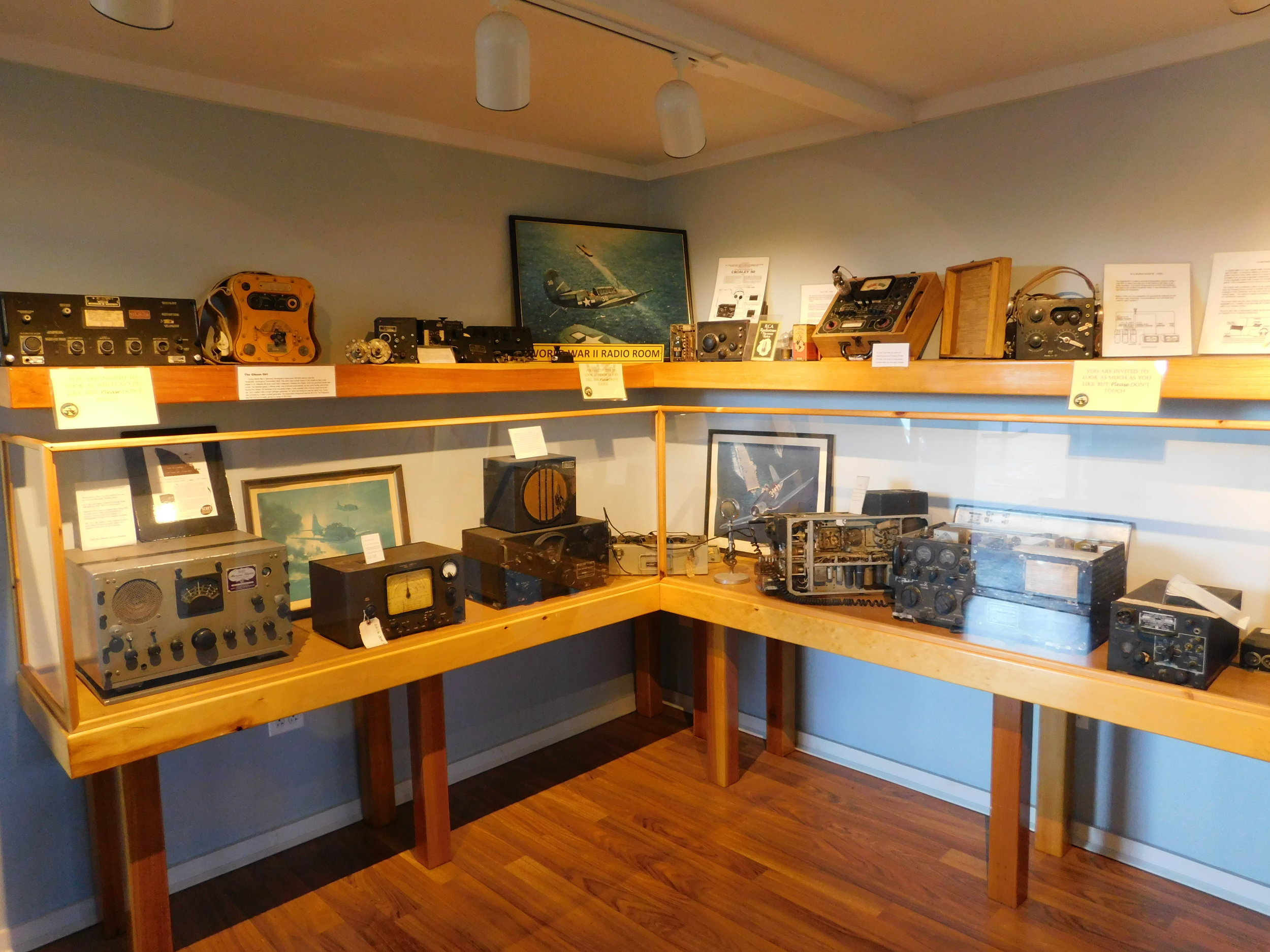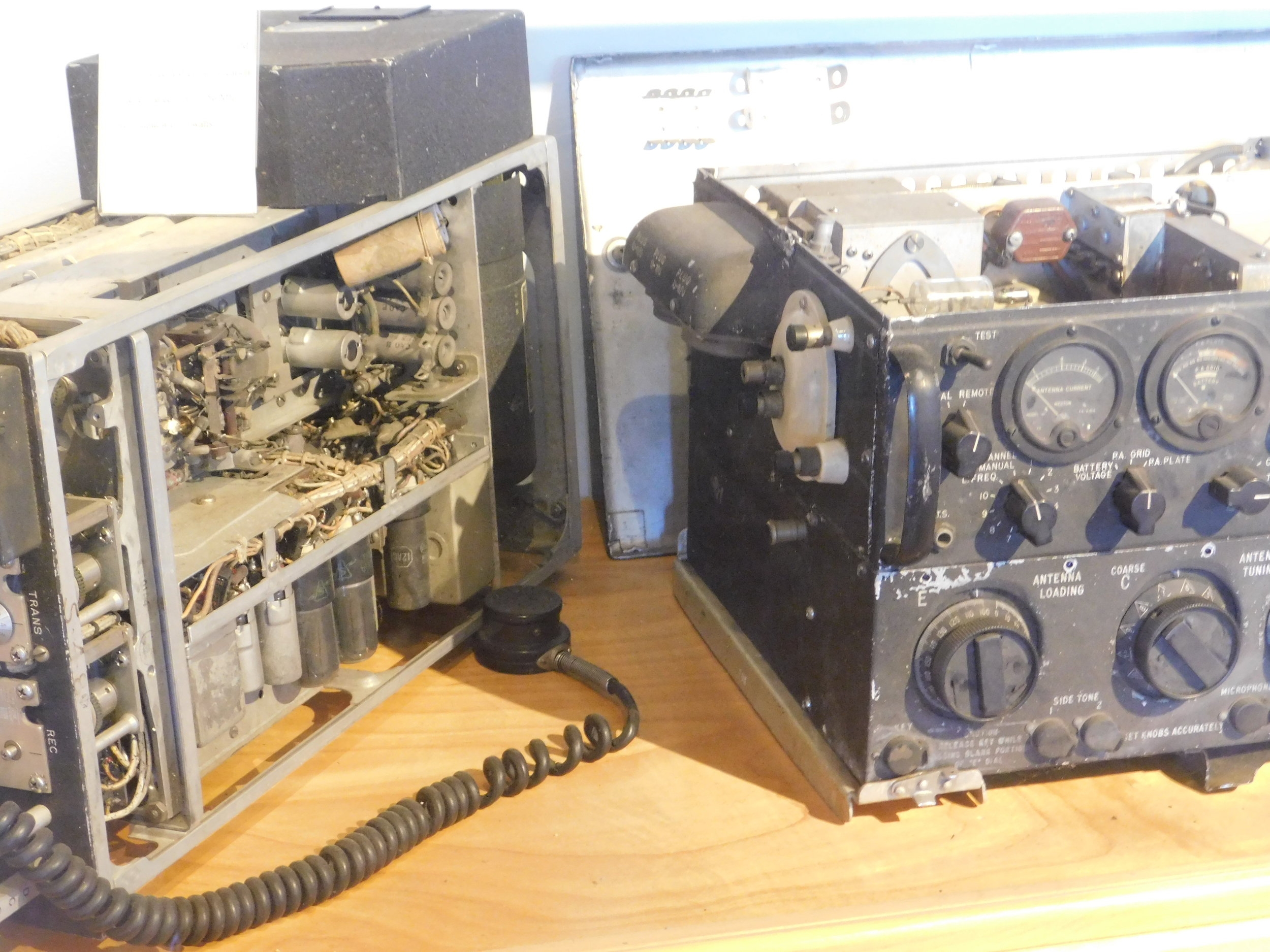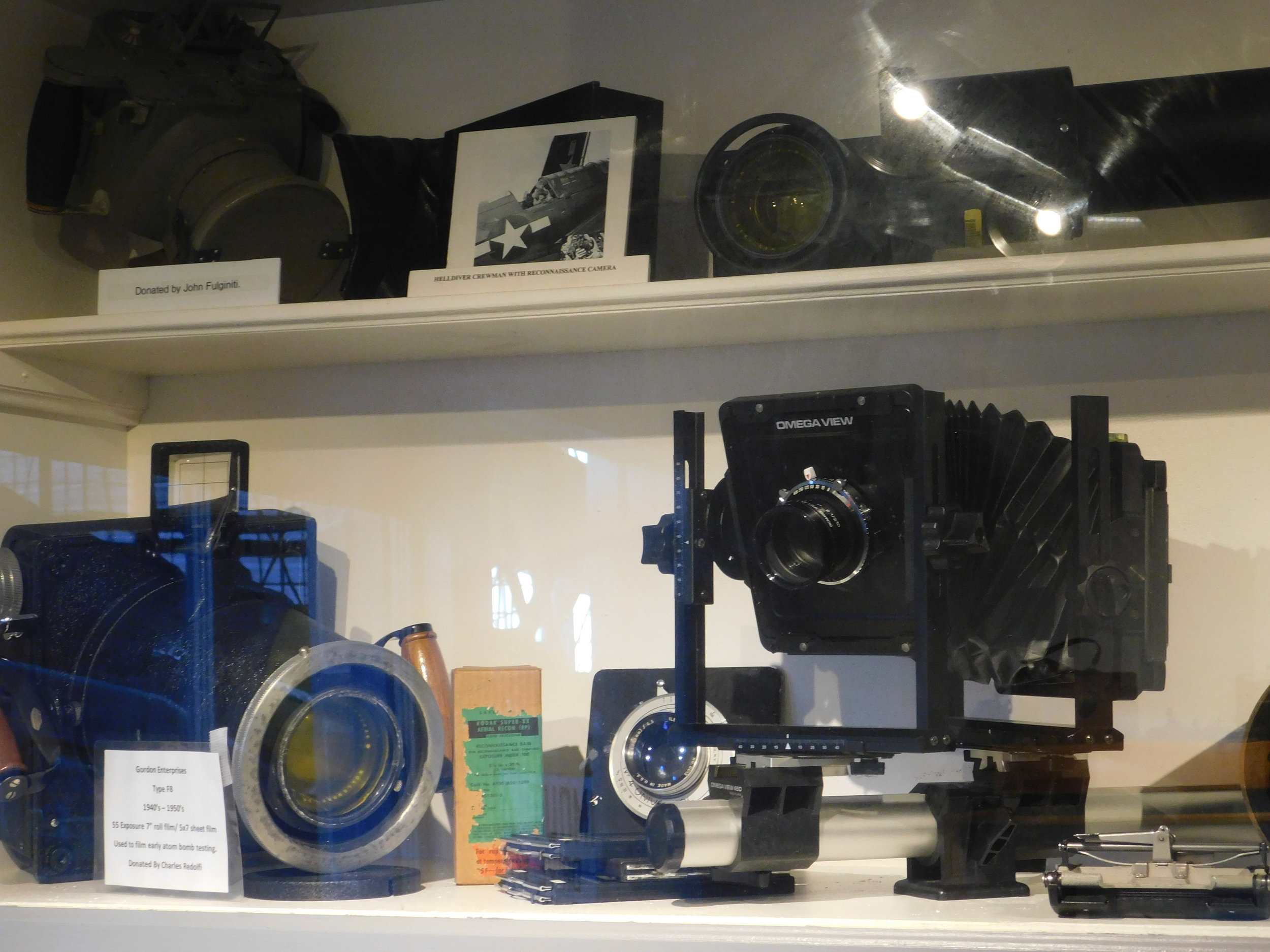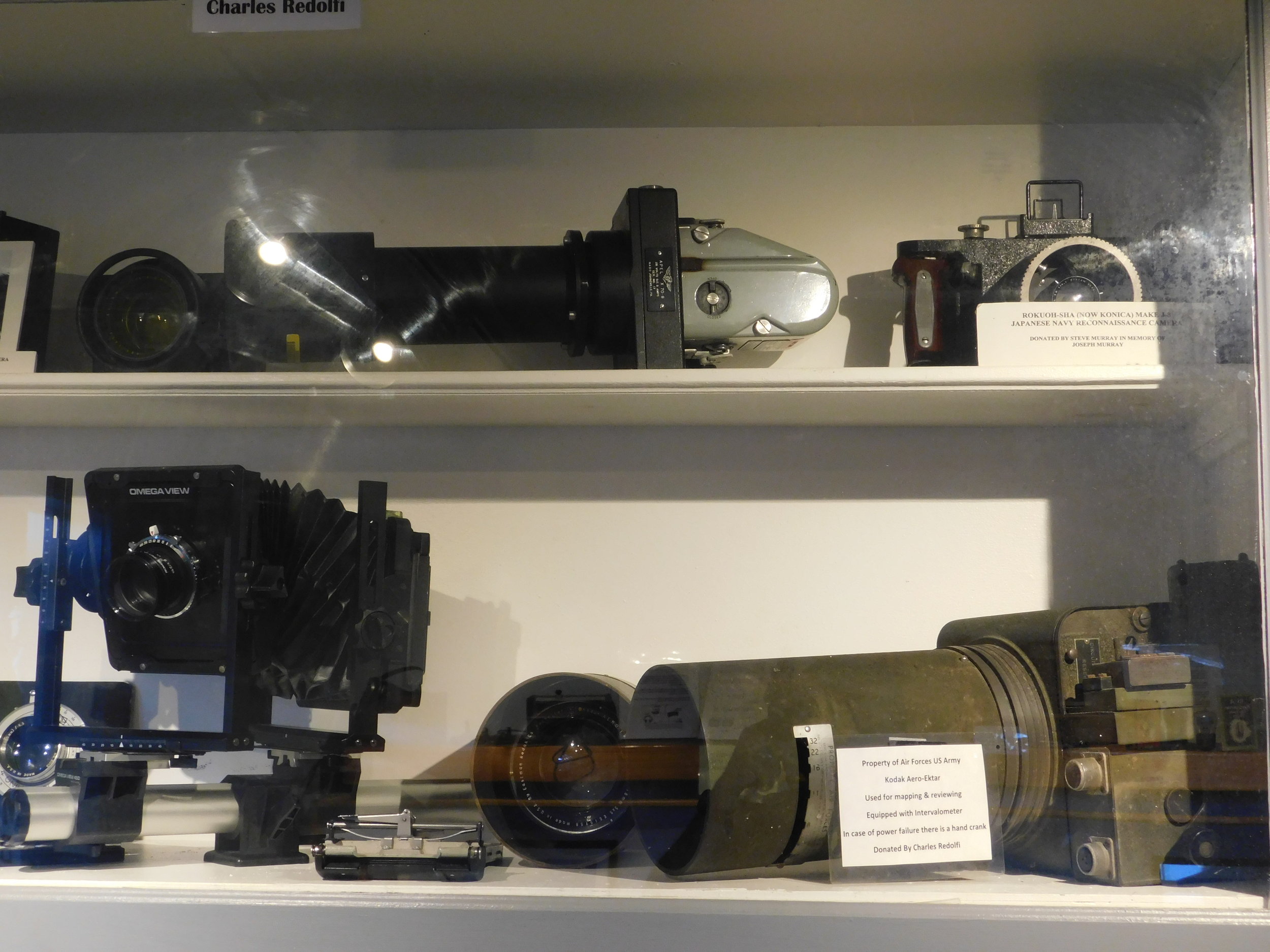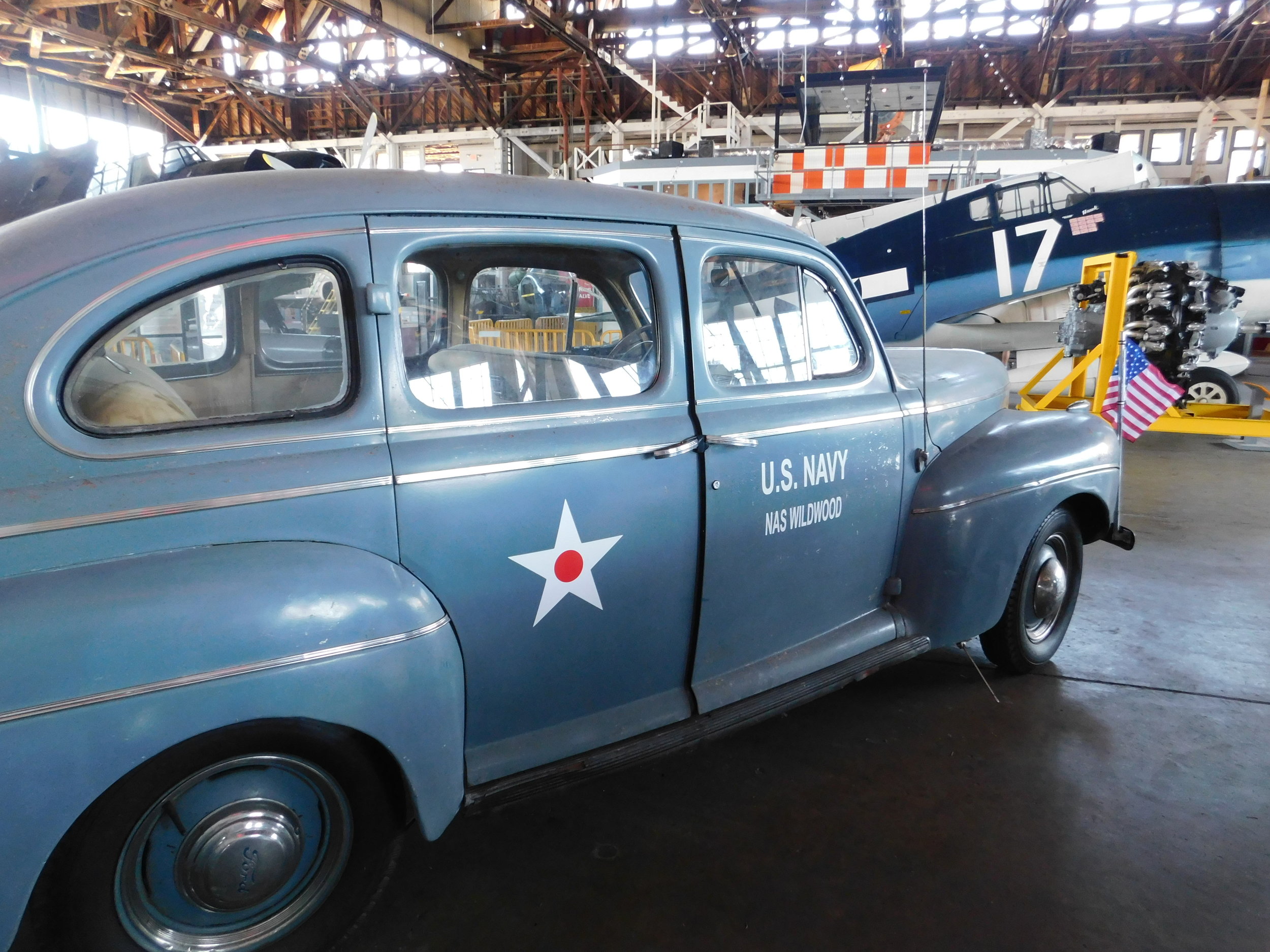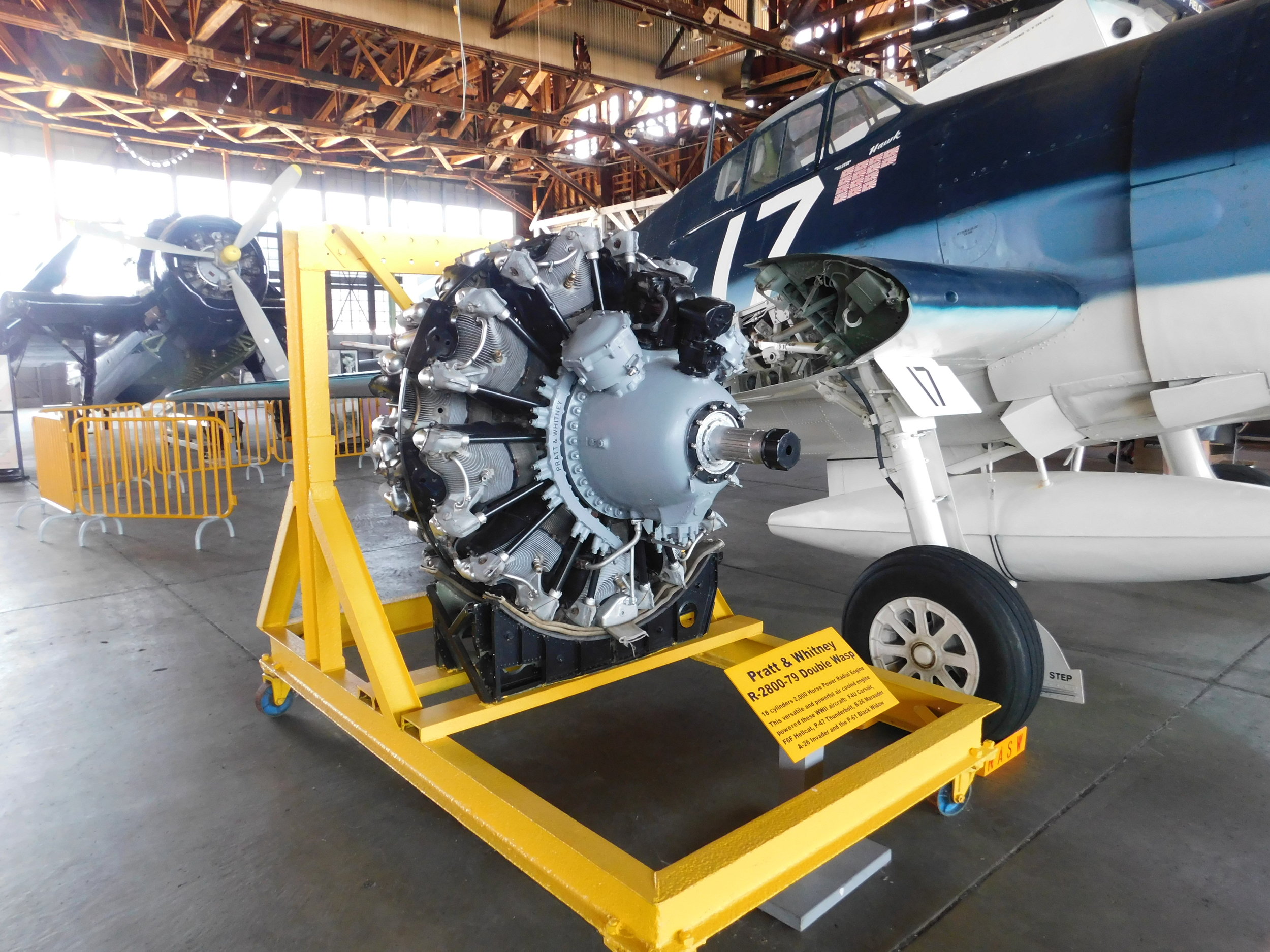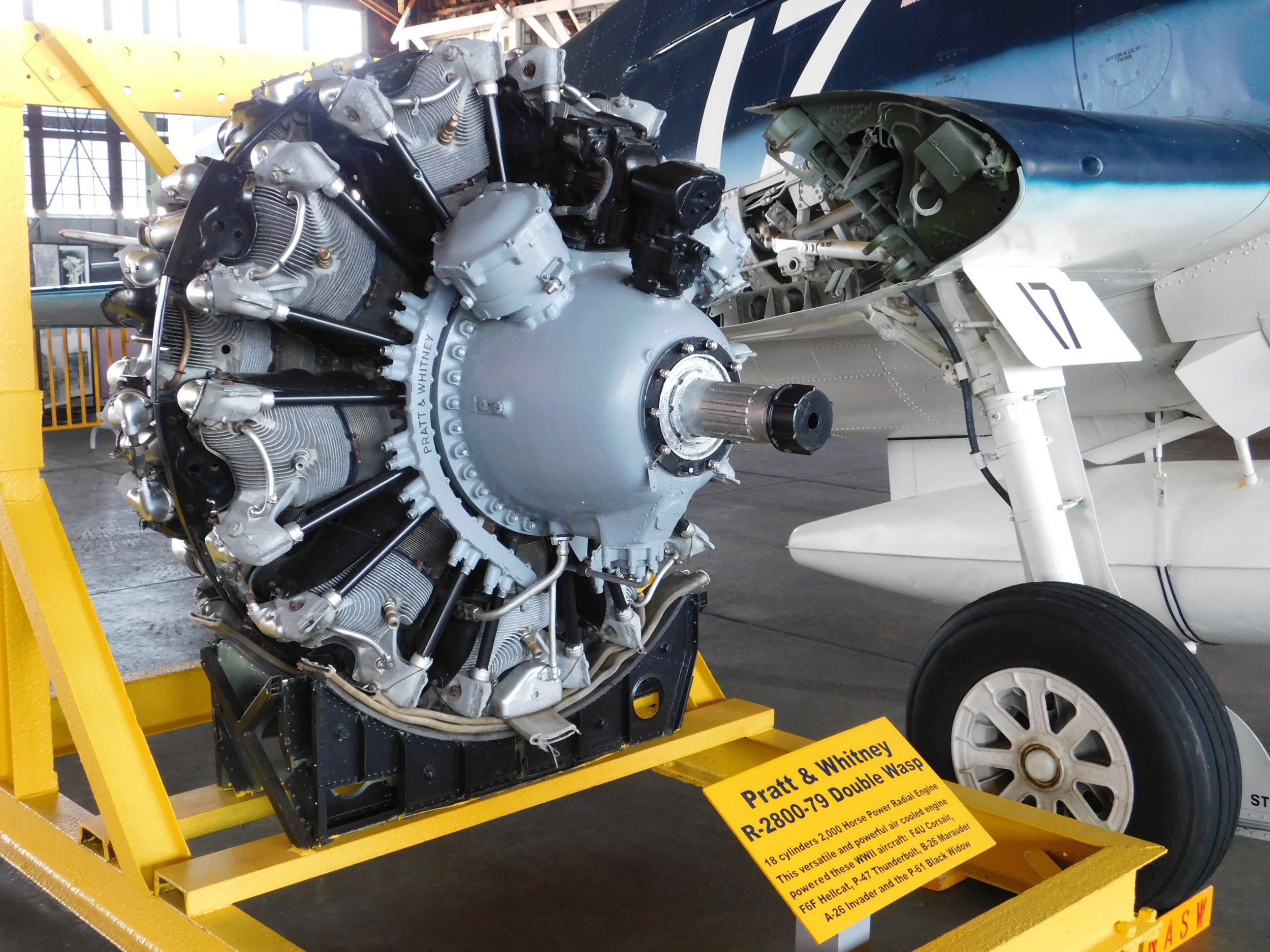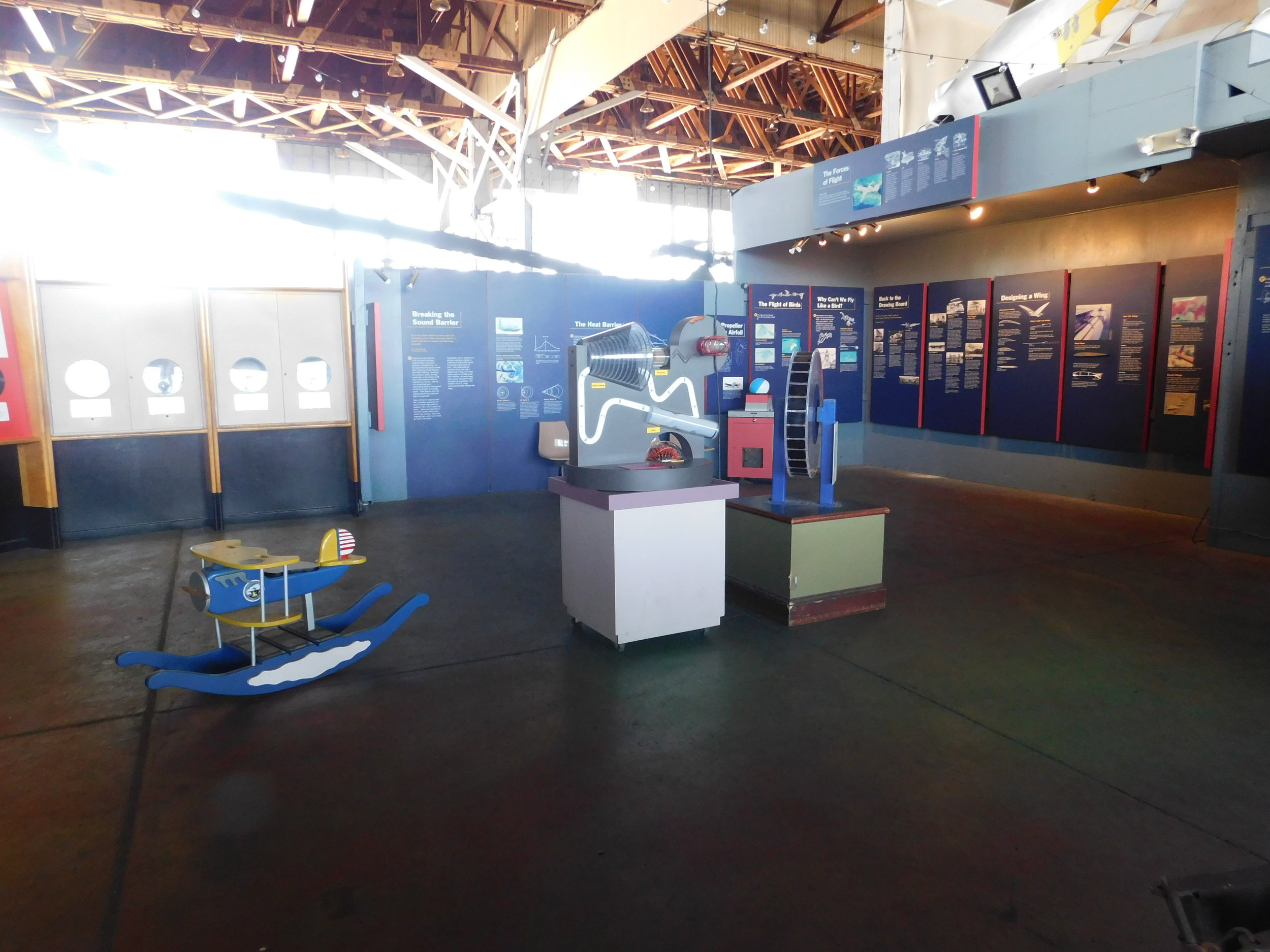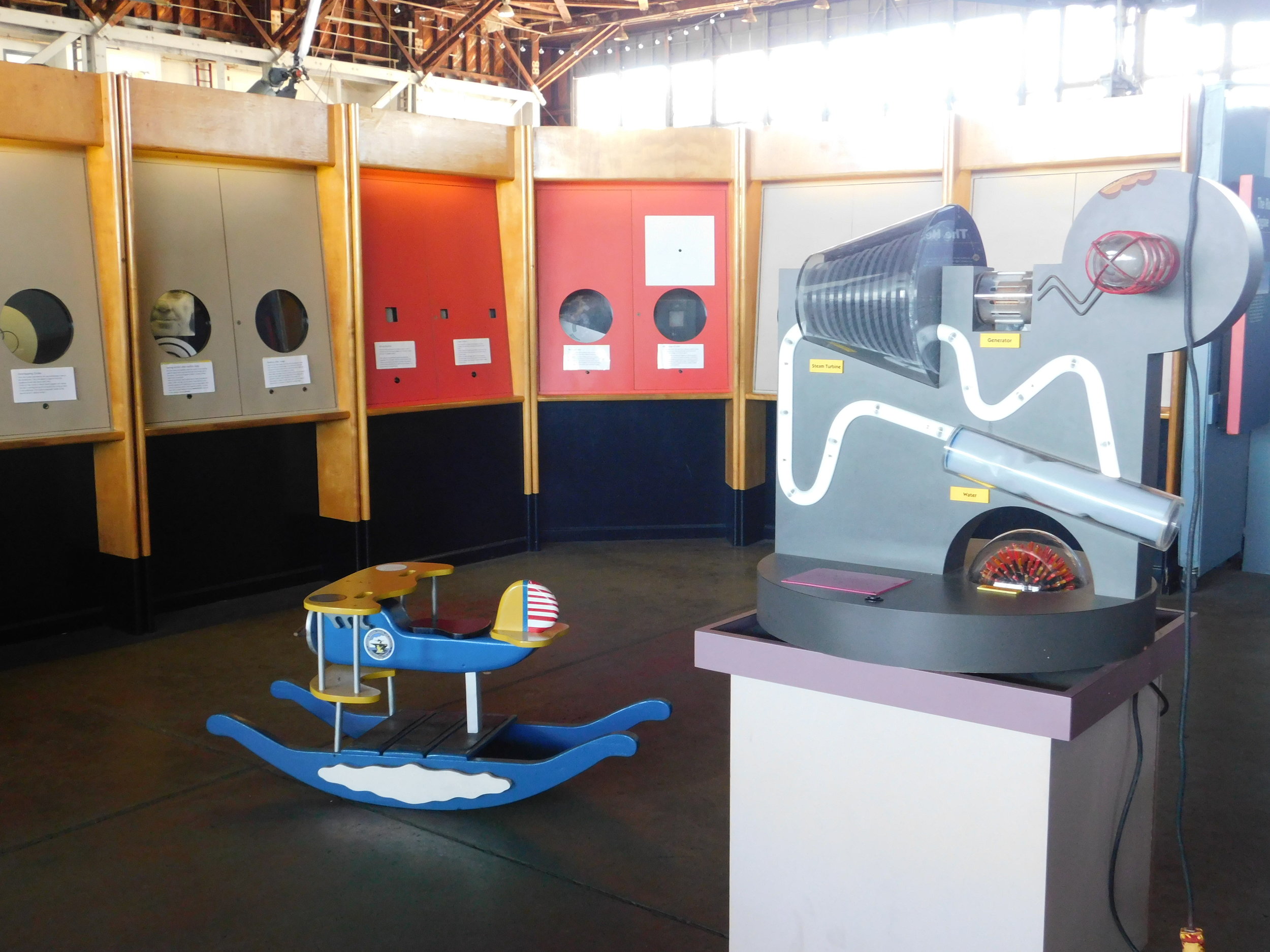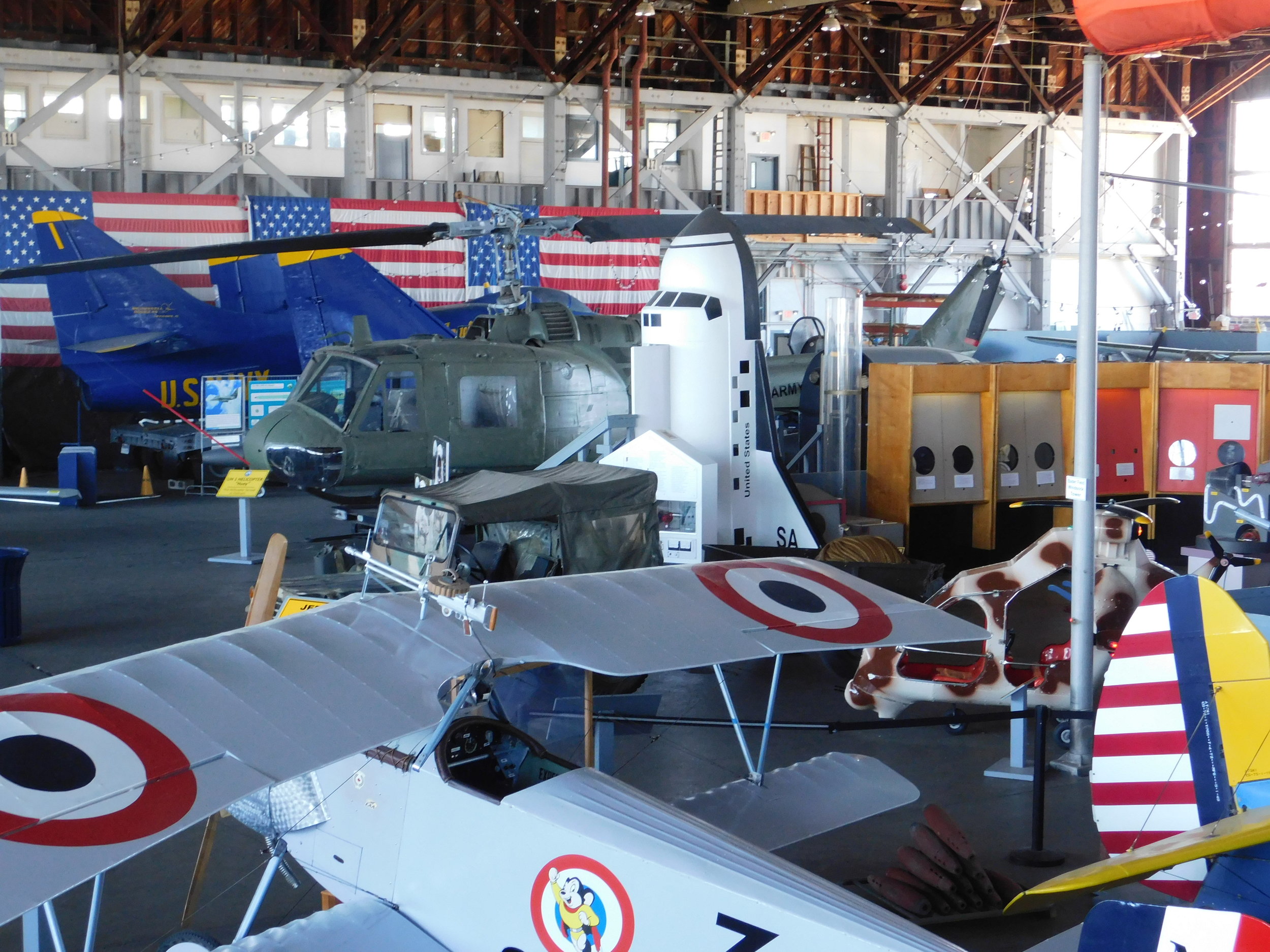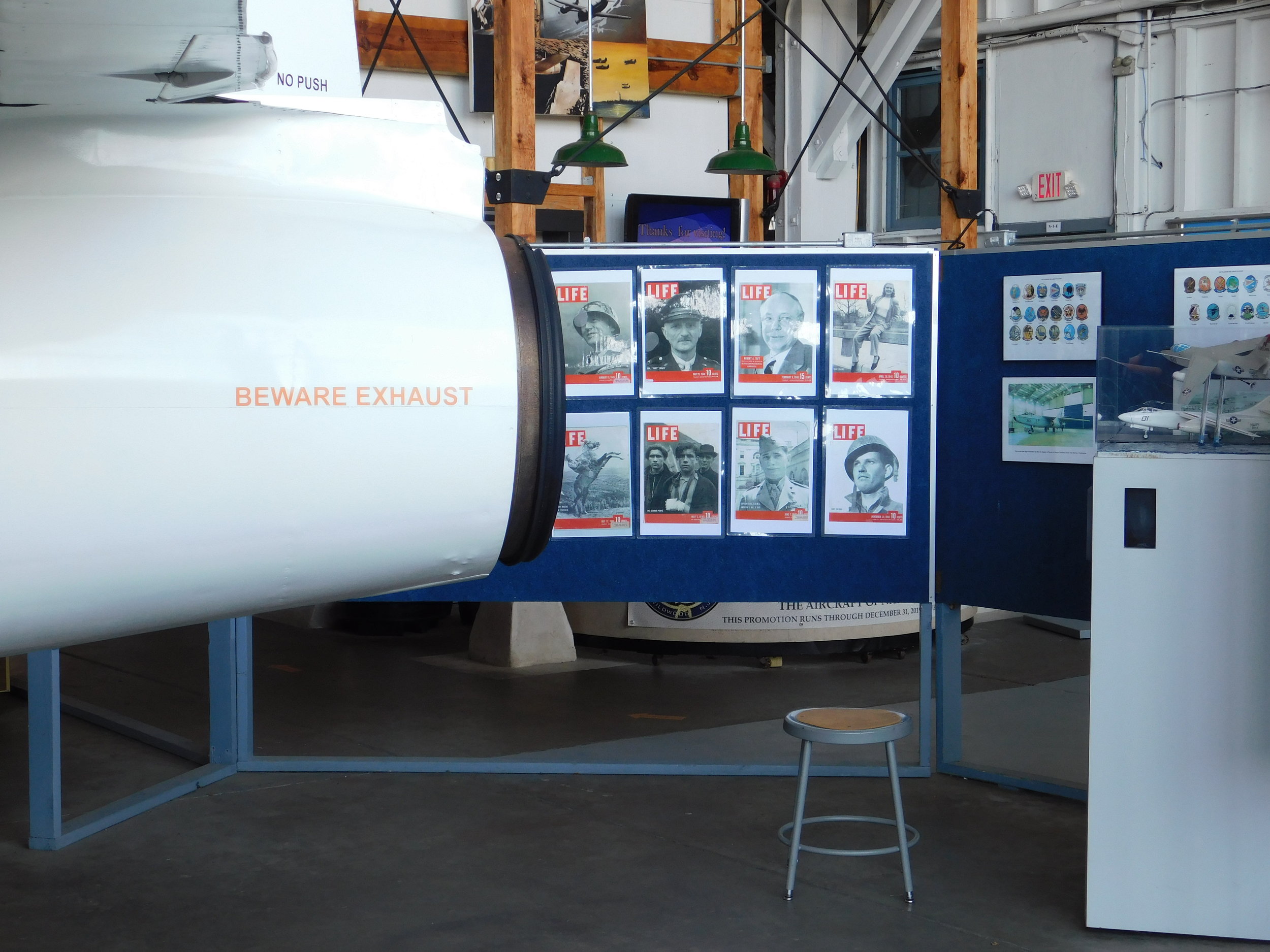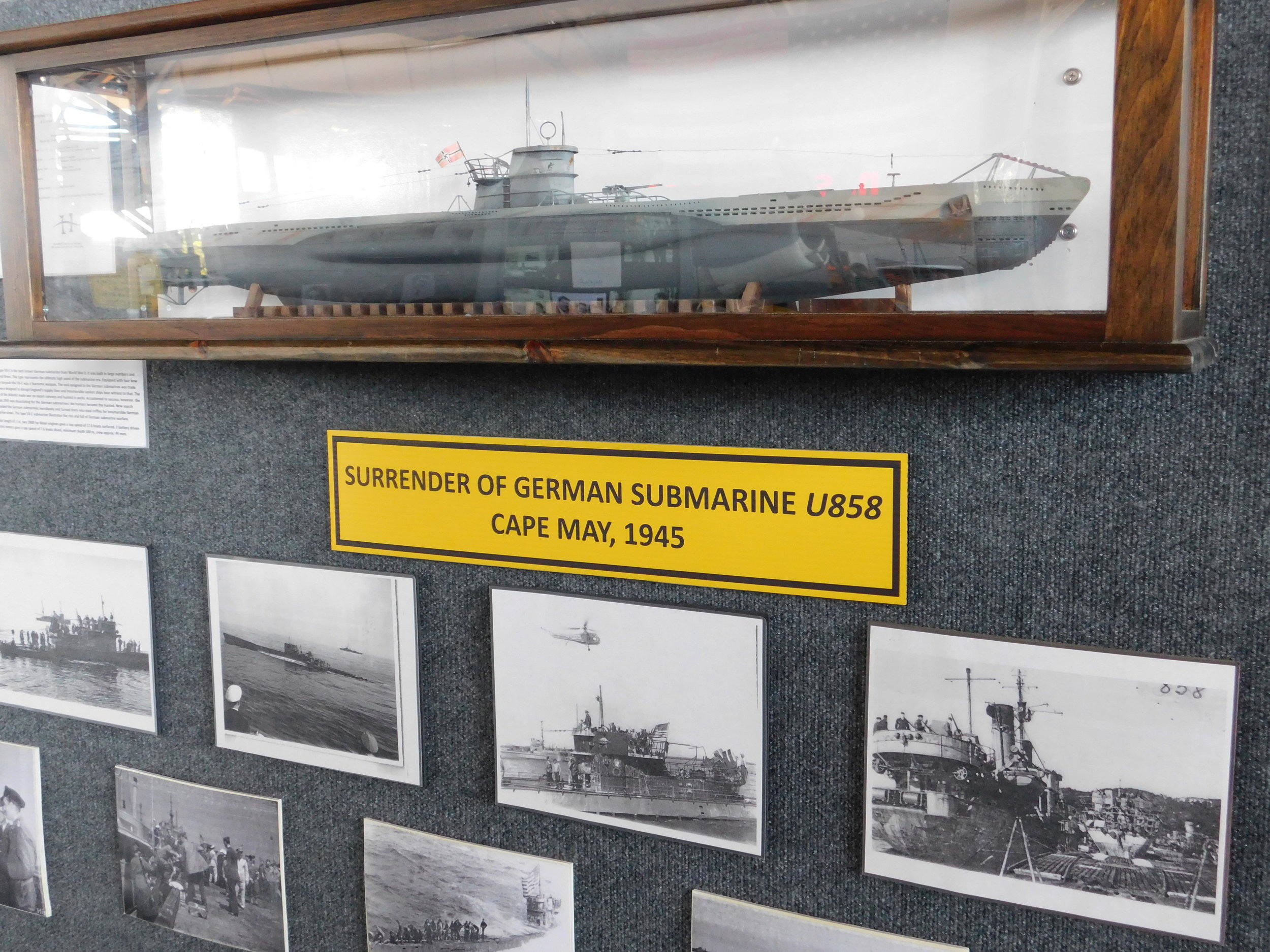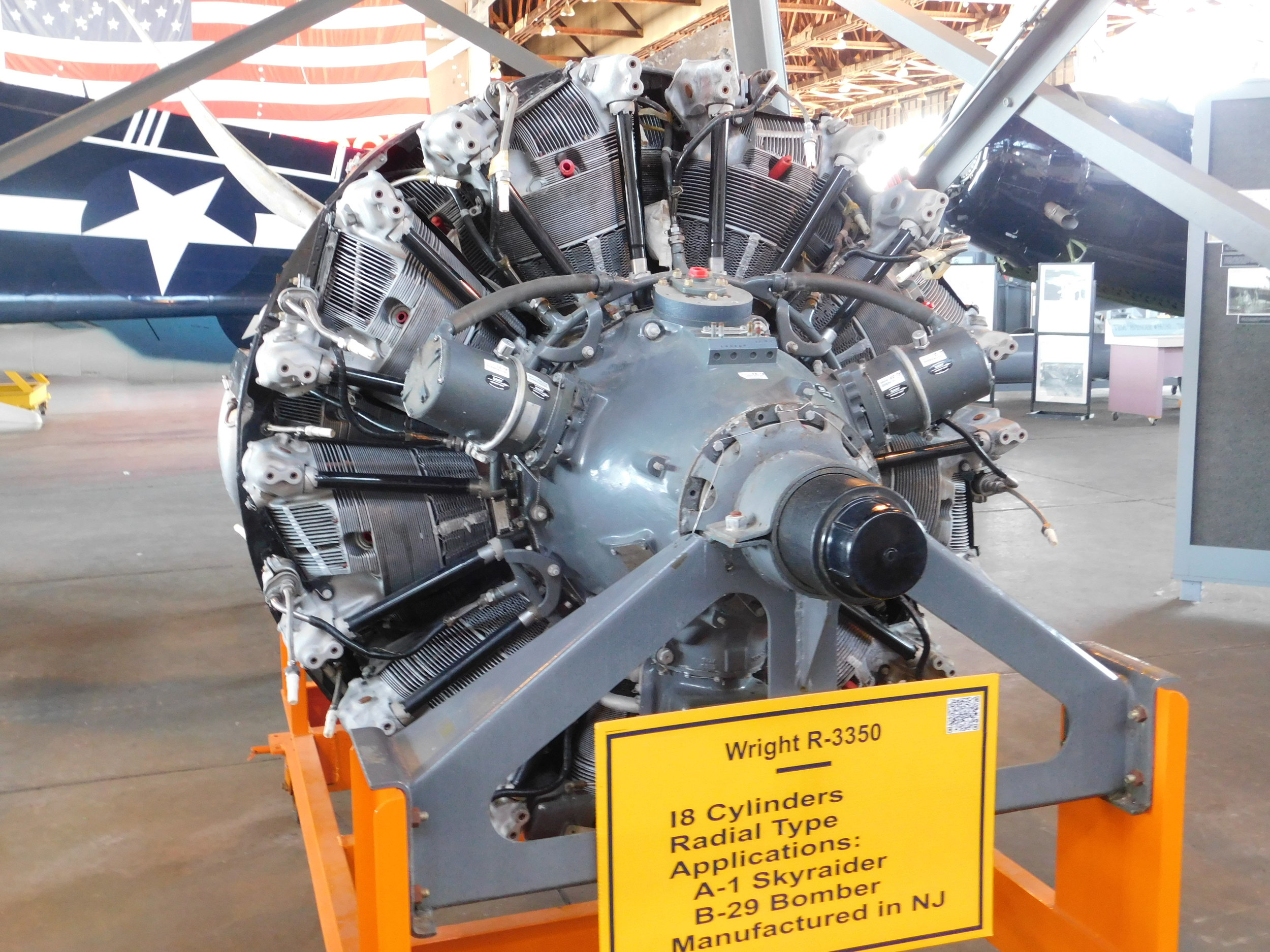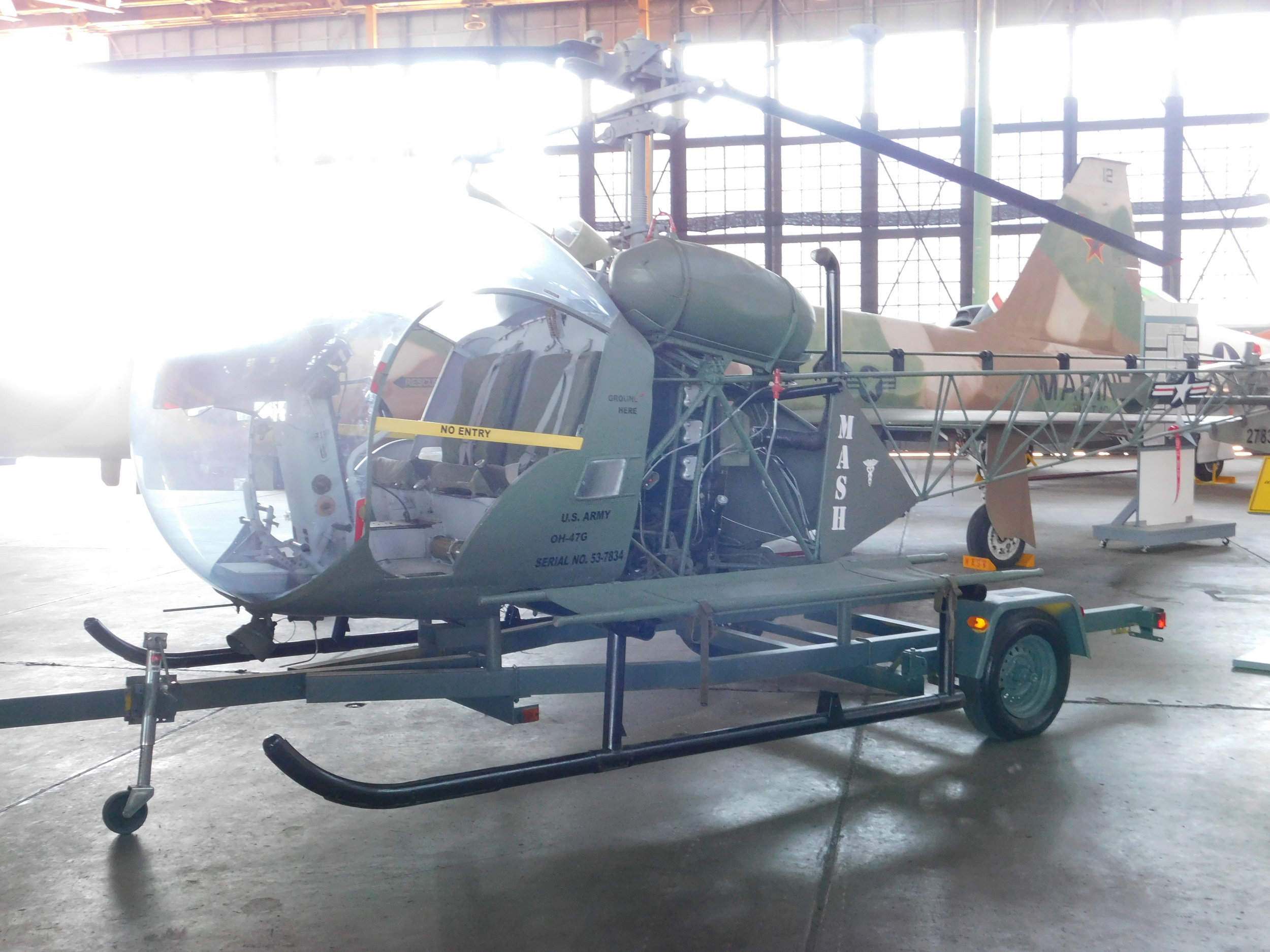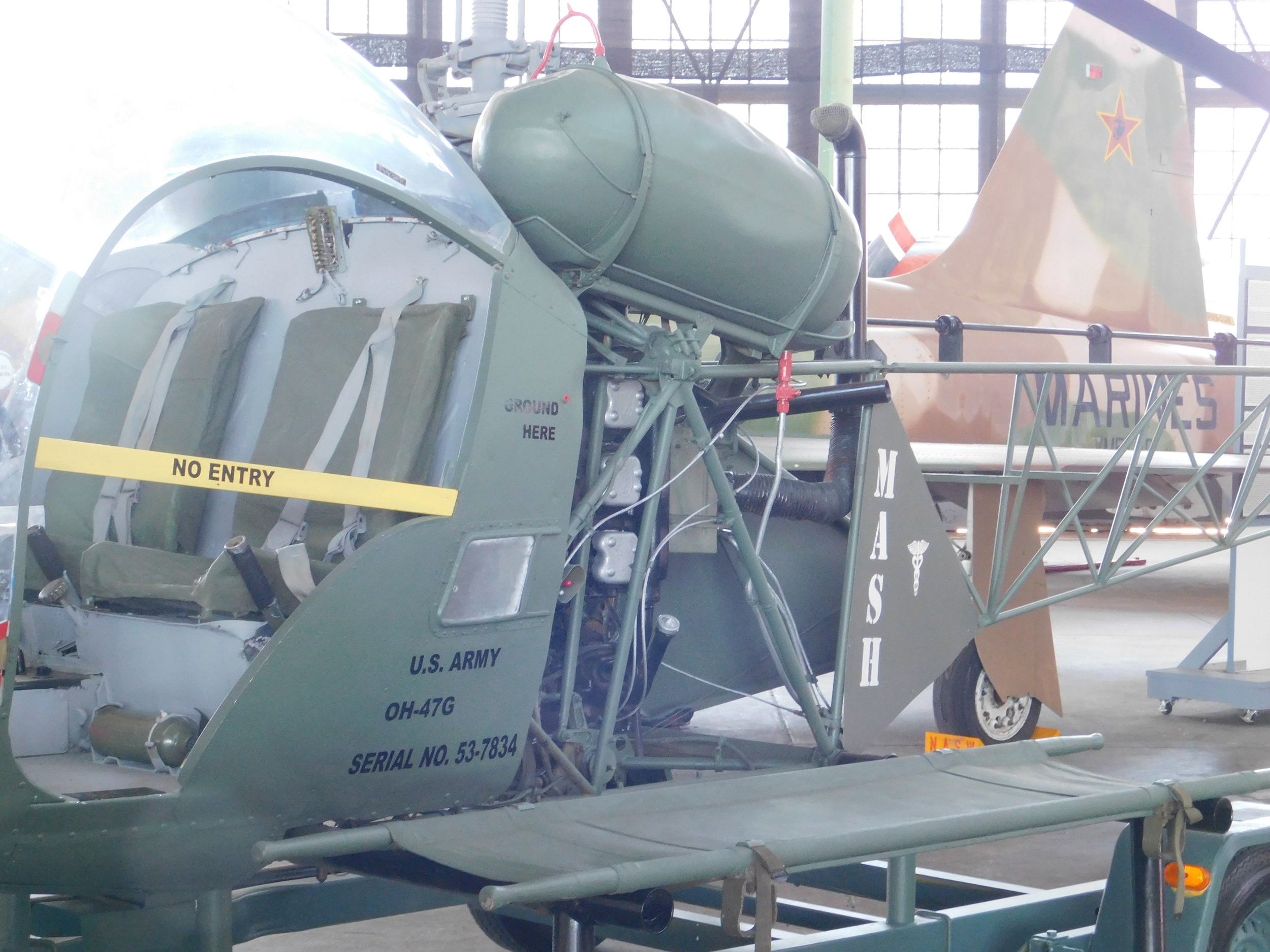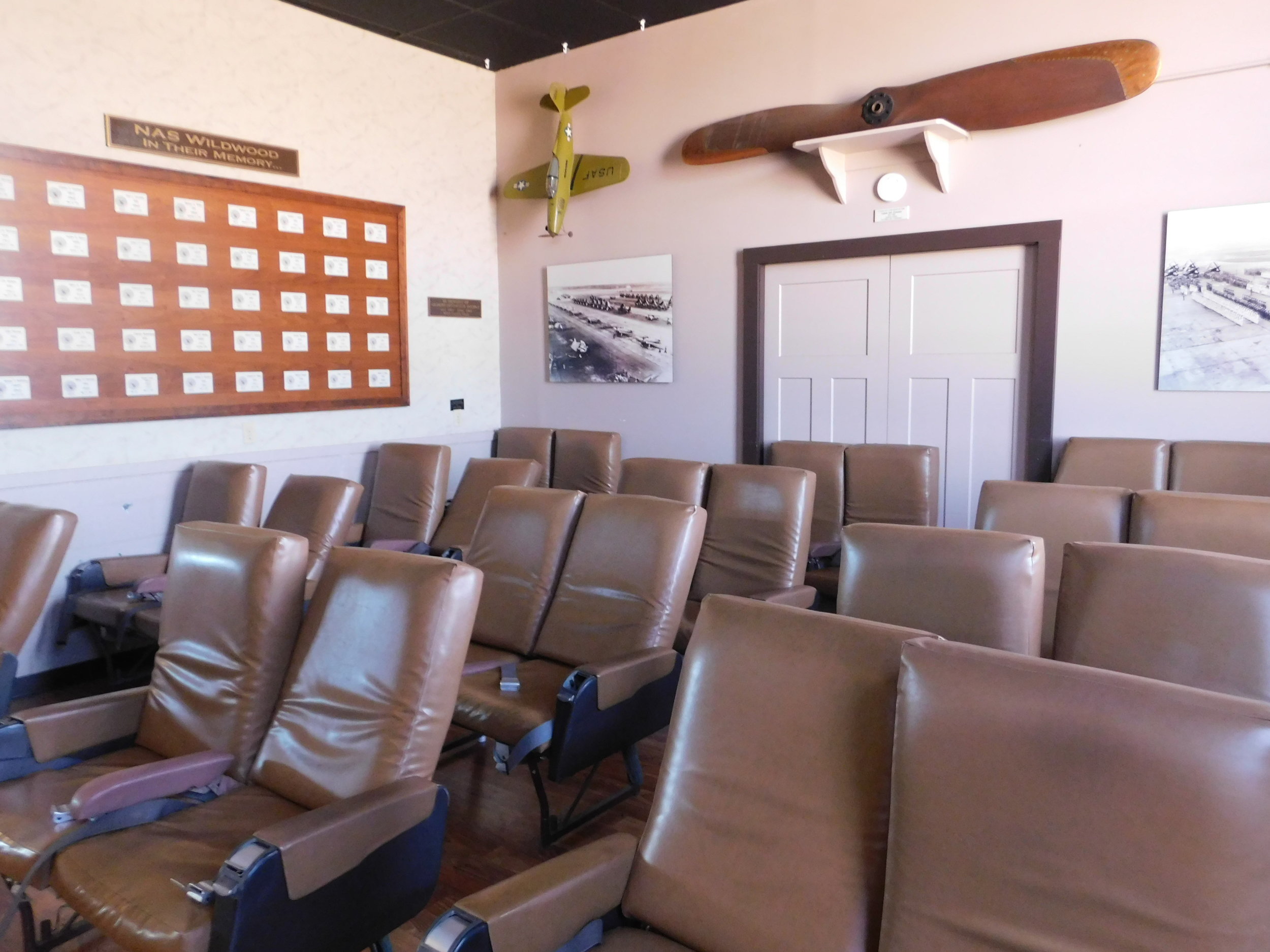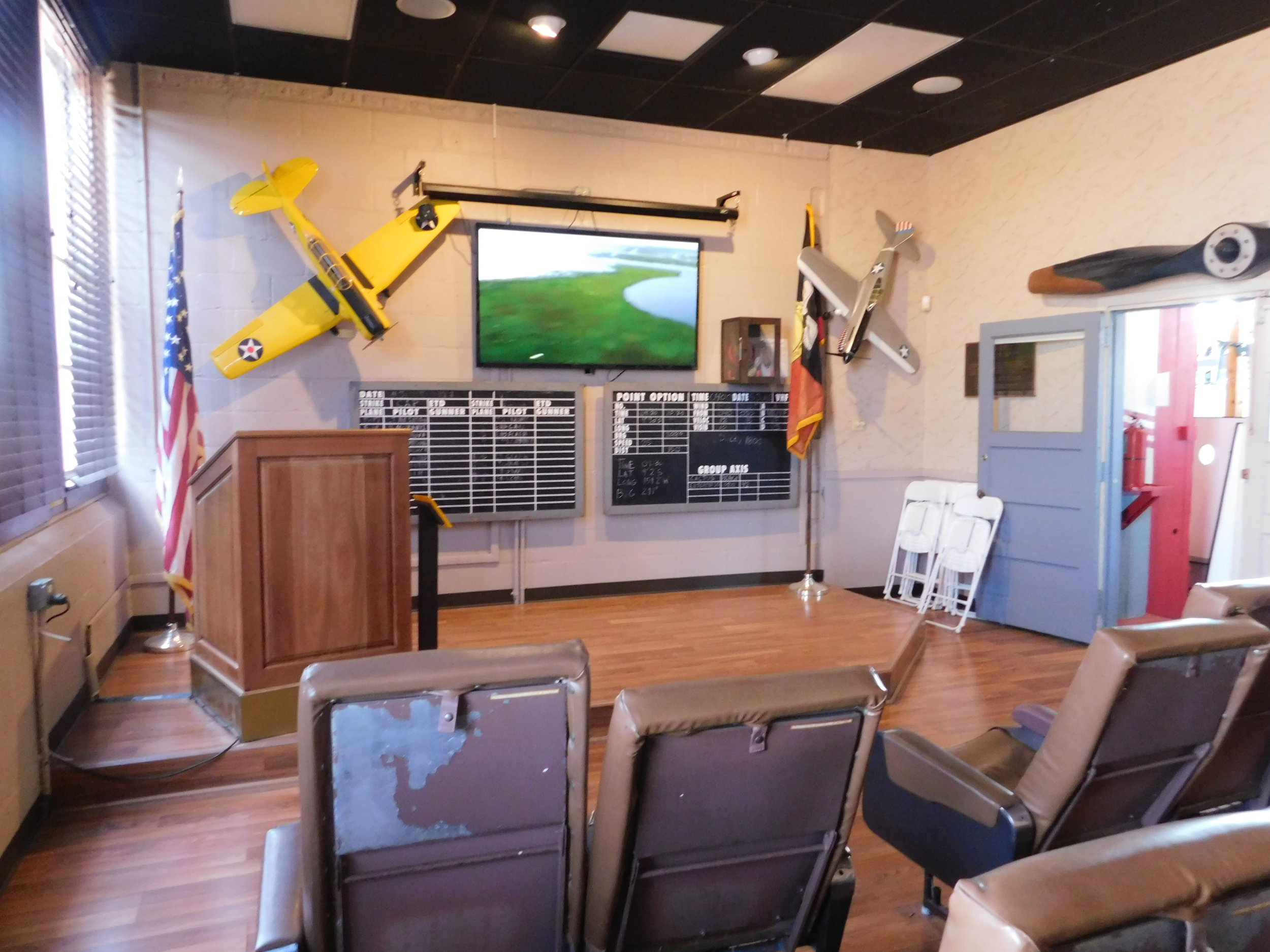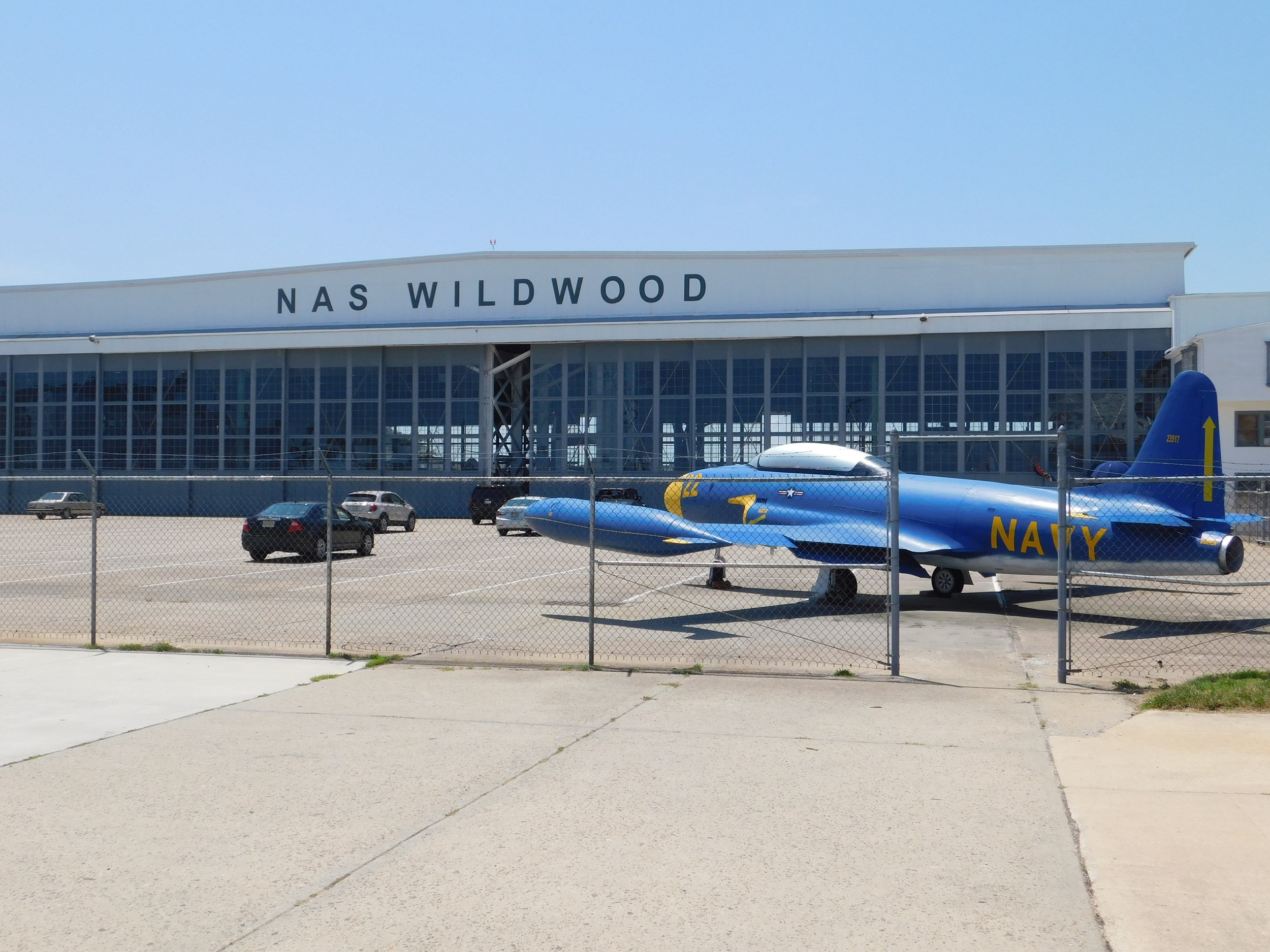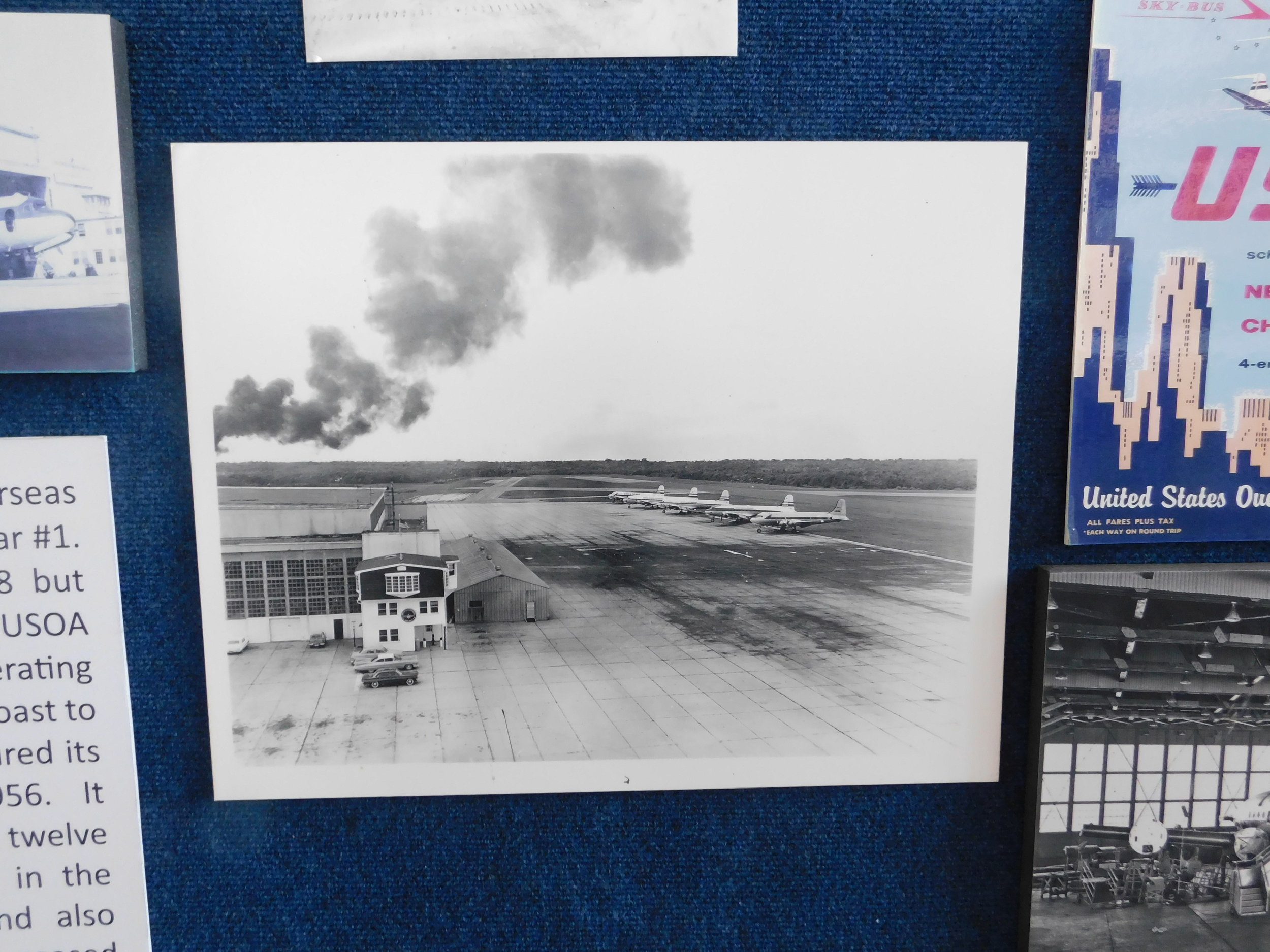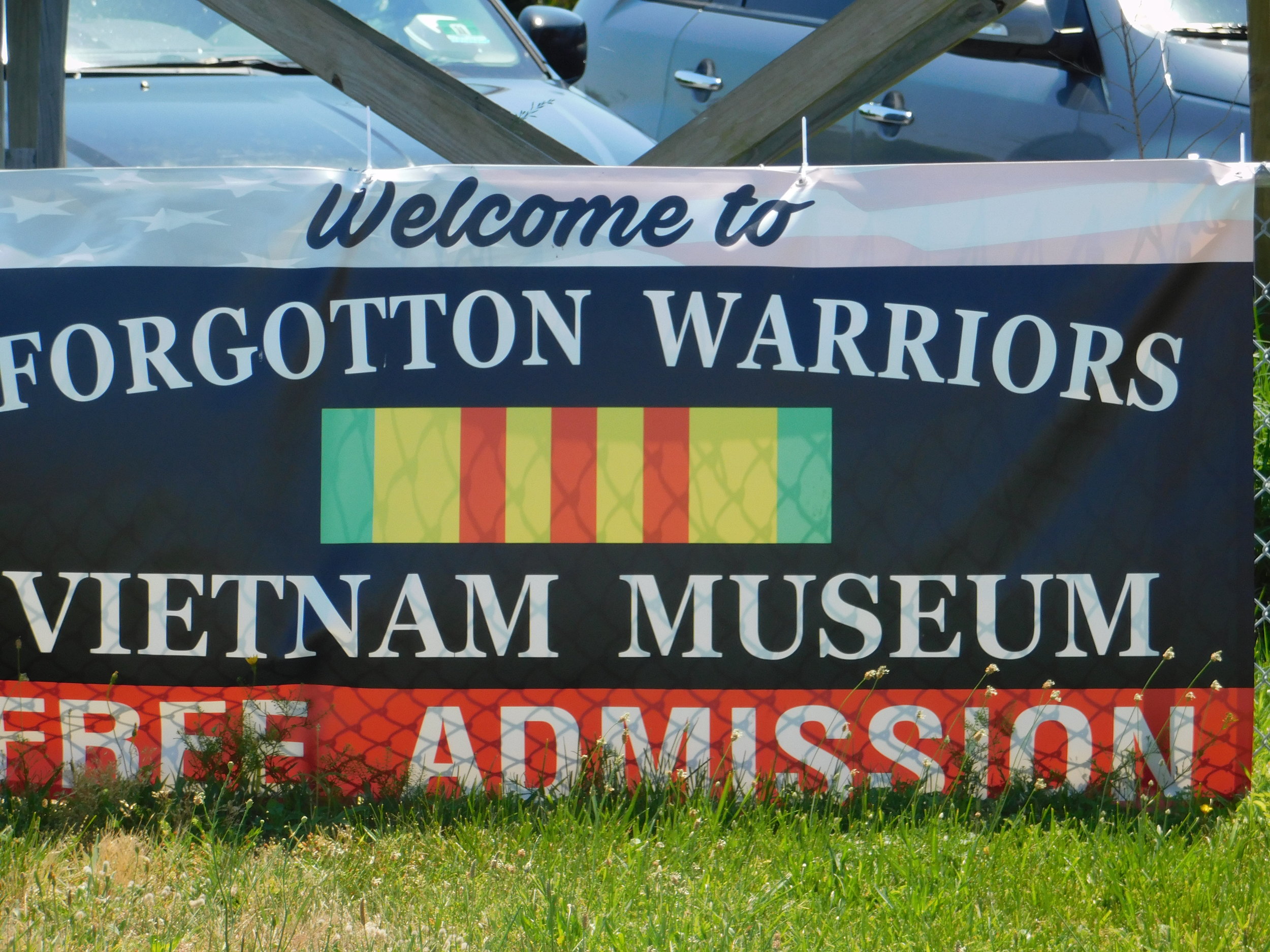NAS Wildwood Aviation Museum, Cape May, NJ
On January 12th 1944, Ensign Robert F. Thomas took off from San Diego’s North Island Naval Air Station on a routine training flight in a Grumman F6F-3. He flew his Hellcat due west, over Point Loma, then out over open water. Twelve miles from the coastline, his engine quit. Thomas ditched straight ahead and easily got out of the barely damaged fighter. Ensign Thomas was soon rescued and he eventually became a WW-II ace, earning a Distinguished Flying Cross. The Hellcat, however, sunk to a depth of 3100’ in the Pacific Ocean and was assumed to be lost forever. In March 1970, though, the wreck was discovered during an imaging of the ocean floor. In October of that year, the submersible, Deep Quest, raised the F6F on behalf of the Navy. That plane has been restored and is currently on display at the Wildwood Naval Air Station museum.
GRUMMAN F6F HELLCAT DITCHED IN 1944
My brothers and I visited here 20 years ago and found an interesting, if not very well-organized museum. The few planes they had were haphazardly displayed but we still enjoyed our tour. Today, the NAS Wildwood Museum has developed into a very nice, and well cared for, aviation museum with many more displays and features. The museum leans towards Navy and Coast Guard displays, which makes sense. But they also have a number of other interesting items, from a Boeing 777 engine to a MiG 15. Overall, though, there is a strong WWII ambiance.
Naval Air Station Wildwood was developed during the build-up to WWII. Like so many airfields built at the time, it was planned to be returned to civilian use after the war. The land was originally purchased in 1939 by Cape May County and three 1000’ runways were laid out. The airport was soon leased to the Navy and the Naval Air Station was commissioned in April 1943. Hangar number 1, which is on the National Register of Historic Places and is the home of the museum, was begun in 1942. It was the center of station activity throughout the war. The airport was returned to Cape May after the war and re-named Cape May County Airport, which continues to this day to be a very active airport.
A section of the museum is devoted to the U.S. Coast Guard, which has a training facility in Wildwood. According to the Coast Guard website, “Training Center Cape May is the…sole accession point for the entire enlisted workforce. This is why we consider the training center the birthplace of the enlisted corps and Cape May County, the Coast Guard’s Hometown”.
The center piece of the Coast Guard display area is “All Available Boats” – the call that went out from the Coast Guard on September 11th, 2001. There are many photos and stories of the hundreds of boats that converged on lower Manhattan that day. These boats evacuated over 300,000 people (remember, the bridges and tunnels had all been closed), helped pump water from the rivers, and assisted in many other ways. It’s an interesting and dramatic story that doesn’t get much coverage during 9/11 remembrances. It is well represented here.
SIKORSKY HH-52A Seaguard
The Coast Guard display has an HH-52A Seaguard helicopter that is fully restored and open to visitors. As I often comment, aircraft that are open to go inside add greatly to the experience and this museum has many. Some of these were roped off and labeled “please ask staff for assistance before entering”. I sometimes comment on the availability of staff and, on this day, I would say there were very few. I understand the issue- staff is often voluntary and perhaps not available. I spoke with Director of Operations, Bruce Fournier, about the subject and he acknowledged that there are sometimes fewer staff on duty than they would like. This is especially true during the busy summer months and they are always looking for volunteers (a great opportunity if you live in South Jersey or even the Philadelphia area!). Bruce also said that the front desk will always be able to find a docent to provide help.
PRATT & WHITNEY PW 4099 ENGINE
As mentioned, there are a wide variety of items on display. This 777 engine, for instance, is quite dramatic and draws your attention. The placard states the basics about the engine, but there is no information of where it came from and why it is here. The website has a photo of the engine but offers no additional information. It would be nice to know where it came from, and how it got here. Bruce pointed out that they are in the process of upgrading the signage for all the displays and plan changes to the website. As for the 777 engine, Bruce said it is one of only two on display in the world in a museum and that it was rejected for a flaw in manufacturing.
In addition to planes that you can climb into, there are a lot of displays aimed at younger visitors. This is a great aspect of the museum as it is in a very family-oriented vacation area. There were a number of kids visiting while I was there and they all seemed to be enjoying themselves.
There is even a section with science-museum quality displays discussing basic aerodynamics, engines and so on. The displays are aimed at younger visitors, but adults will find them interesting also.
The World War II ambiance of the museum is enhanced by period music playing and by several very nicely done display rooms. The 1940s Room, the Flight Ops Room, and the Photography and Radio Room are full of vintage items and memorabilia, all displayed in an elegant manner. As a basic training base, NAS Wildwood had its share of accidents and incidents and there is also an “In Memoriam” Room dedicated to those who lost their lives here. Each of these rooms is full of items that give a great feel of what life was like at NAS Wildwood during WWII.
1940s ROOM
OPERATIONS ROOM
MEMORIAL ROOM
RADIO ROOM
A prominent feature of the museum is the original tower from Bader Field in nearby Atlantic City. Opened in 1910, Bader Field had a long and colorful history, including being the first place referred to as an “air-port” (in 1919). It was also the founding location of the Civil Air Patrol. I flew a cross-country there in 1969 and was amazed to see the 3000’ runway totally covered in shells that seagulls had dropped to crack open. The airport was closed in 2006, and is yet to be re-developed. Bader Field was also the site of one of the most unusual aviation incidents, which is really hard to describe- this video tells the story (warning- contains adult language). Be sure to watch the second half.
BADER FIELD CONTROL TOWER
The tower is open to climb up into, providing interesting information about the operation of a control tower as well as giving a great overview of the entire hangar.
Being partial to airlines and their history, I have always been intrigued by all the non-sked airlines that formed following WWII. The impetus, of course was the availability of cheap, surplus, military aircraft (see Issue 3-the Greybull Aerial Firefighter’s museum for another application of these surplus aircraft). When Wildwood NAS was returned to civilian use after the war, a number of businesses sprang up on the airport and Hangar 1 became the home of United States Overseas Airlines. Founded in 1947 by dentist and Navy pilot, Ralph Cox, USOA was one of the most successful supplemental carriers of the era, employing up to 500 people. Although many of their flights
were to Hawaii and across the Pacific, the maintenance base and headquarters remained in Hangar 1. The story of USOA is nicely told in a series of photos and memorabilia. The airline successfully flew until 1964 when politics and the Civil Aeronautics Board put an end to most non-sked airlines.
There are far too many displays in this museum to cover them all, but most are pictured in the gallery below. Here is a partial list of some of the other exhibits:
Russian MiG-15, North American T-28, North American SNJ, Northrop F-5, Bell OH-13G, Lockheed T-33 (T2-V), Grumman F-14, General Dynamics F-16, Douglas A-4 (displayed as a Blue Angels promo) and a German V-2 rocket.
NAS Wildwood Museum is a great slice of history and very much worth a visit.
* * * * * * * * *
To learn about what to do in the local area, museum hours and costs as well as other interesting odds and ends, keep reading! At the end you will find a photo gallery of the entire museum.
PLANNING YOUR VISIT
Columbus Day thru November 30 - Open Daily 9am to 4pm April 1st thru Columbus Day - Open Daily 9am to 5pm December 1 thru March 31 - Monday – Friday 9am-4pm. Saturday & Sunday Closed. Note- the hangar building is not heated. Adults: $14.00 Children: 3 thru 12 $10.00 Children 2 and under: FREE Active Duty Military w/ ID: FREE. When you visit, be sure to mention this blog!
FLYING IN
The museum is located on Cape May County Airport (KWWD). The airport is uncontrolled and has two runways; 10/28 and 01/19. They are both about 5,000’ and there is an RNAV approach to each runway. Flight Level Aviation is a full service FBO, but you can park near the museum.
LOCAL ATTRACTIONS
Next to the Air Museum is a Vietnam Museum. I did not have time to go in but it looks interesting and has free admission. Cape May (6 miles) is a beach town but is also lined with Victorian shops and Inns. I have stayed in the Queen Victoria, which is an excellent B & B. Wildwood (7 miles) is a large and varied Jersey Shore destination. If your schedule allows, take the Cape May-Lewes ferry across the mouth of the Delaware Bay. It’s a pleasant hour and a half scenic ride.
WHERE TO EAT (new segment)
After my visit, I noticed a sign for The Flight Deck Diner and decided to have some lunch. It occurred to me that looking for a place to eat would be pretty common after a museum visit so I’ve added this new section. I will look for a restaurant convenient to the museum and check it out. The Flight Deck Diner turned out to be a good first choice. It is in the hangar next door to the museum, so just a short walk. Open for breakfast and lunch (7AM-2PM), the aviation themed menu is traditional diner fare and my lunch was great. With excellent service, I definitely recommend The Flight Deck Diner. http://flightdecknj.com/
MUSEUM WEBSITE
SUGGESTED READING
One of my favorite authors is Ken Follet and a number of his books have an aviation theme. Any of his novels are worth reading, but I will highlight Night Over Water. It is a story of the last Pan Am Clipper to leave Europe, in 1939, before the outbreak of World War II. An interesting cast of characters and sub-plots make an exciting read. I recently read North Star over my Shoulder recommended by reader Steve Robbins. It is the autobiography of Bob Buck, whose career spanned from the barnstorming days of the 1930s to Captaining TWA 747s across the Atlantic. A great recommendation, thanks Steve.
UP NEXT
A trip to where it all started- The Wright Brother’s Memorial and Museum in Kitty Hawk, NC.
* * * * * * * * *
MUSEUMS ARE WHERE YOU FIND THEM
This segment is dedicated to finding interesting aviation artifacts that are in public view- but not in an aviation museum. If you see one send a photo!
I have flown into Glasgow, Scotland many times and have always enjoyed visiting their numerous museums. I especially like the fact that all the museums have free admission, so that you can visit often. On first visiting the Kelvingrove Art Gallery and Museum, I was surprised to see a Spitfire hanging in the main entry, displayed as a work of art. They also have a new display about WWII ace, Glaswegian Archie McKellar, opening in October. Many thanks to Susan Pacitti of the Glasgow Museums for providing this photo.
KELVINGROVE ART GALLERY AND MUSEUM, GLASGOW, SCOTLAND © CSG CIC Glasgow Museums Collection.
PHOTO GALLERY
NAS WILDWOOD AVIATION MUSEUM
Click any photo to enlarge
Issue 5, Copyright 2019, all rights reserved. Unless otherwise noted, all photos by the author
